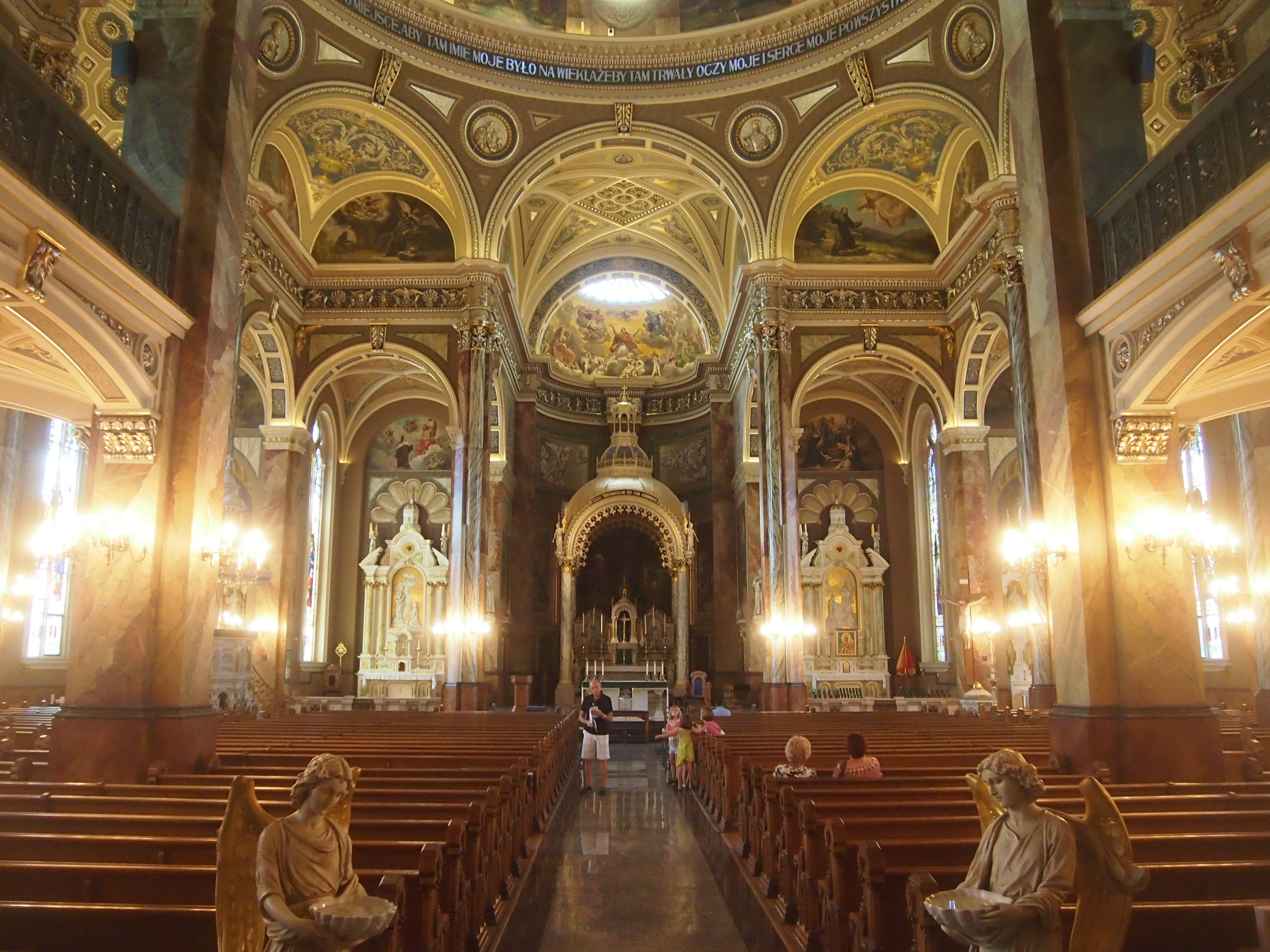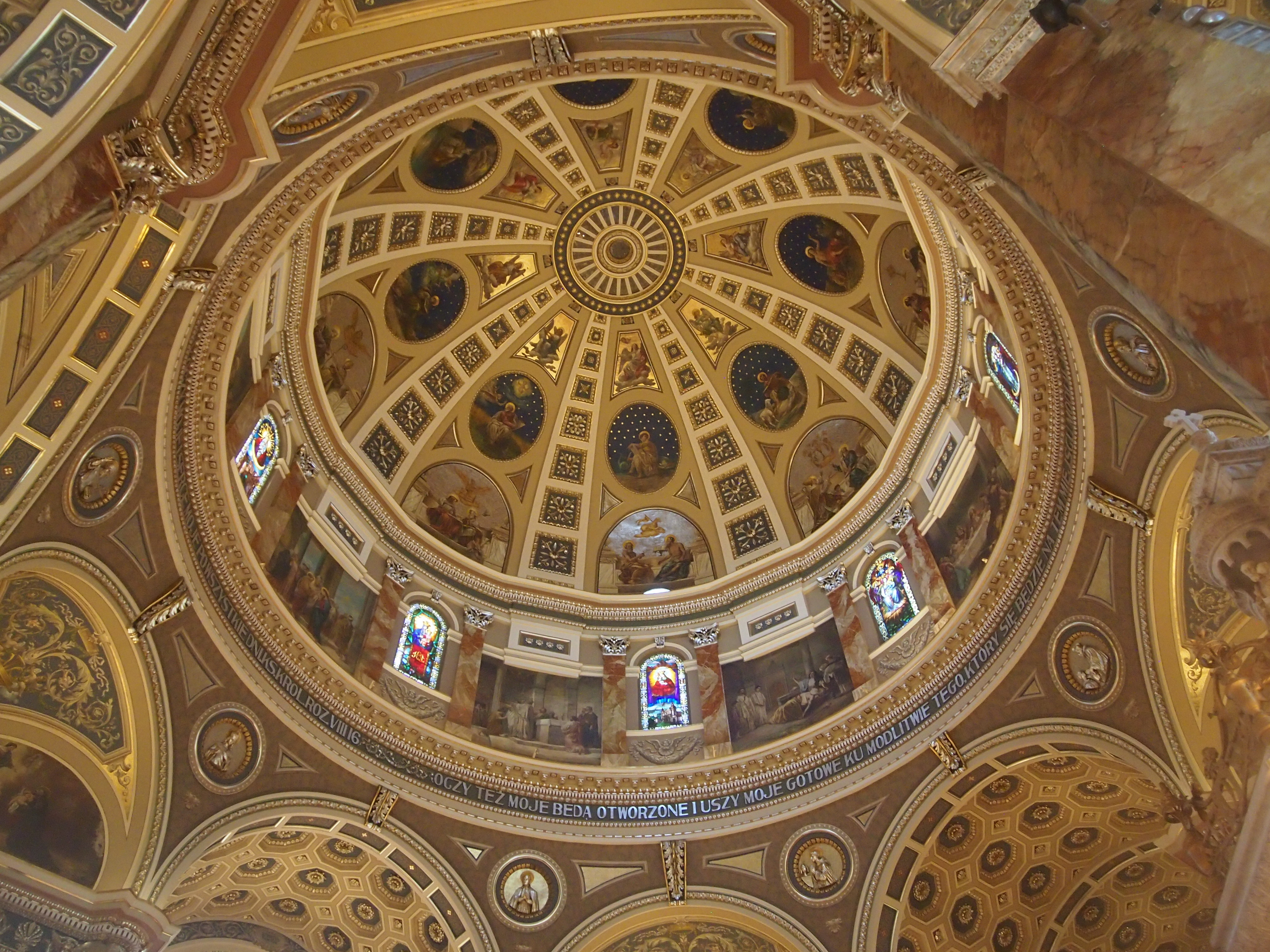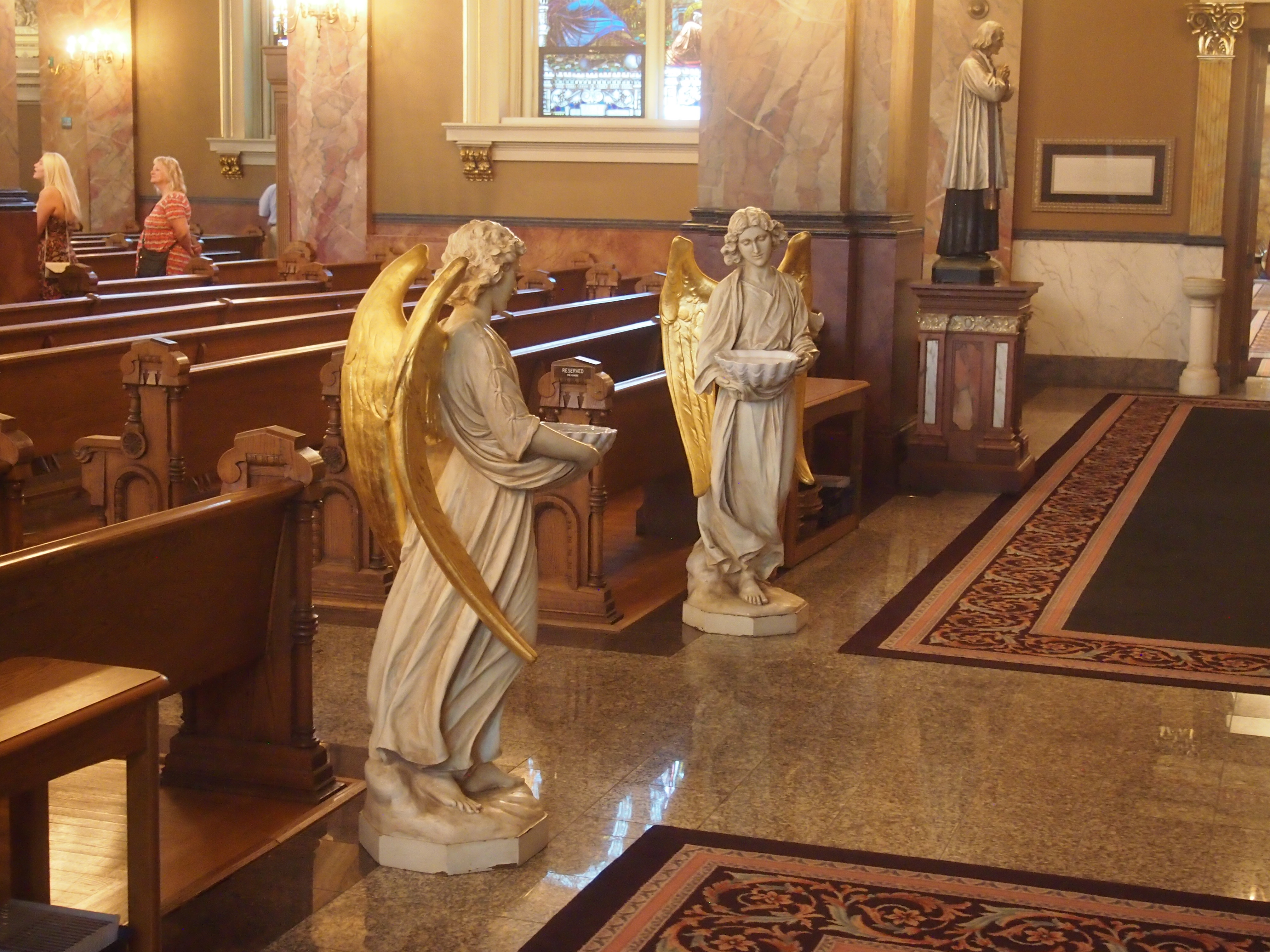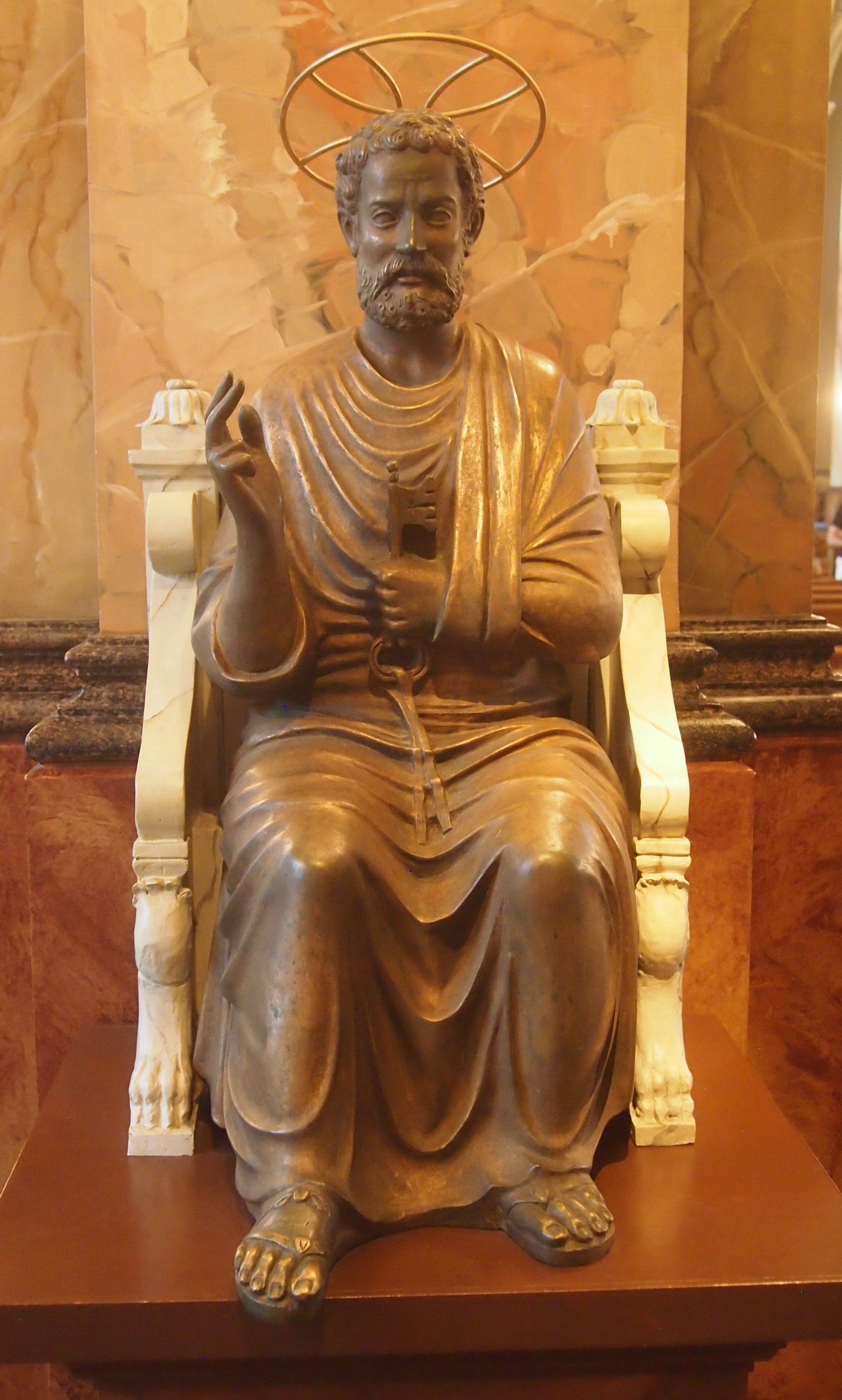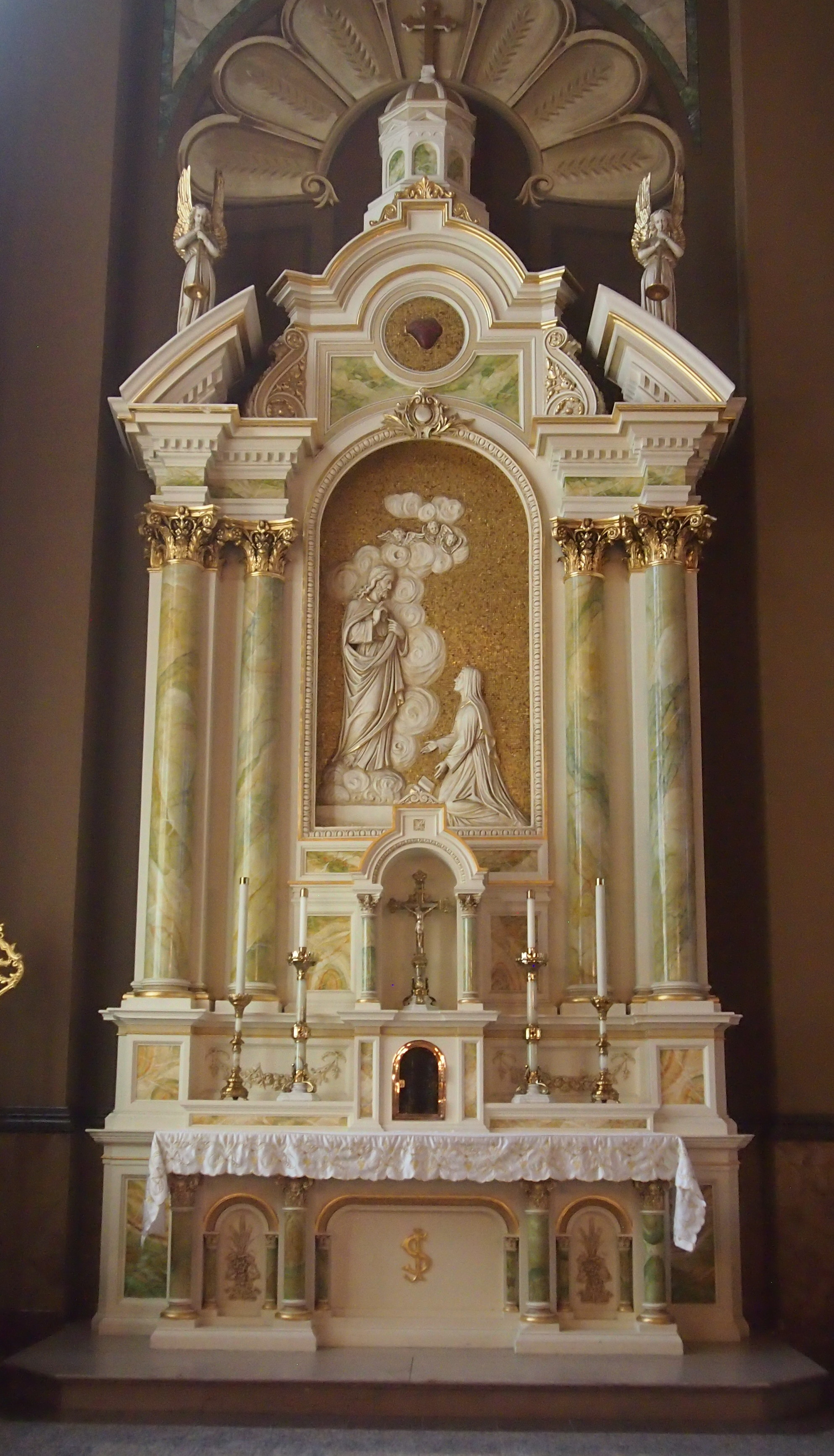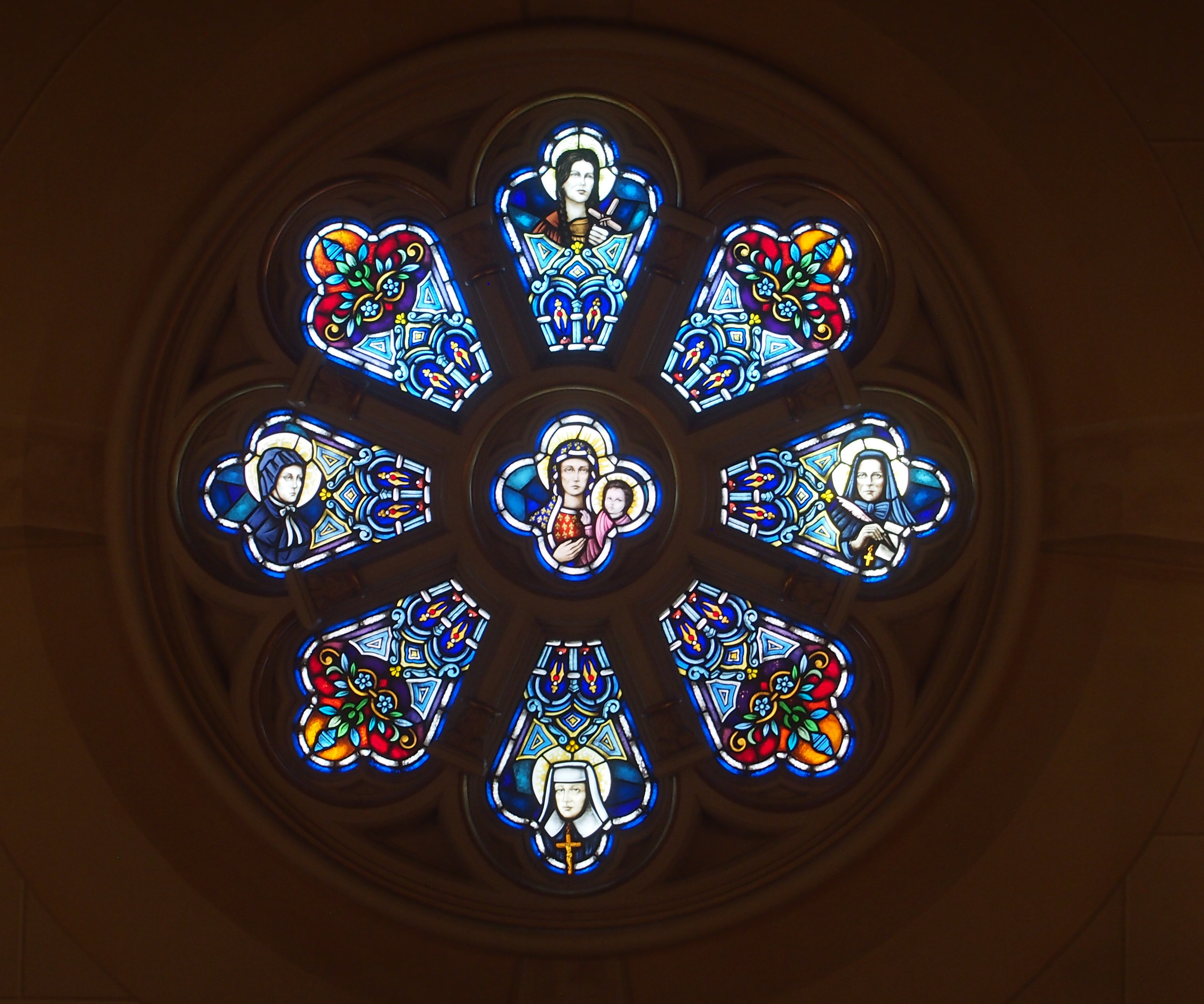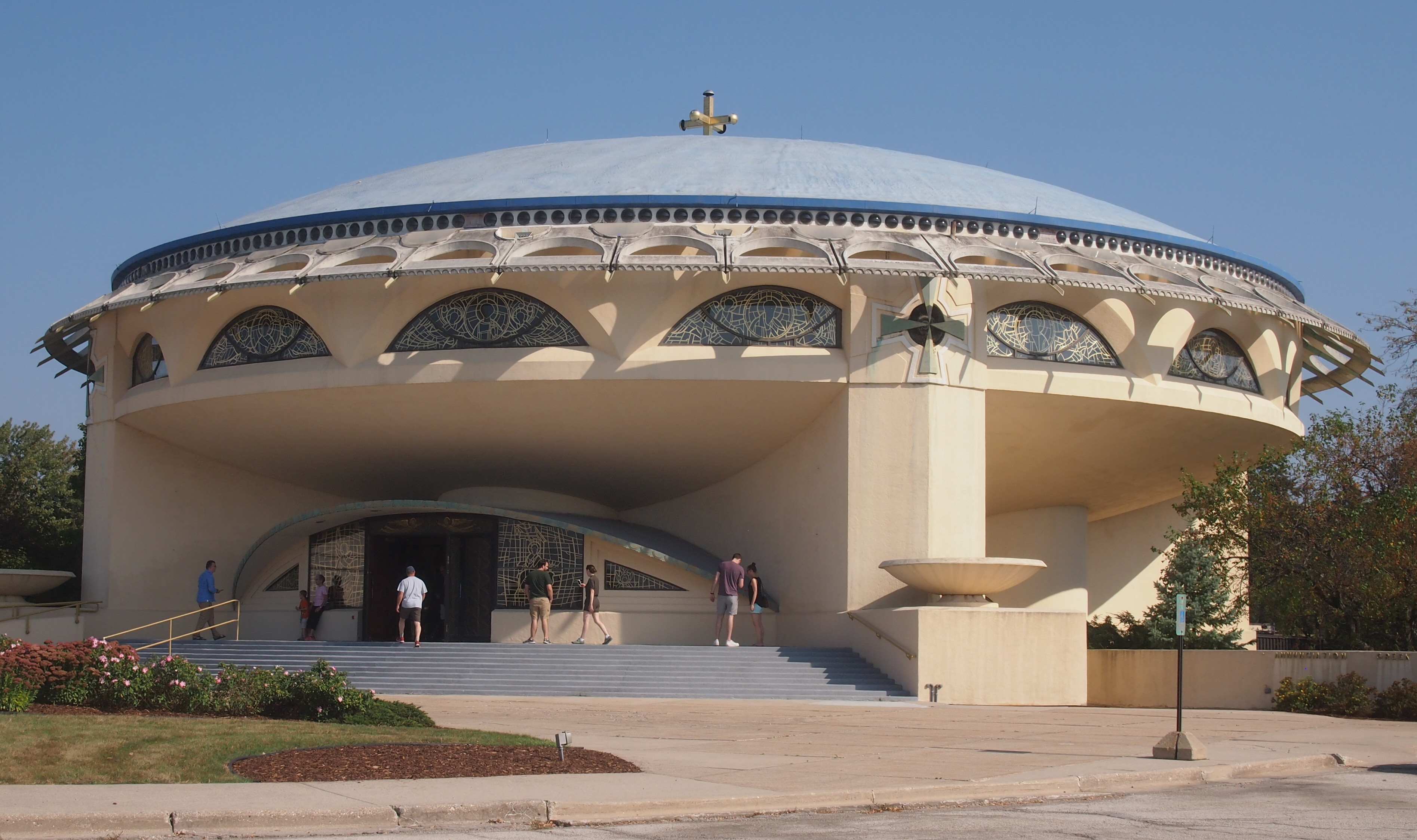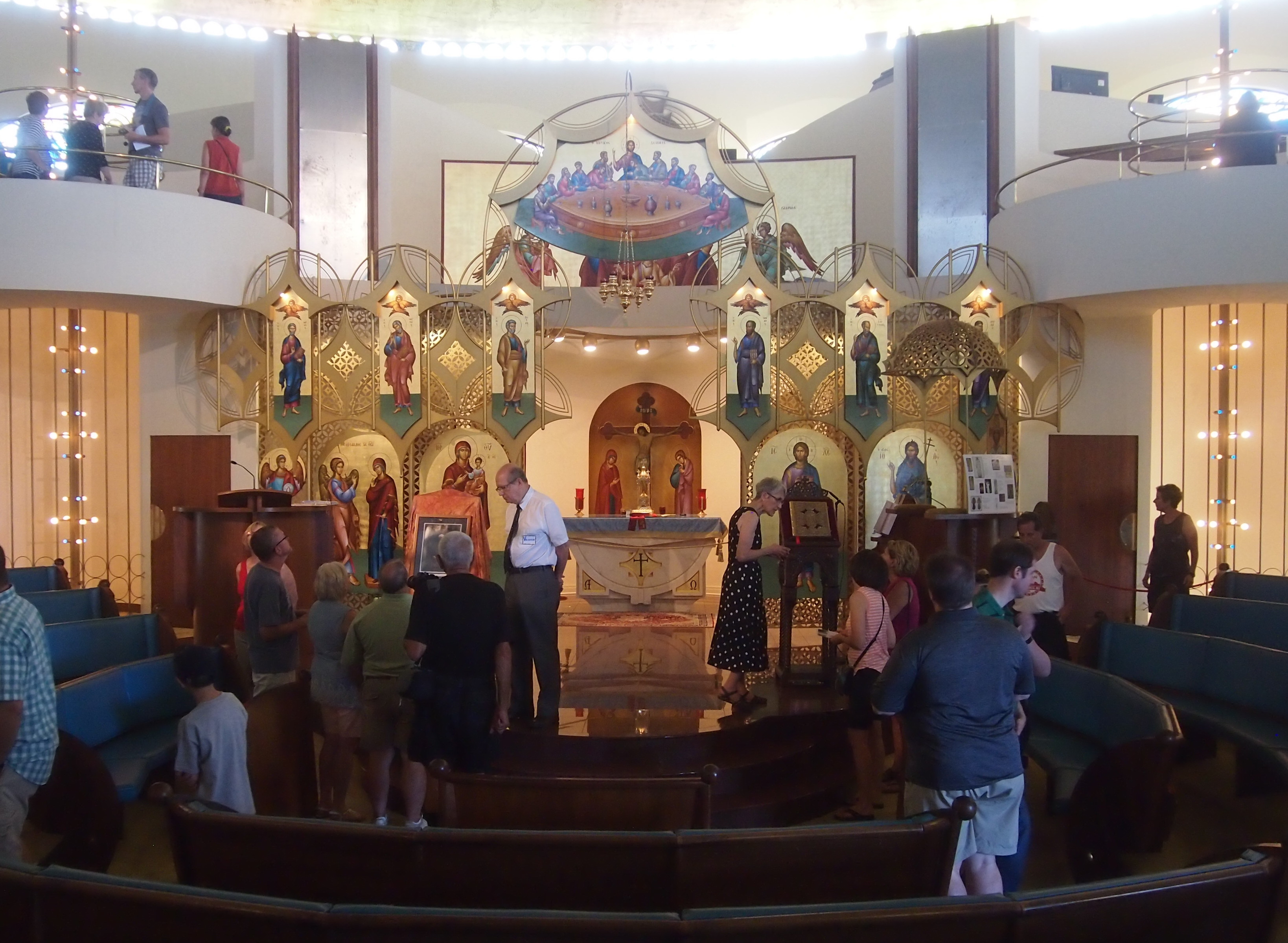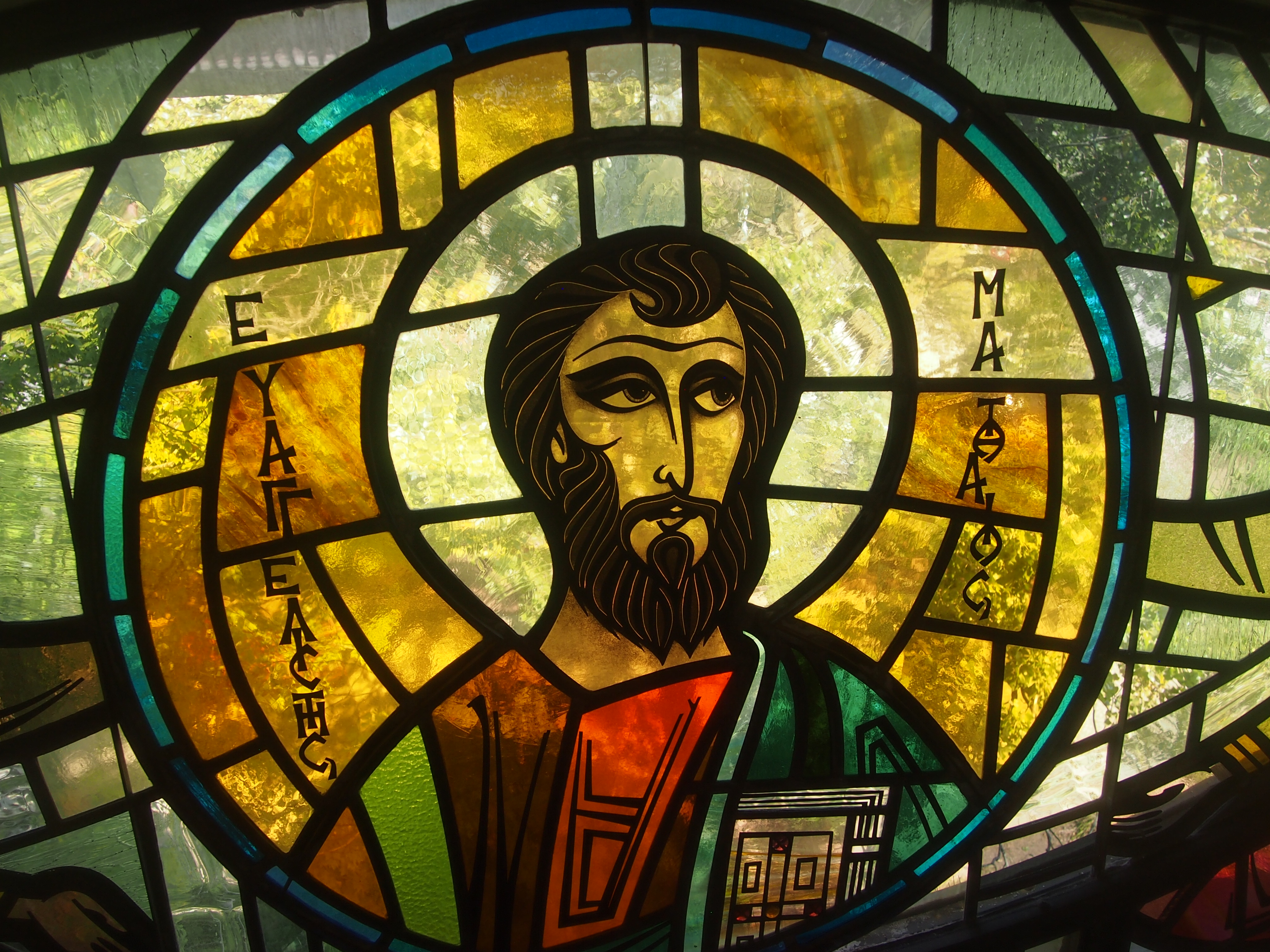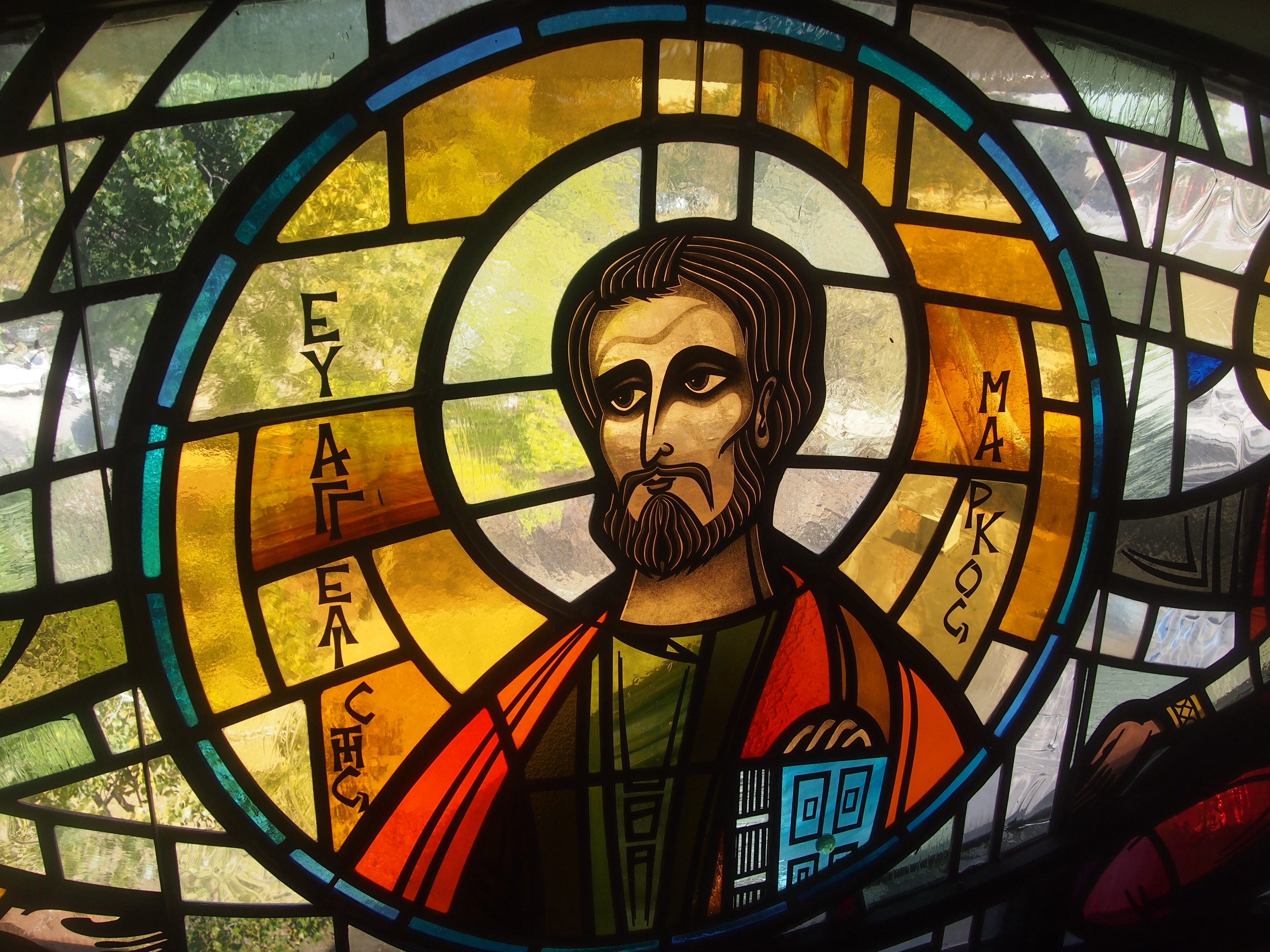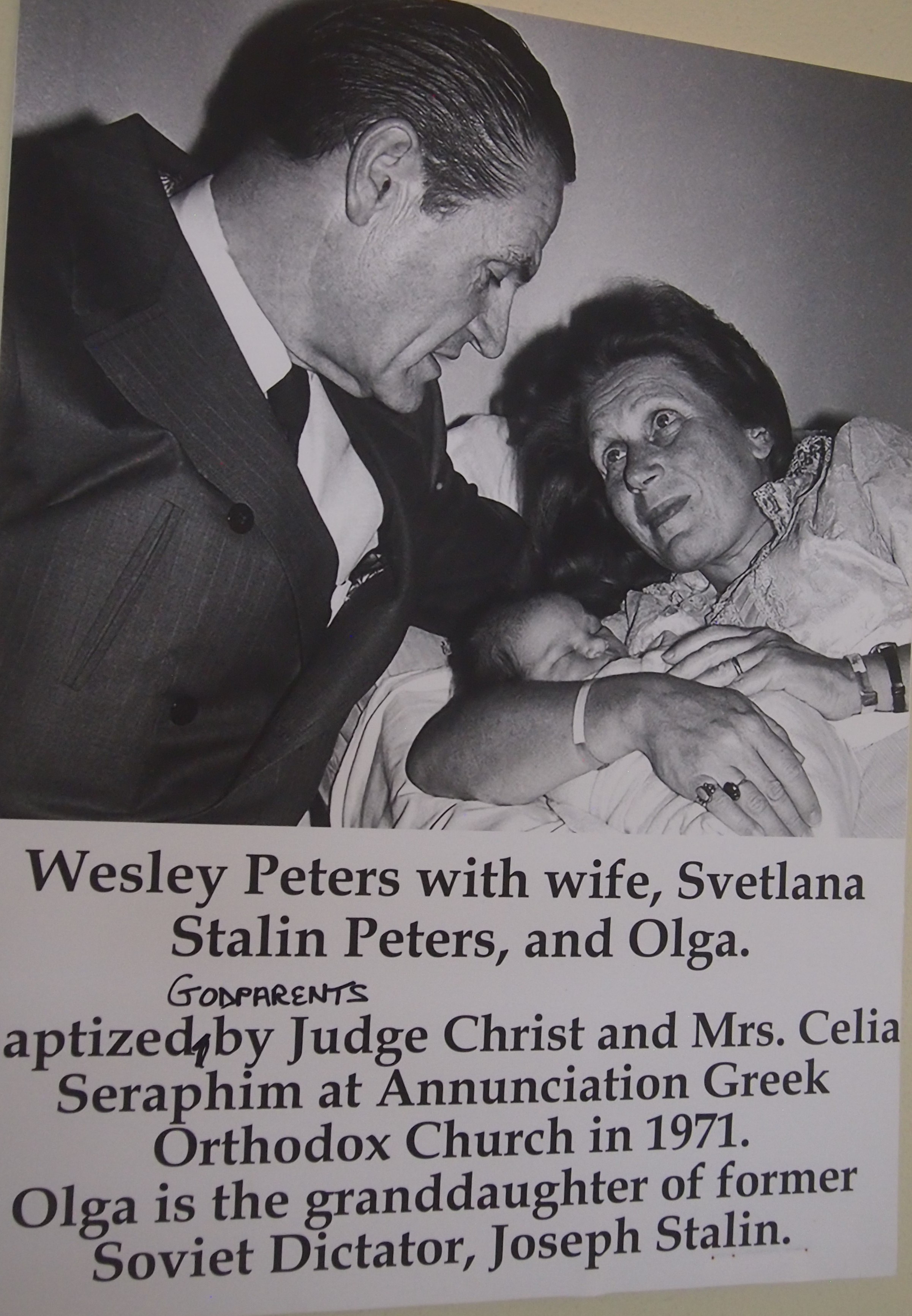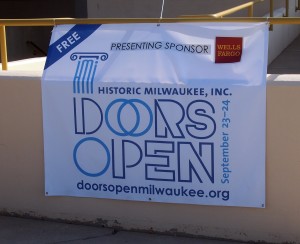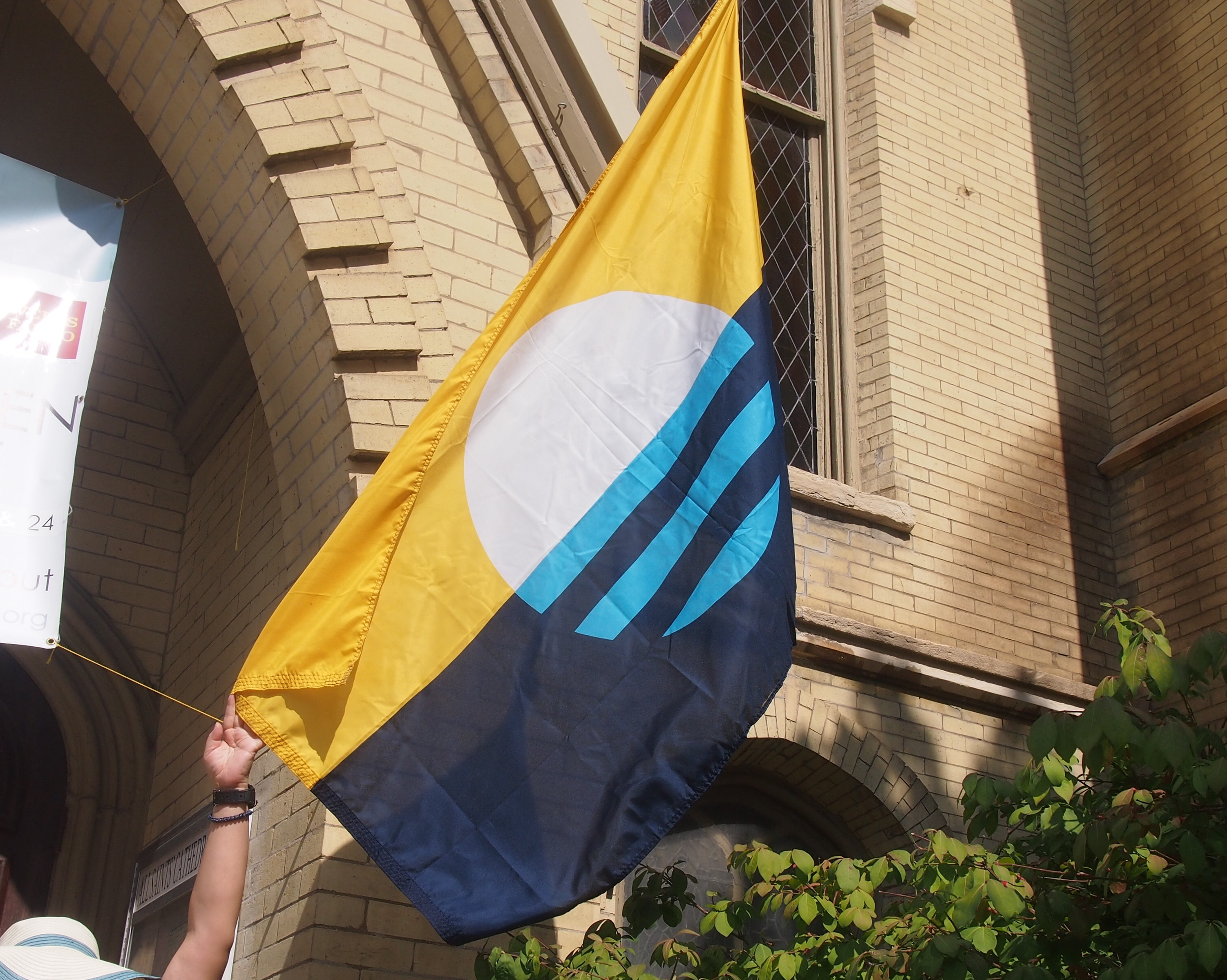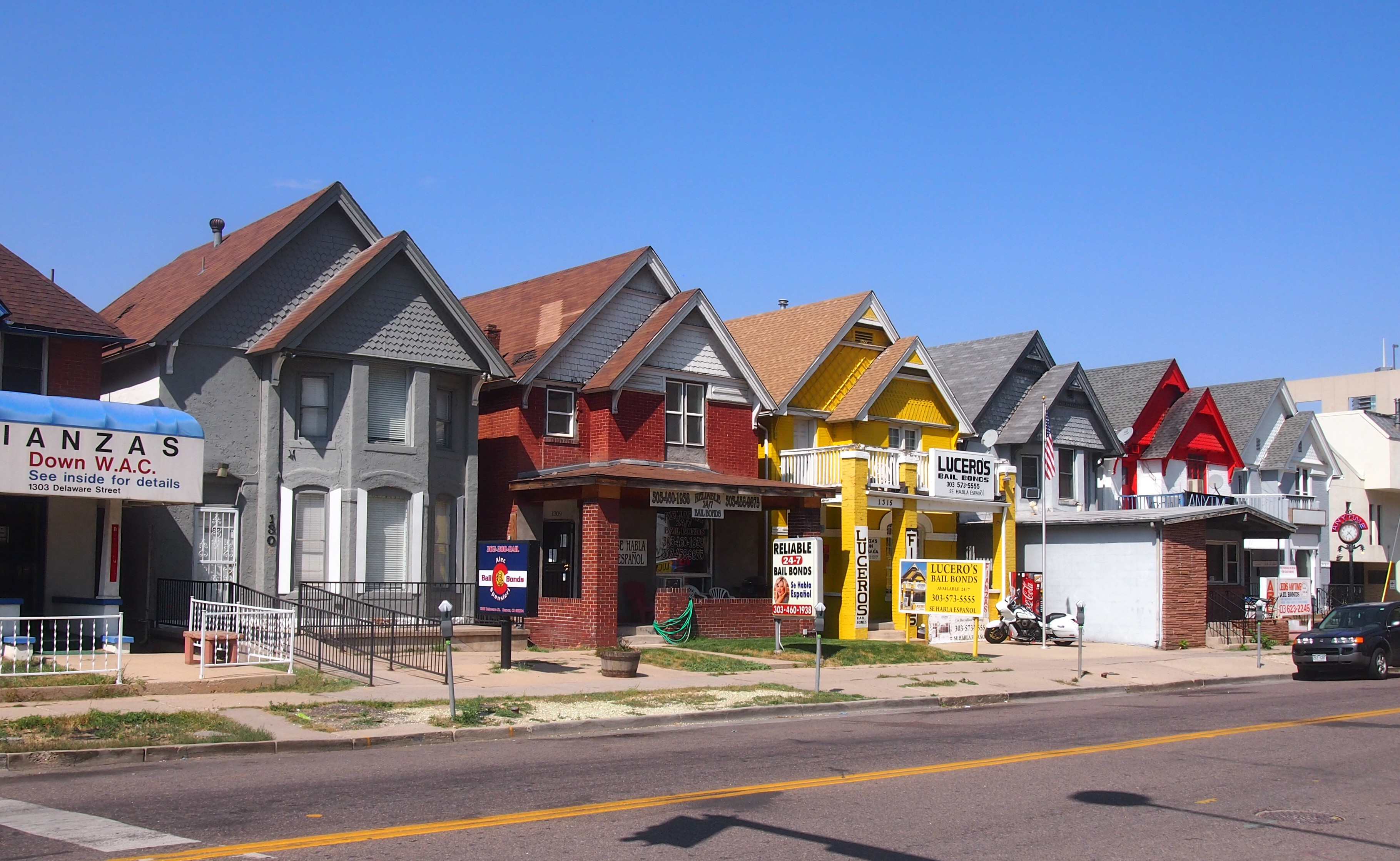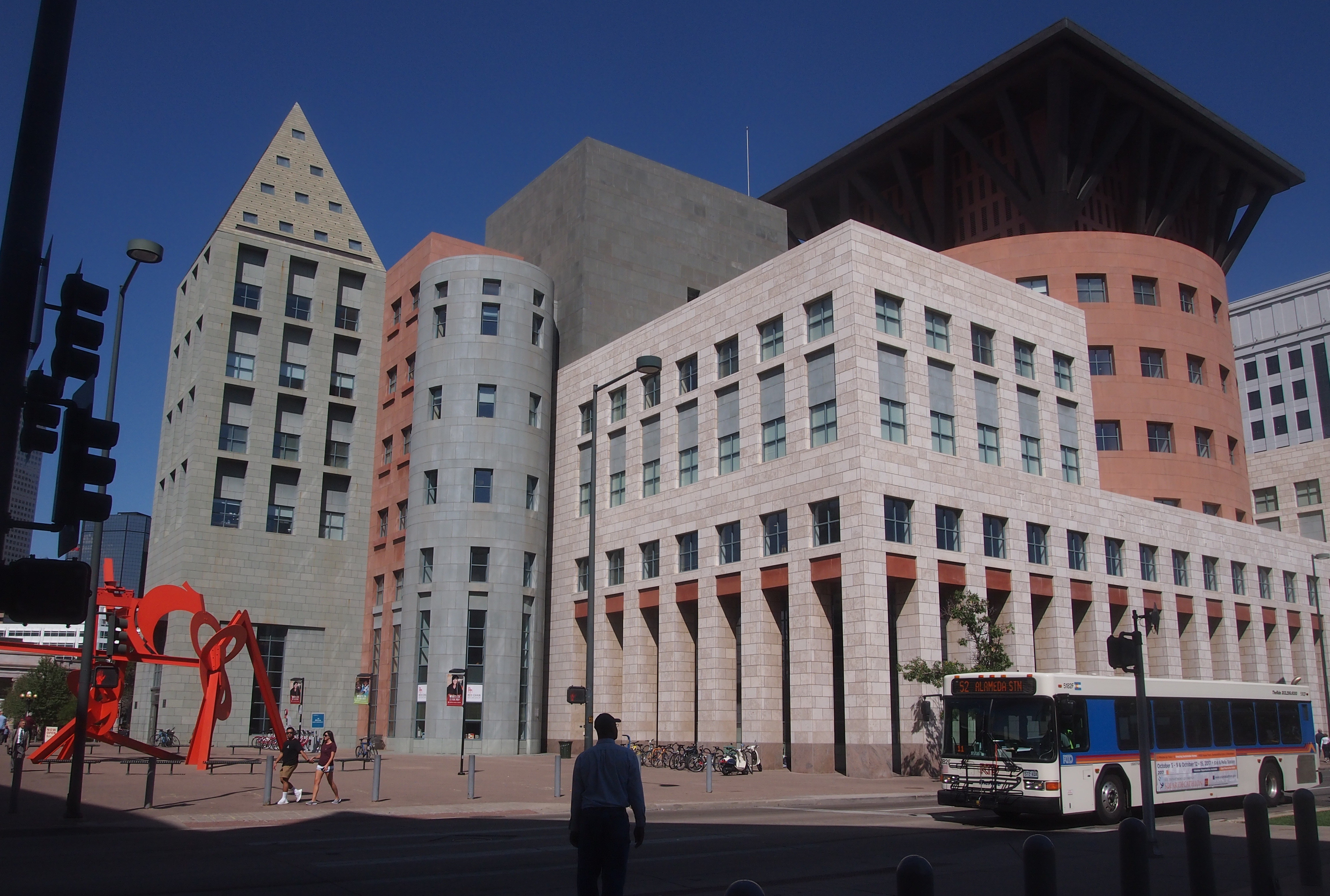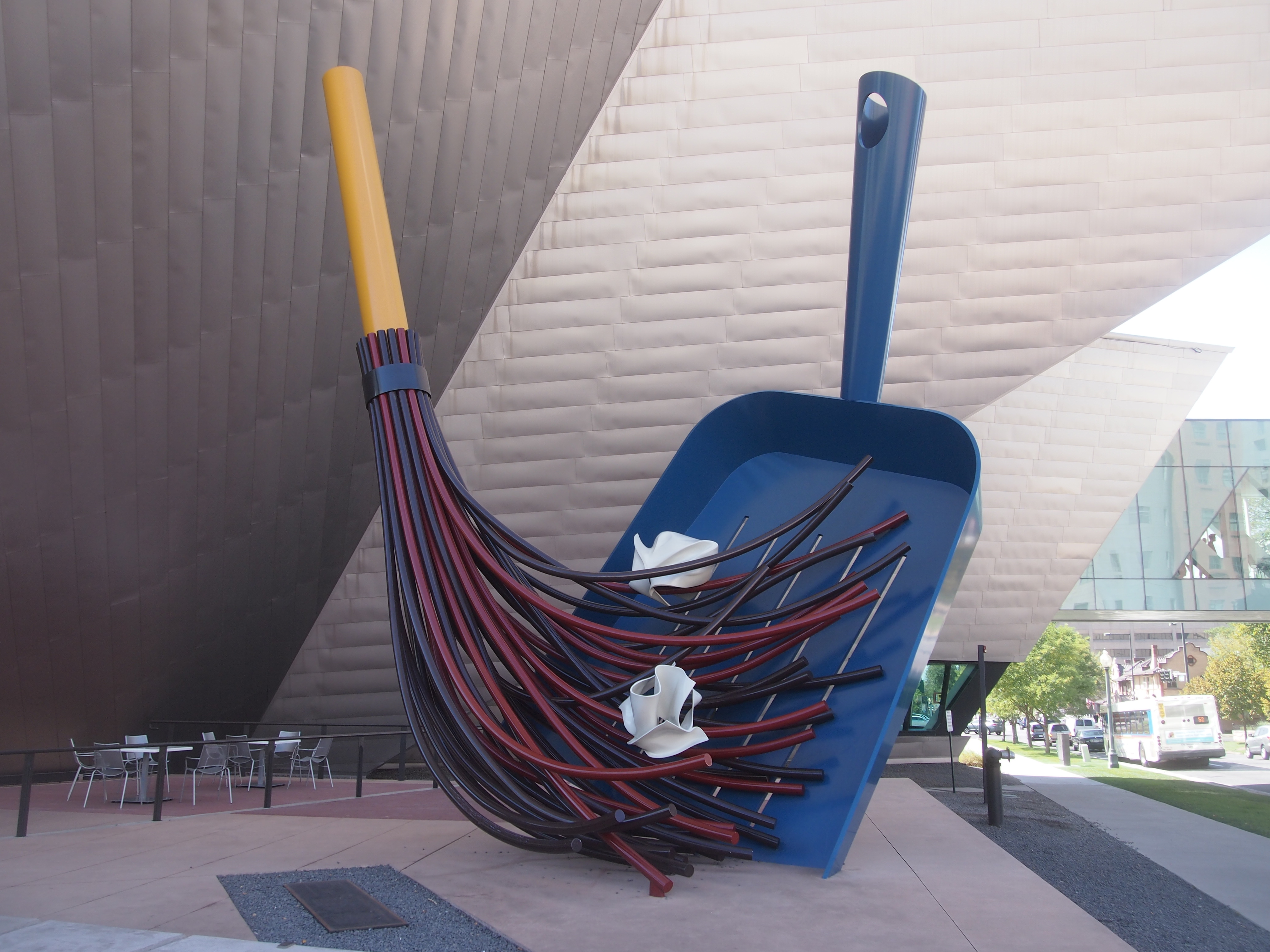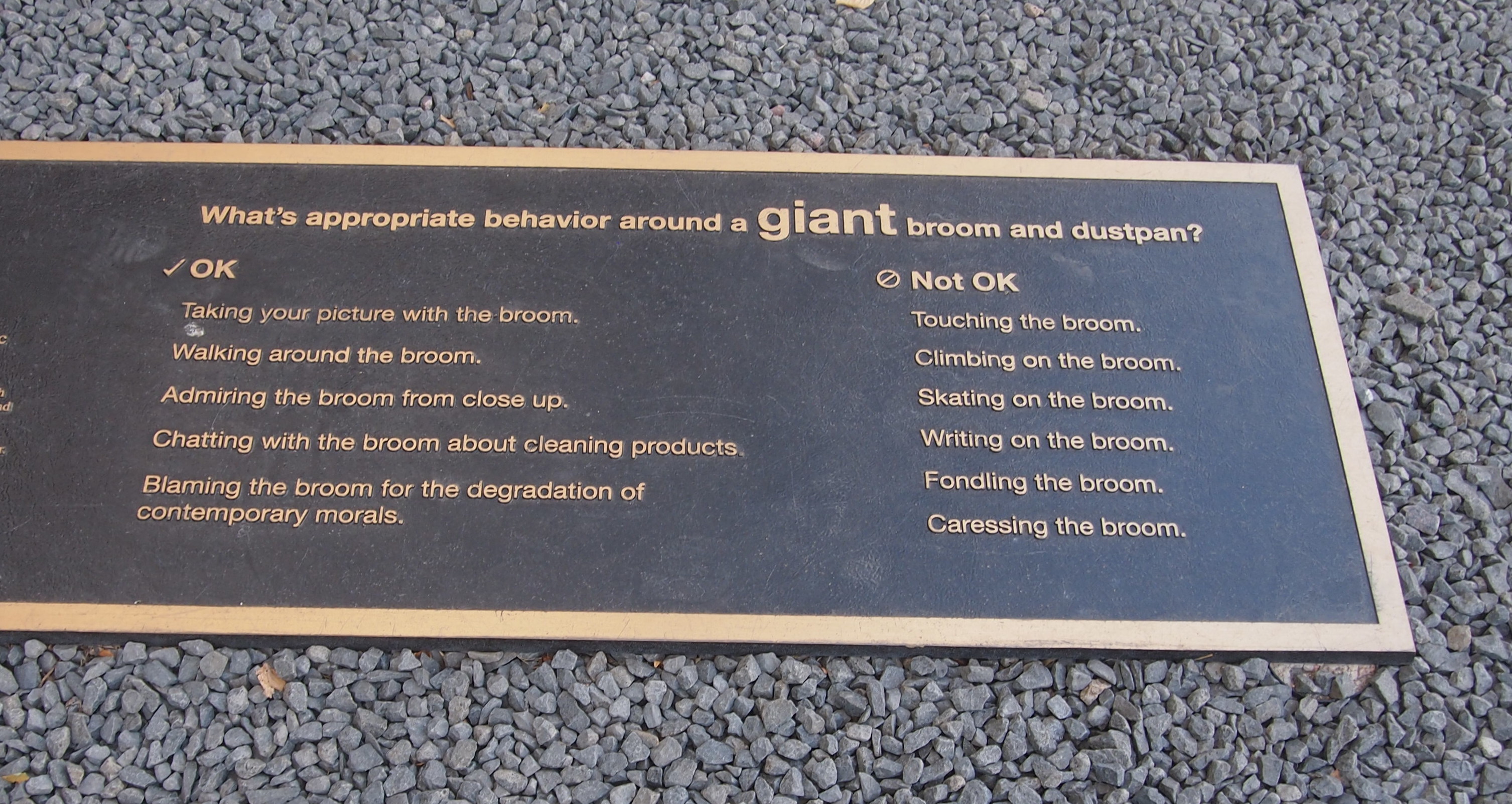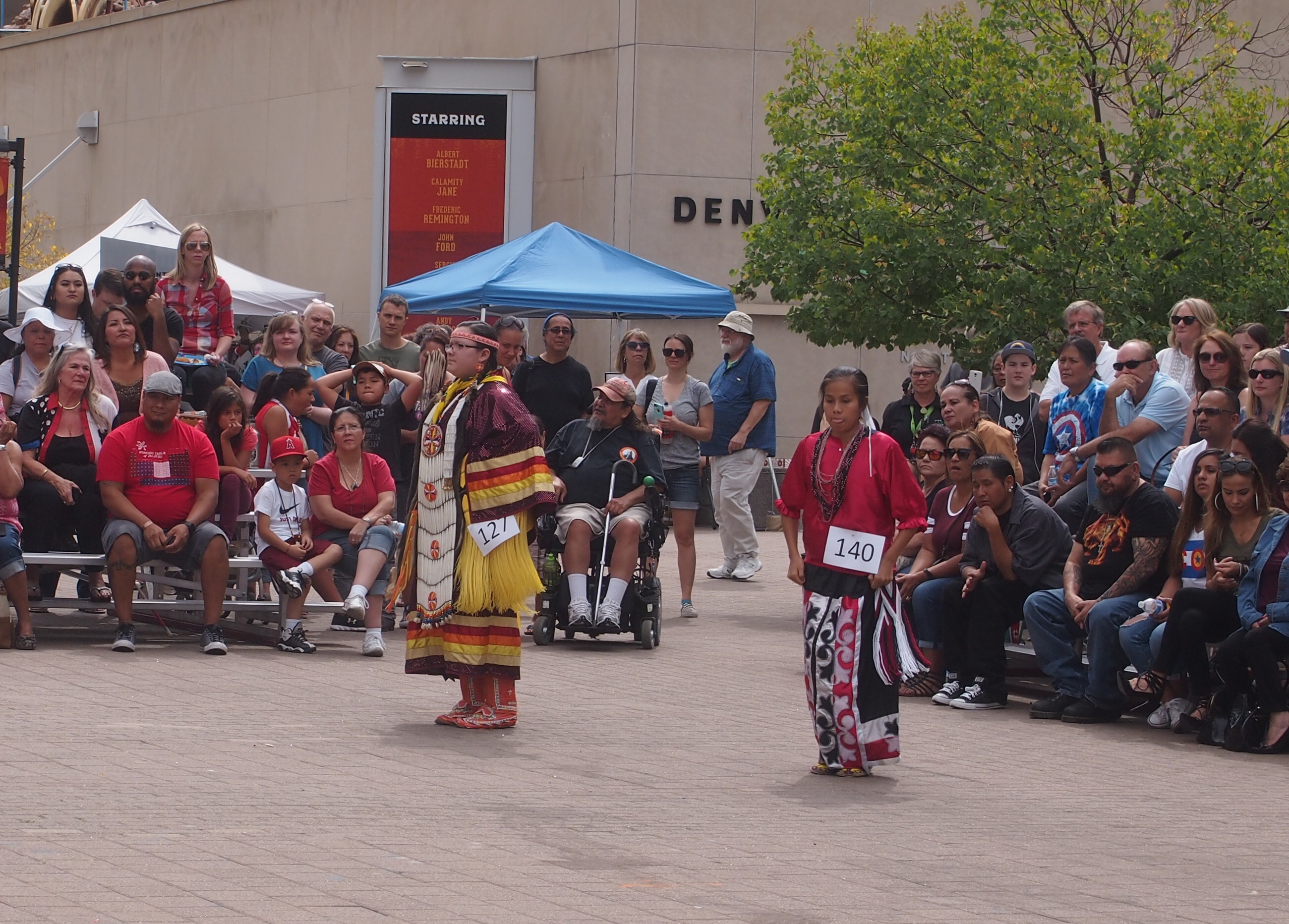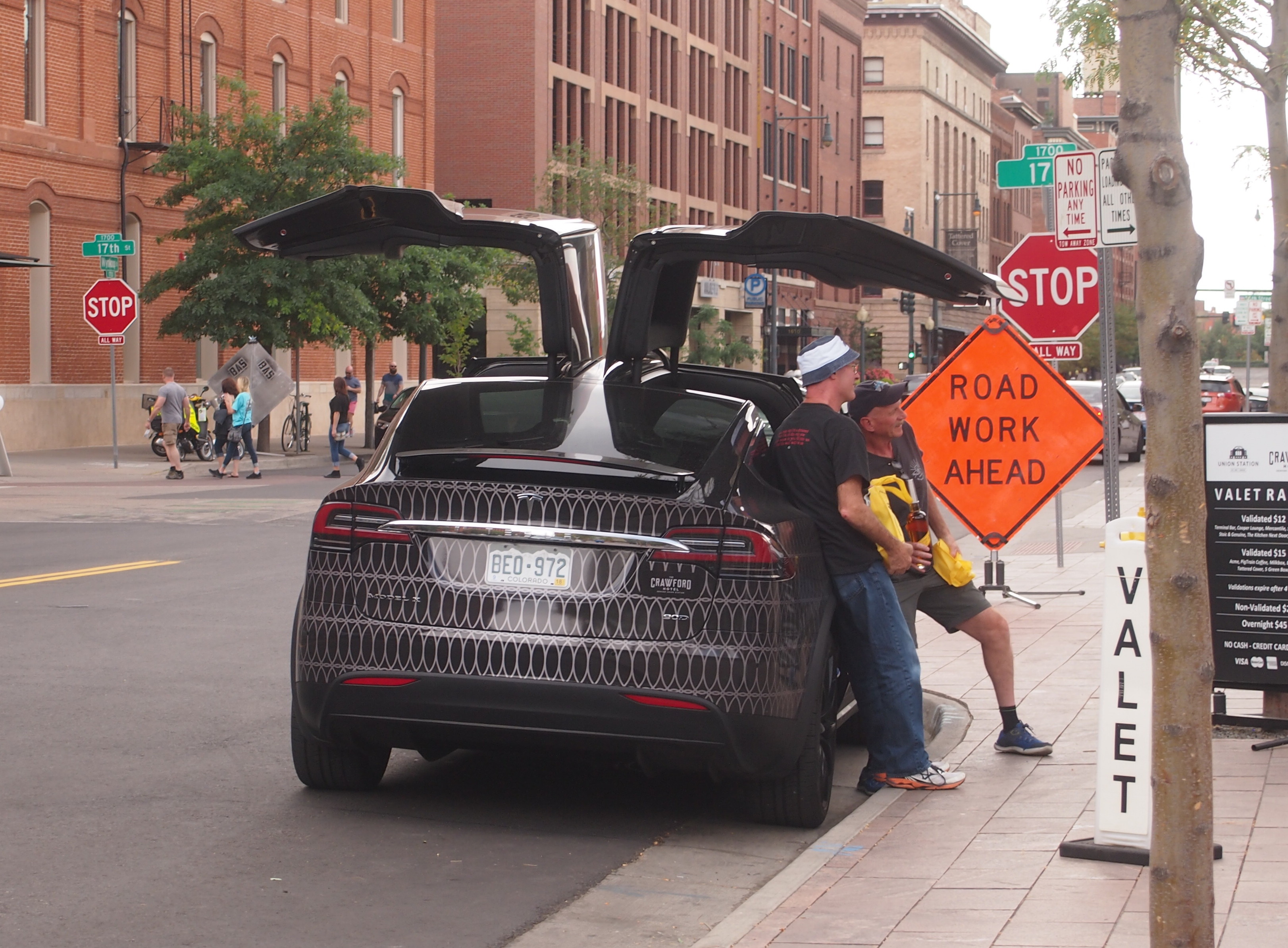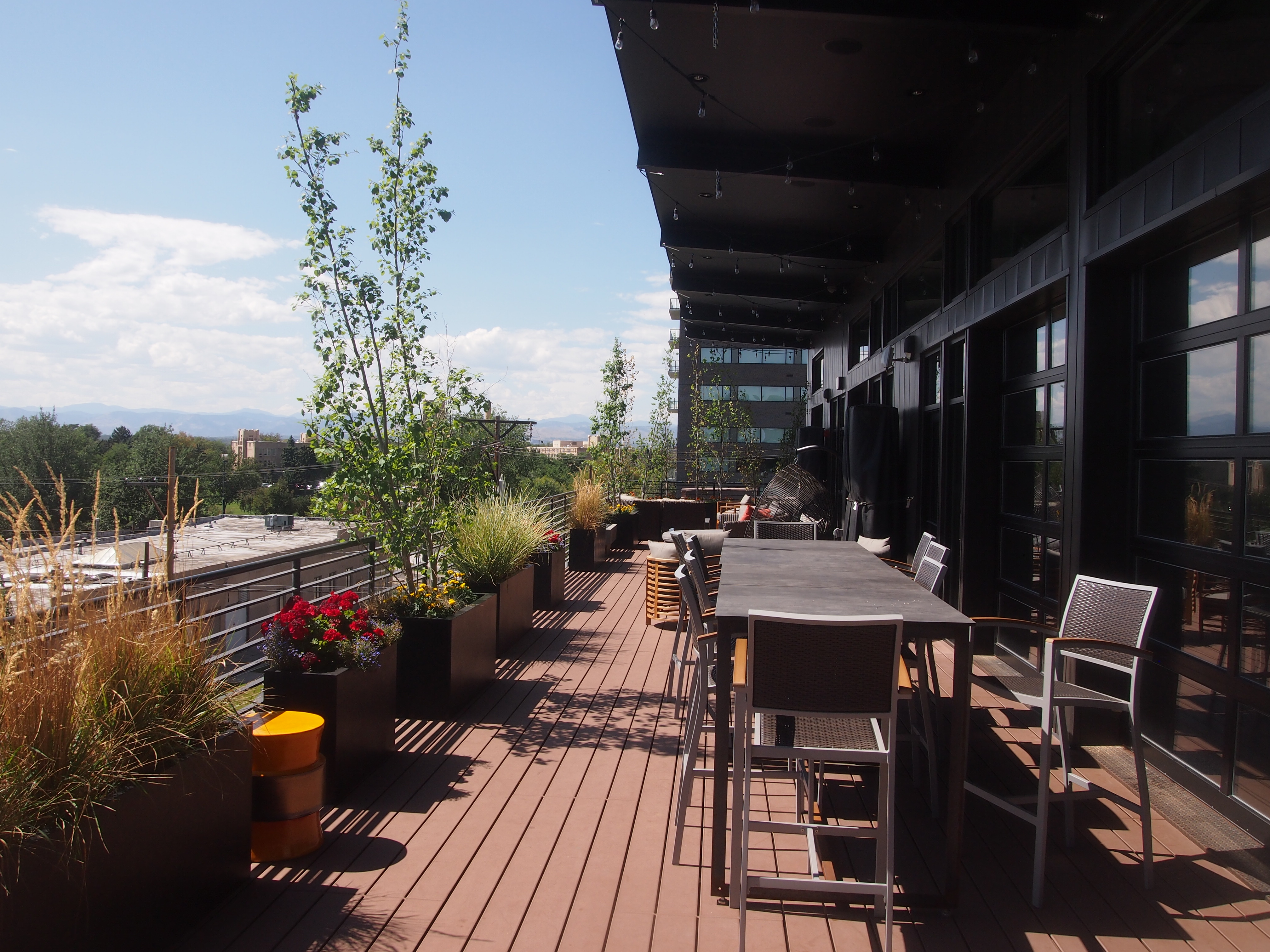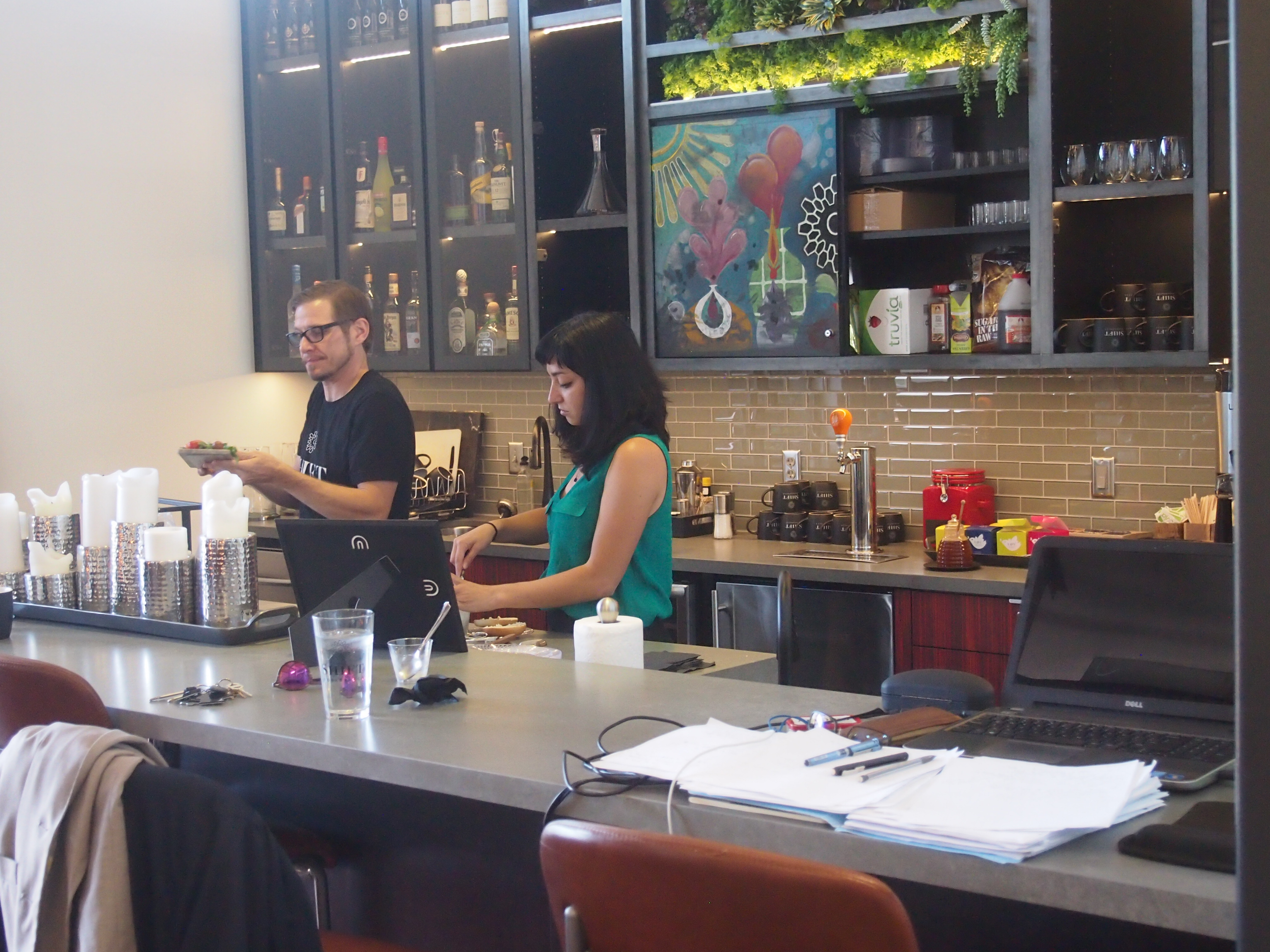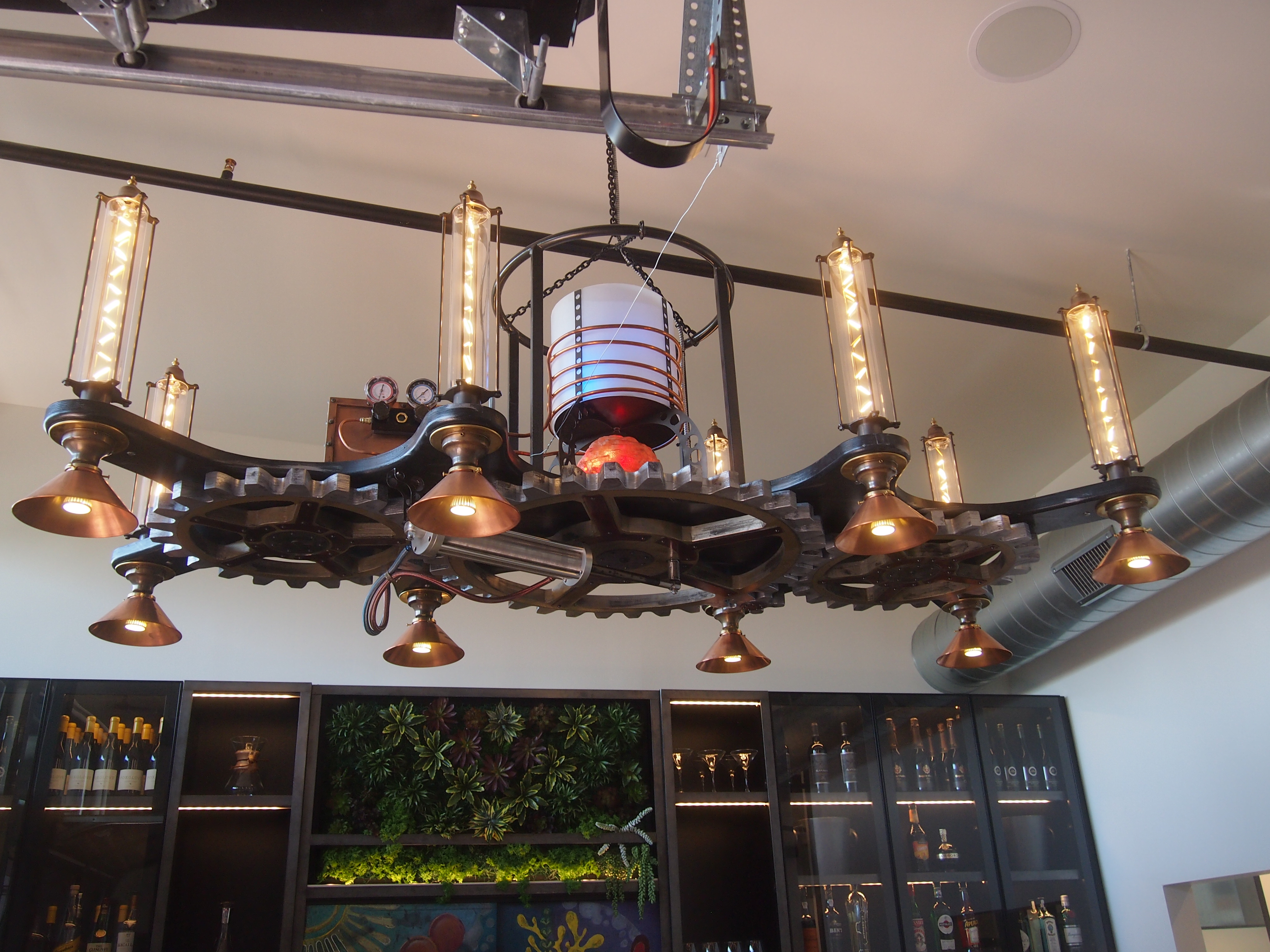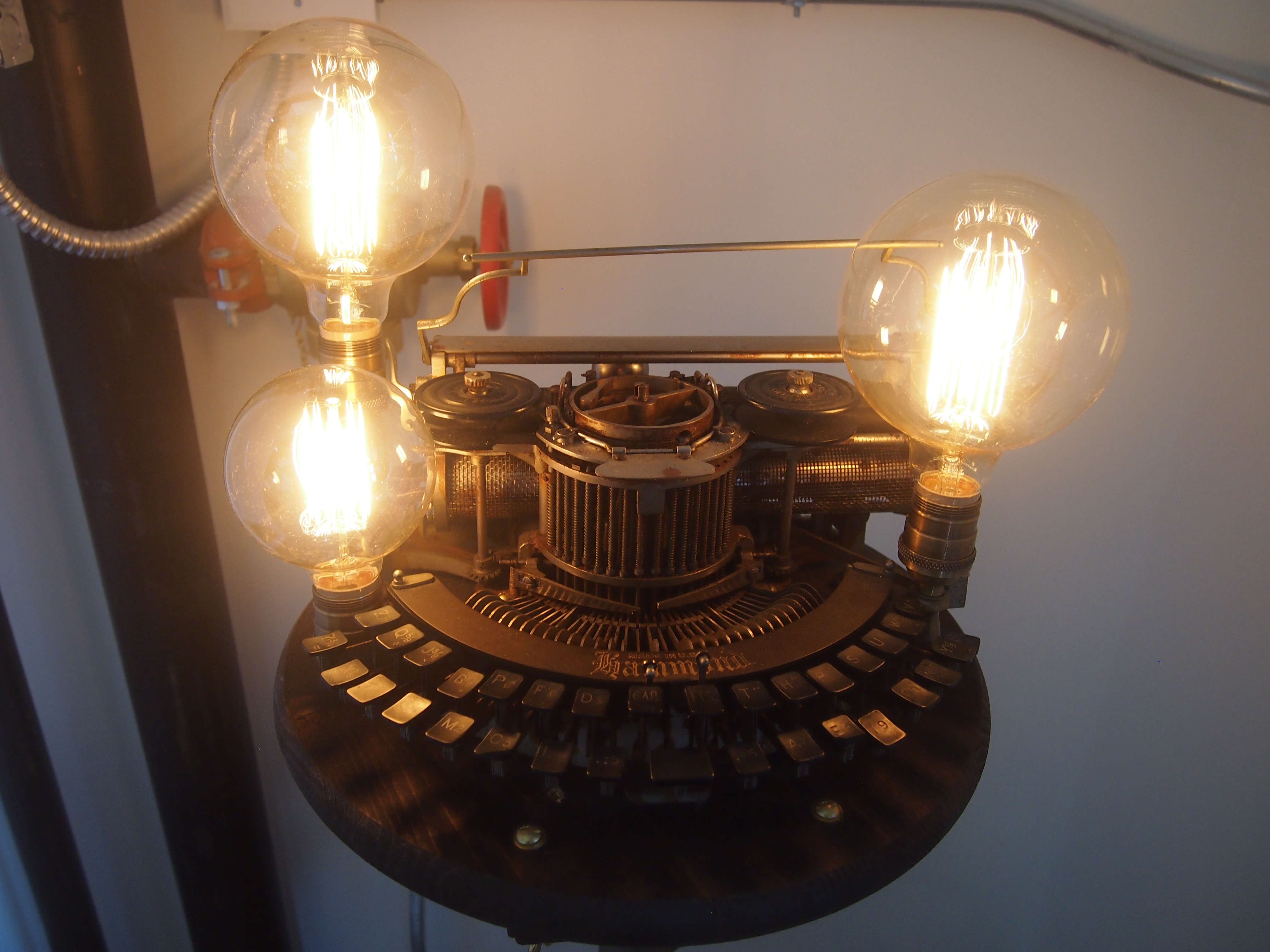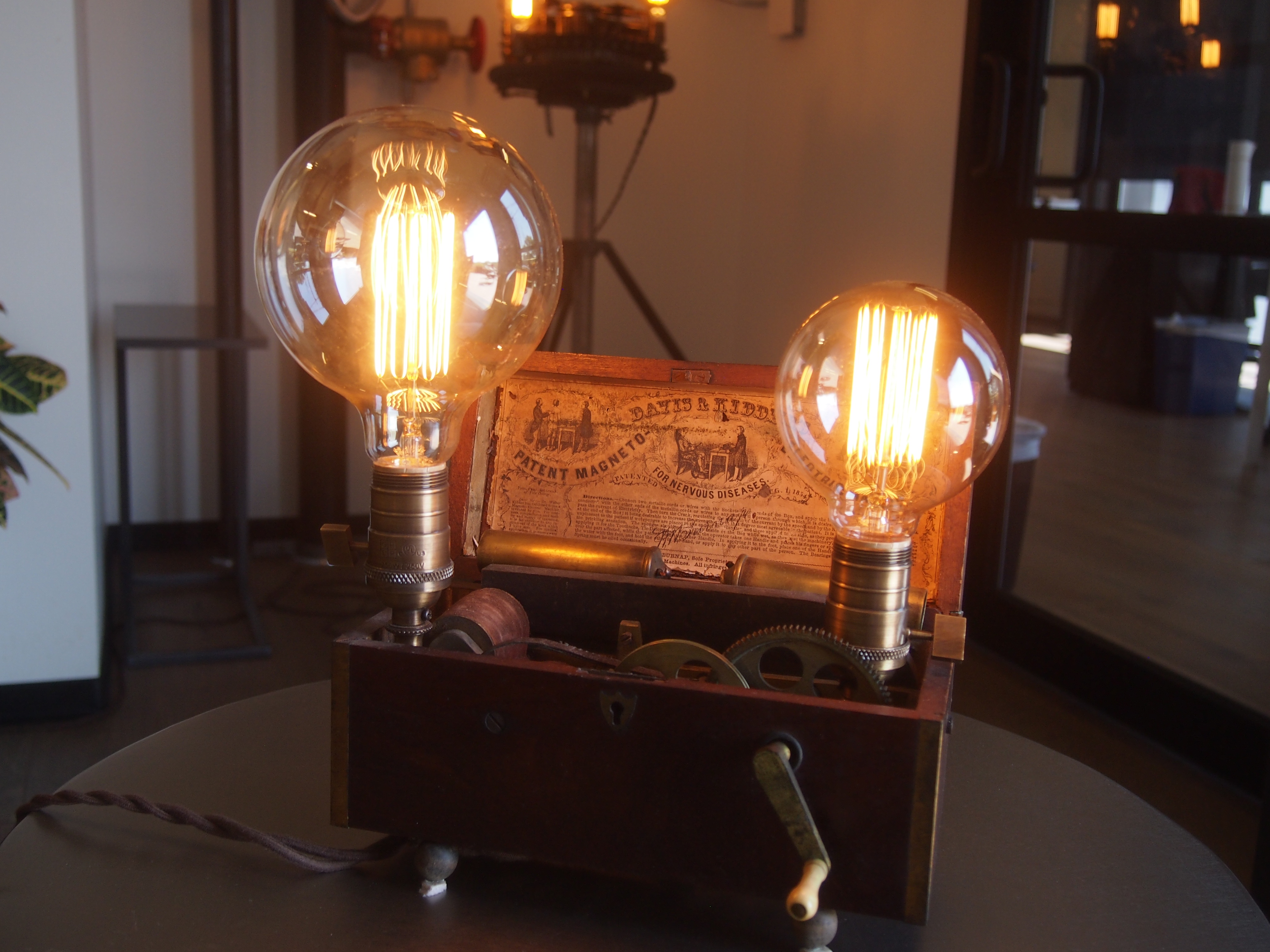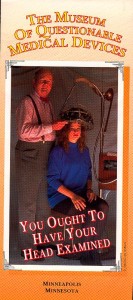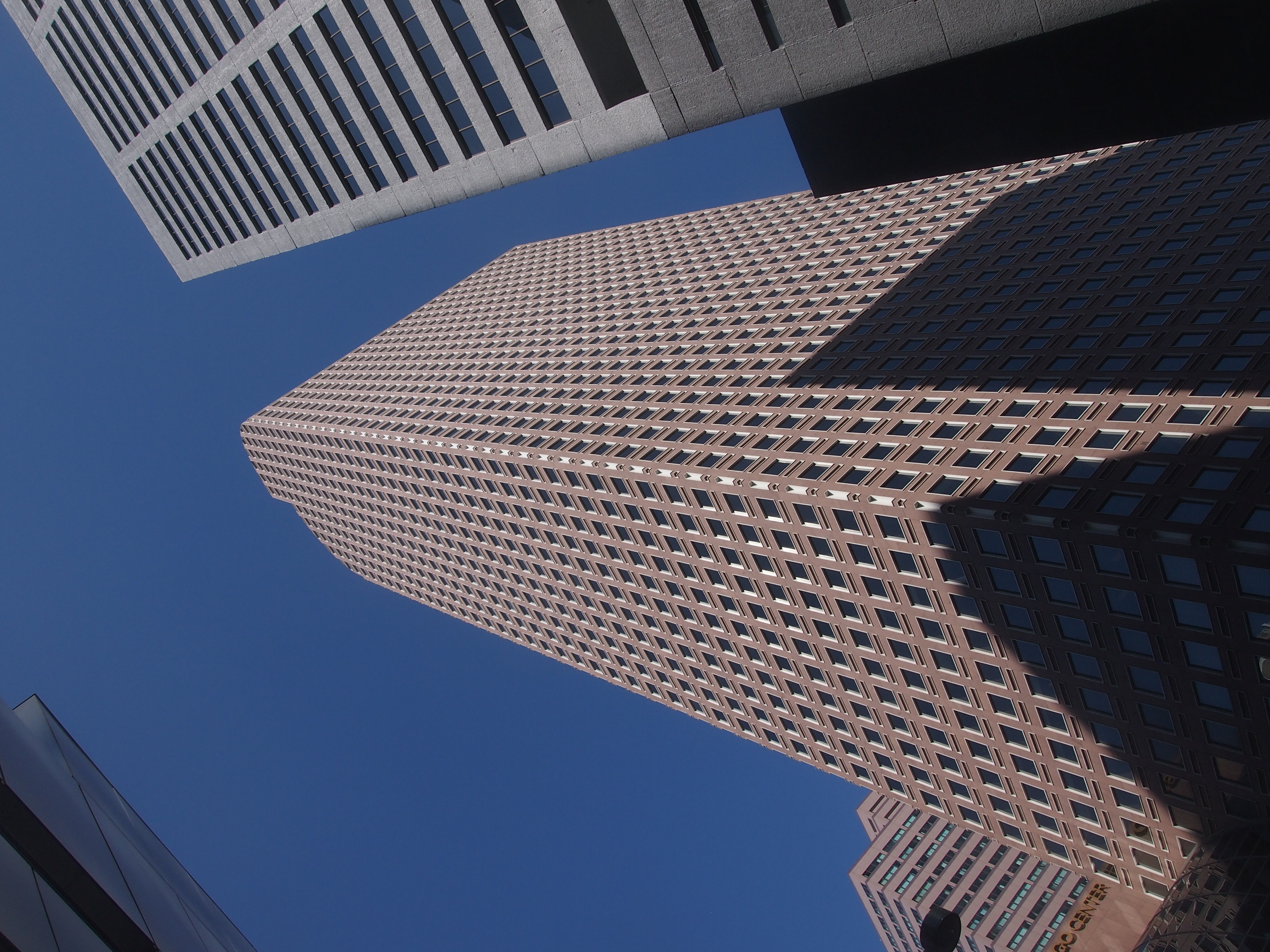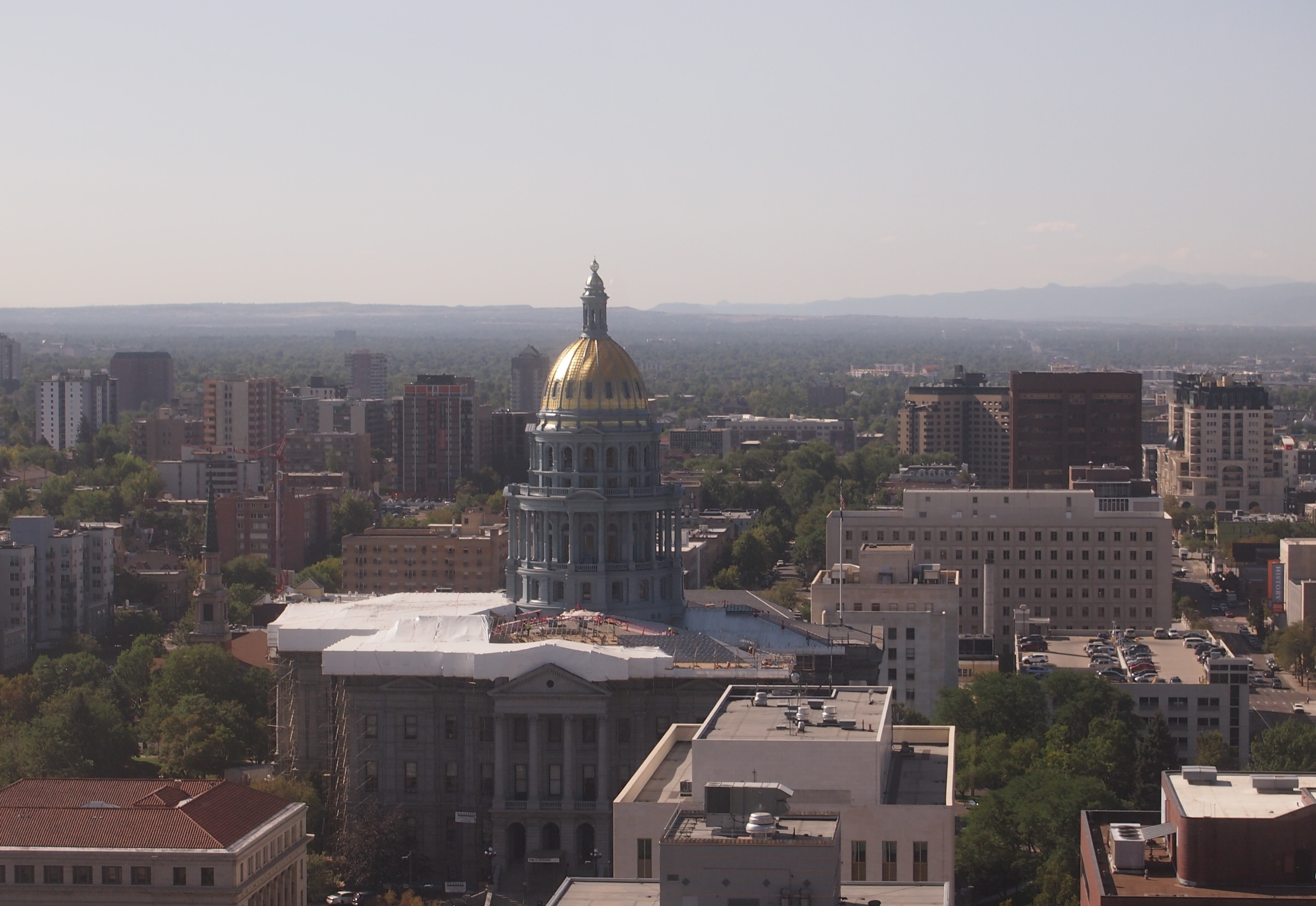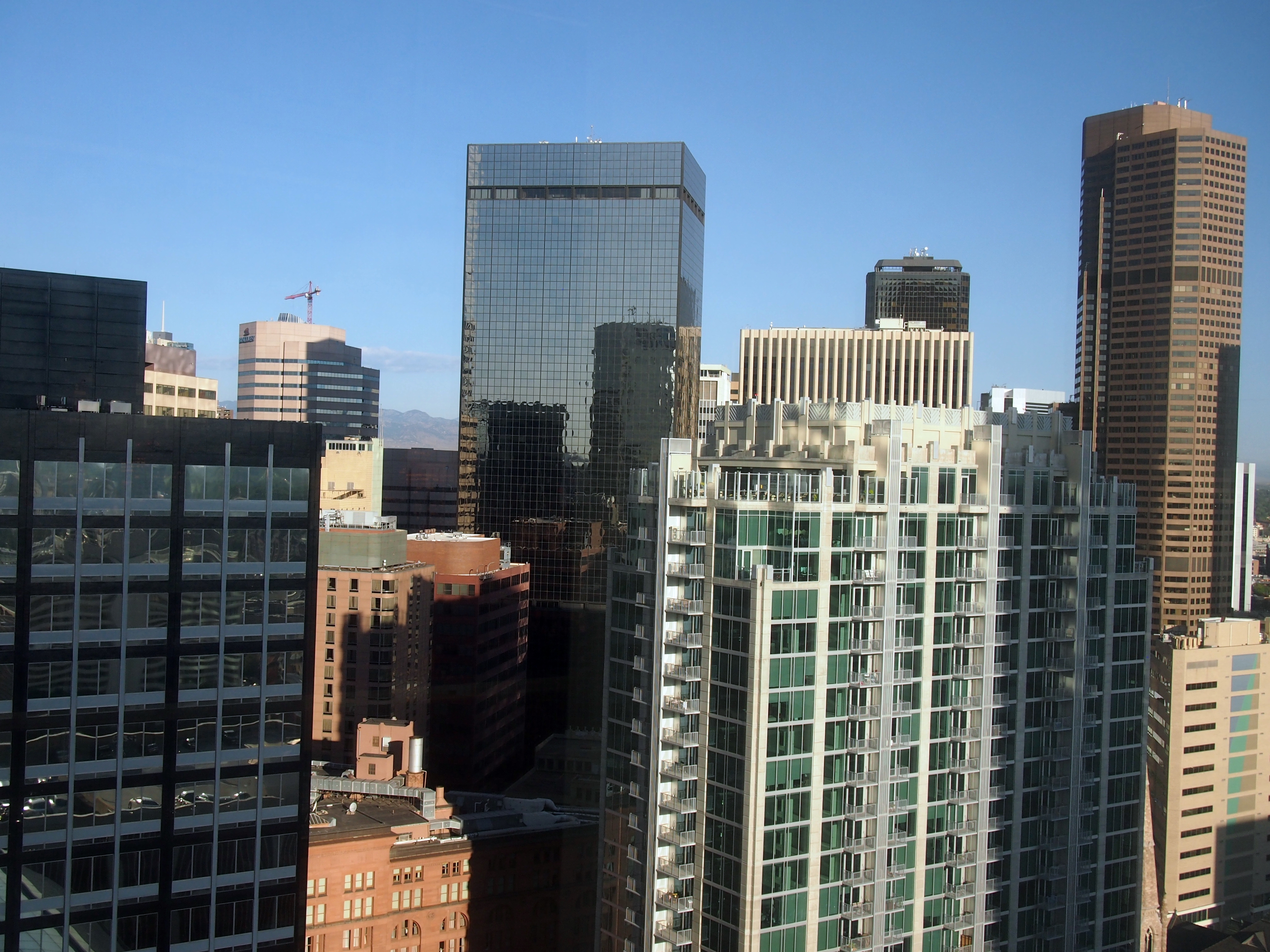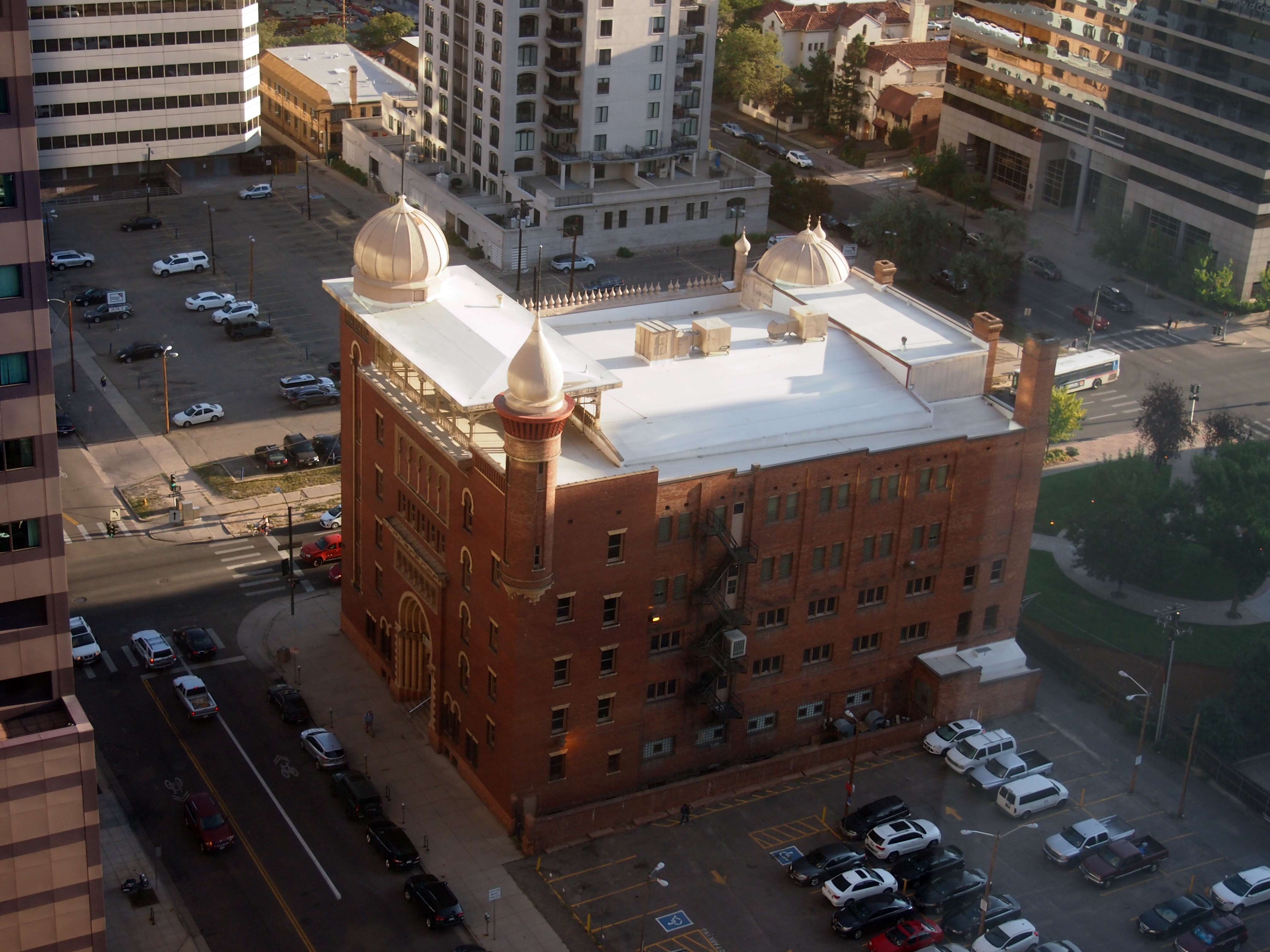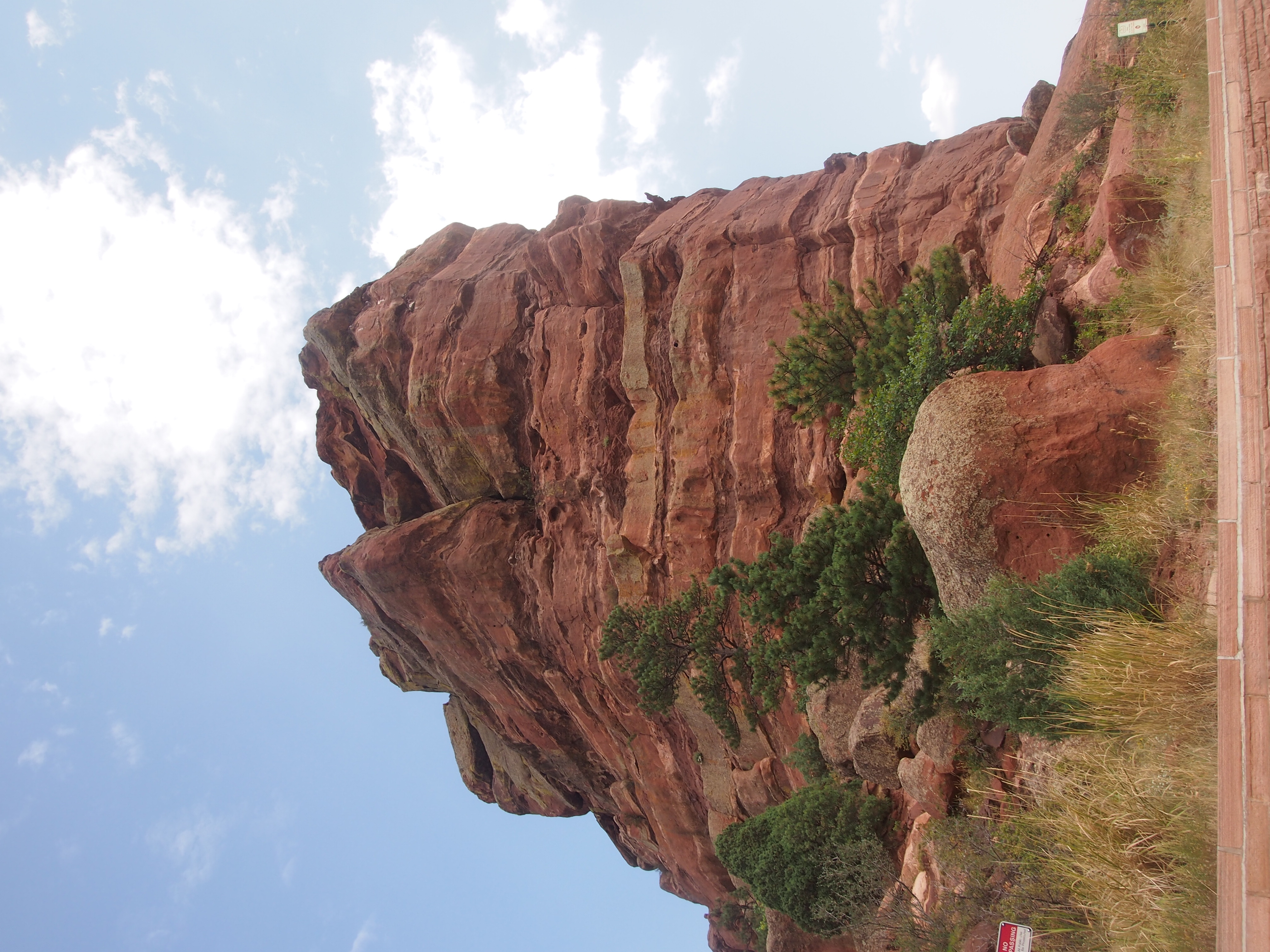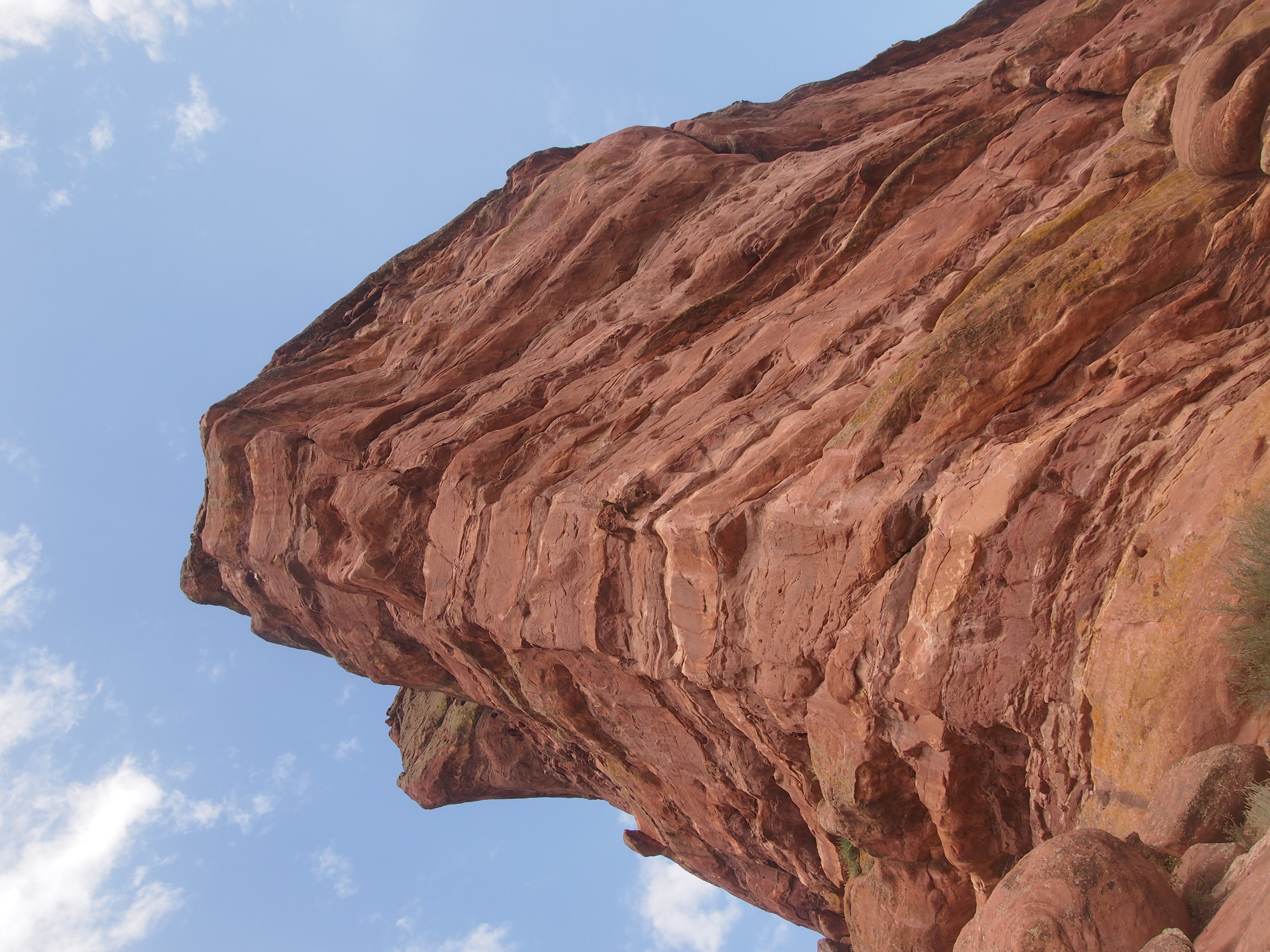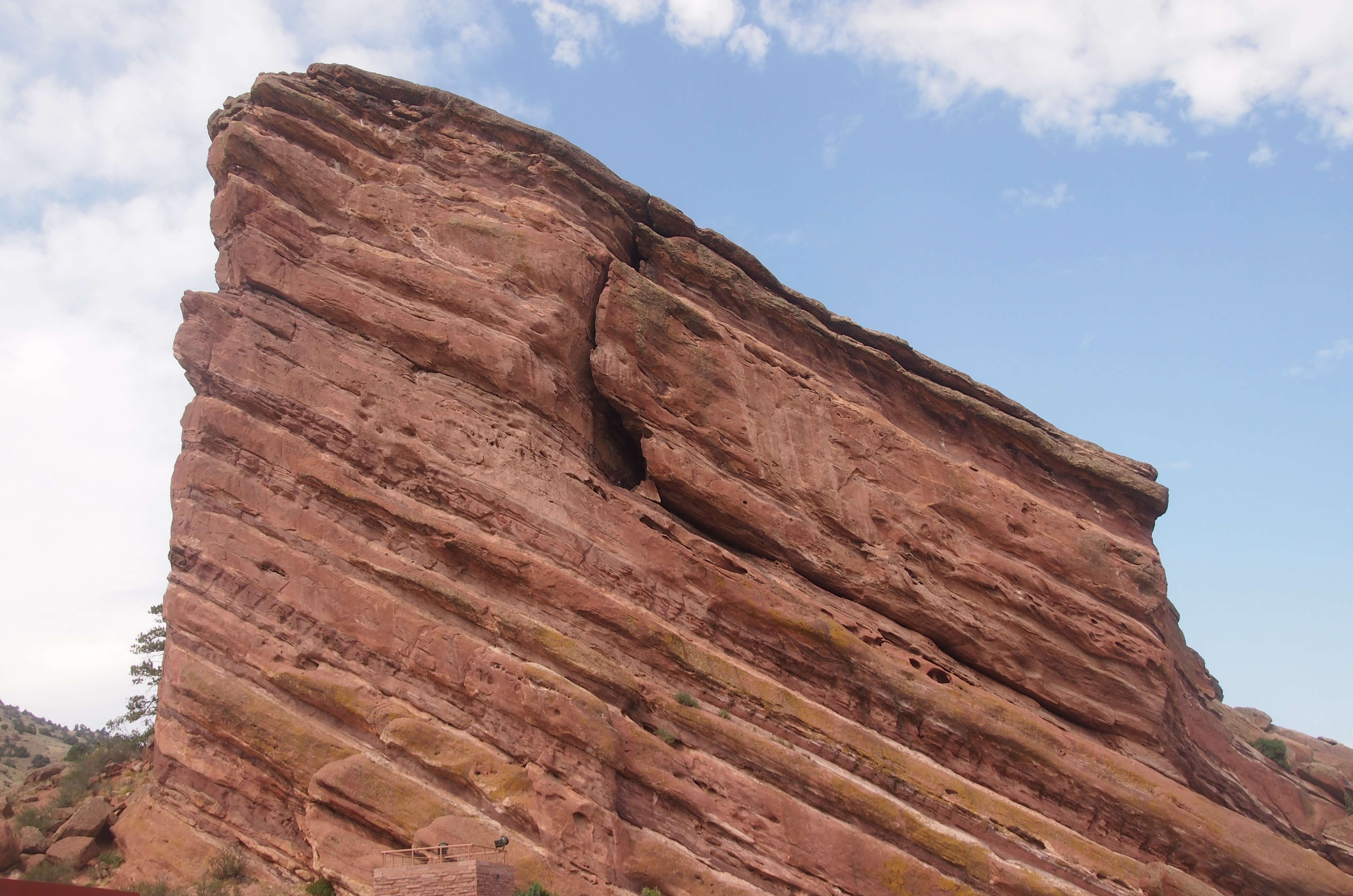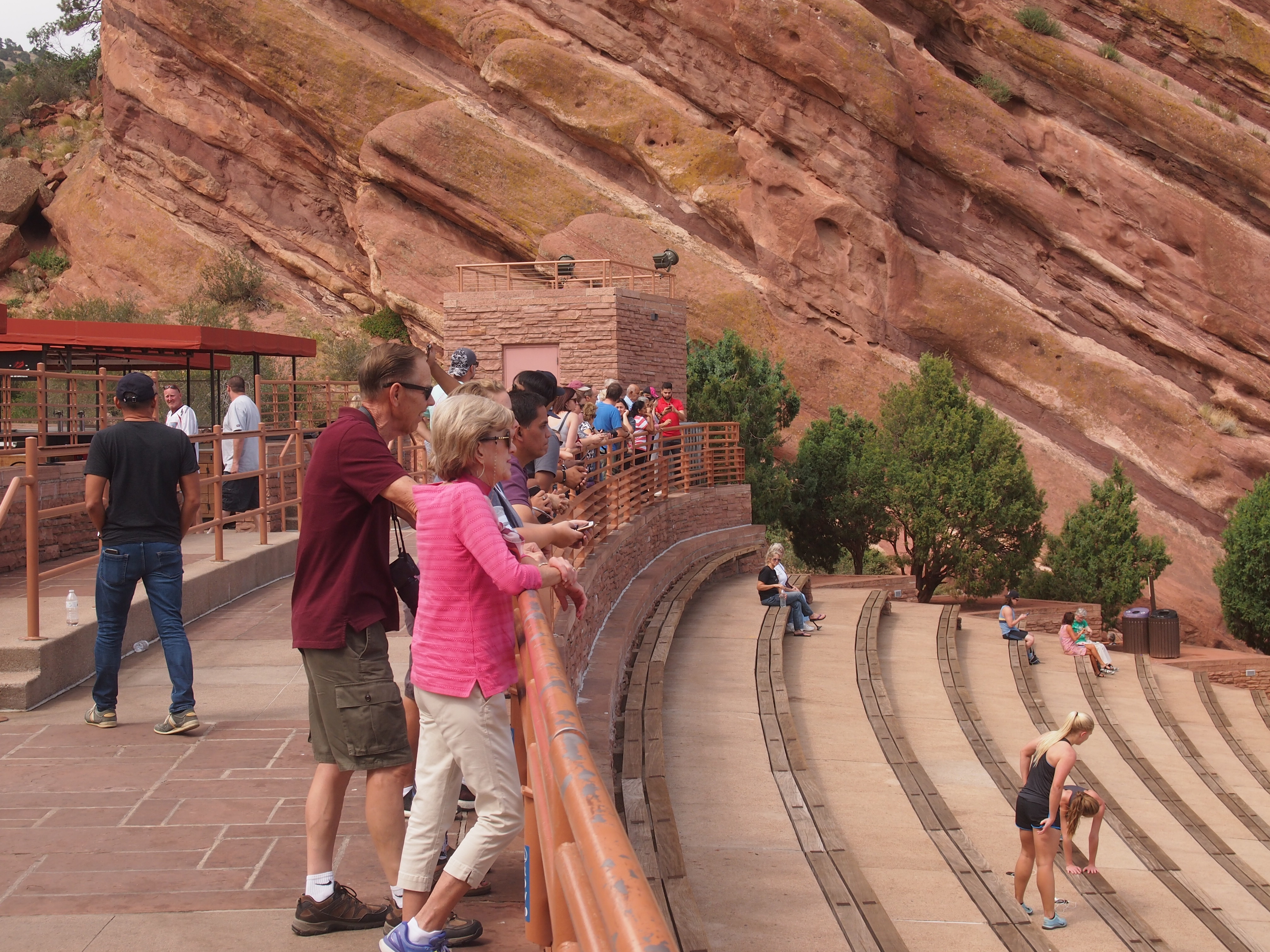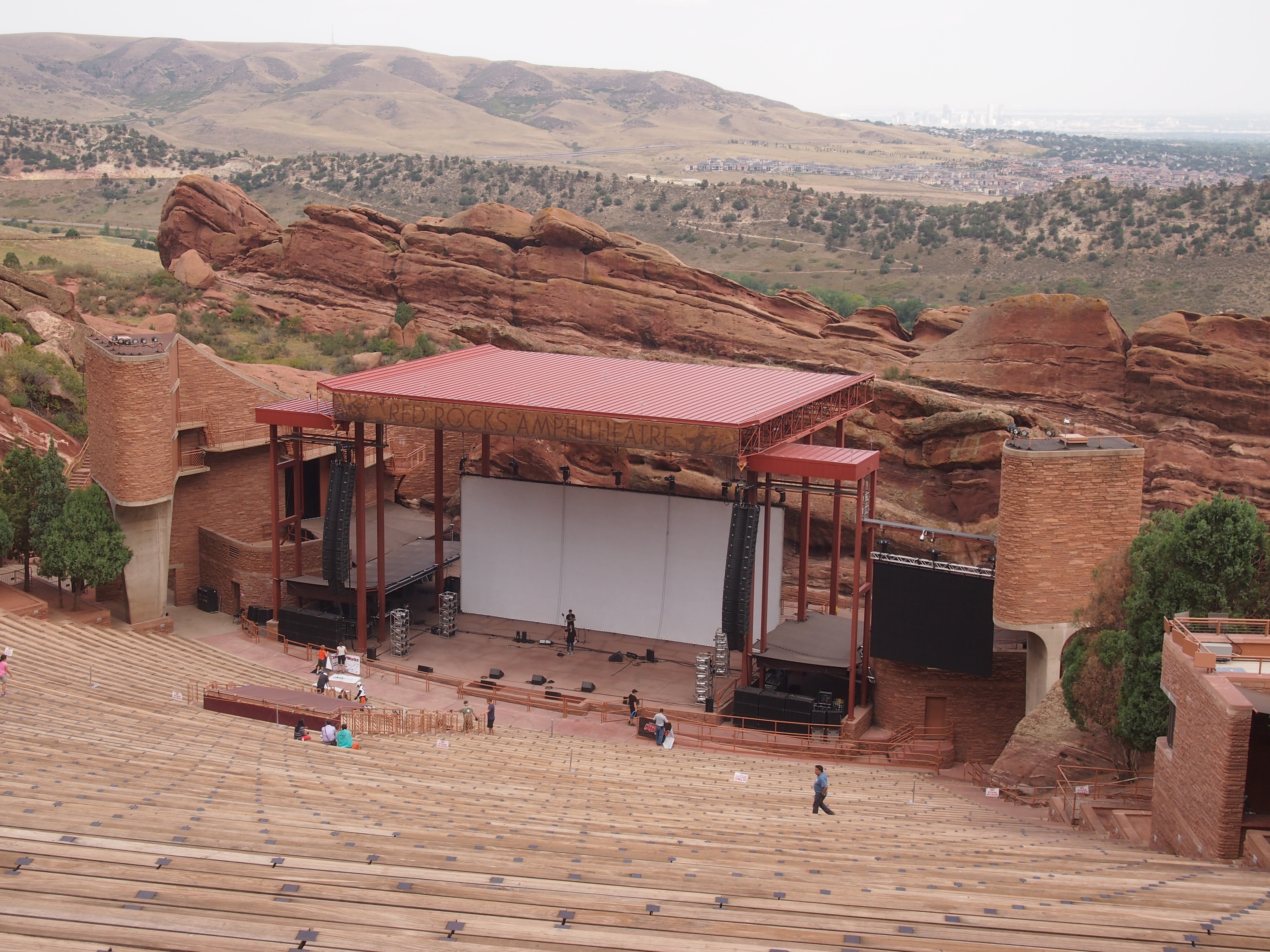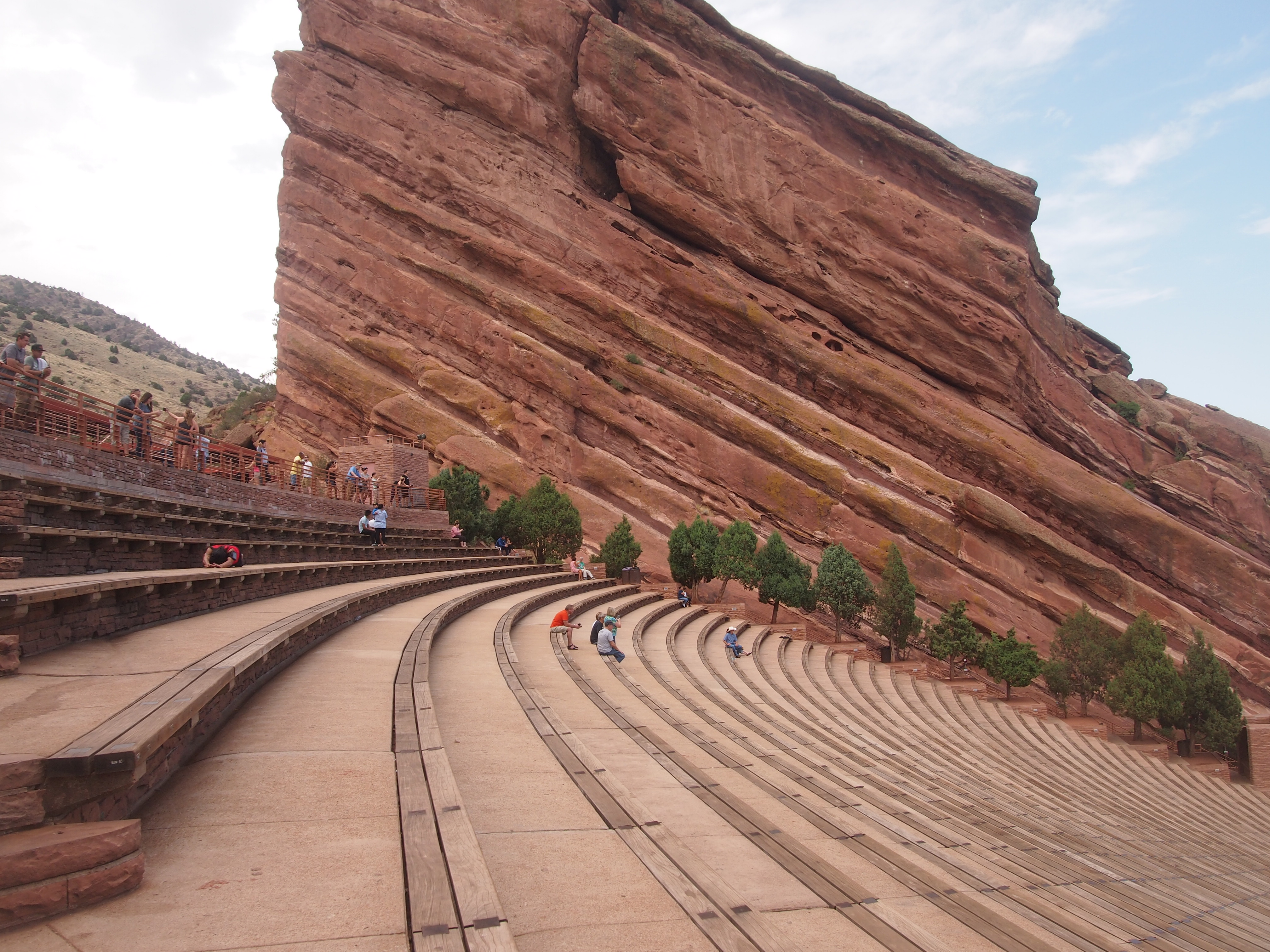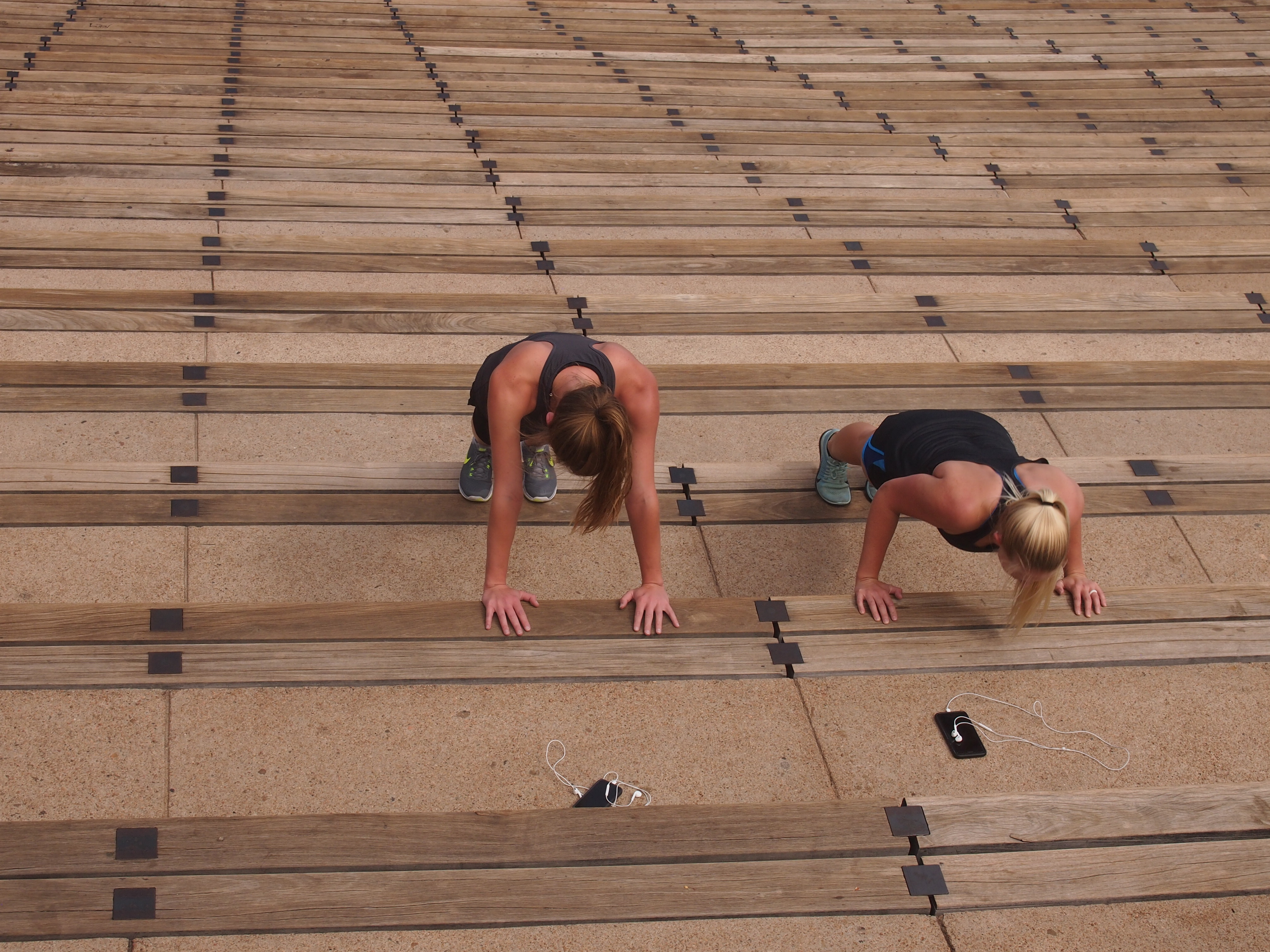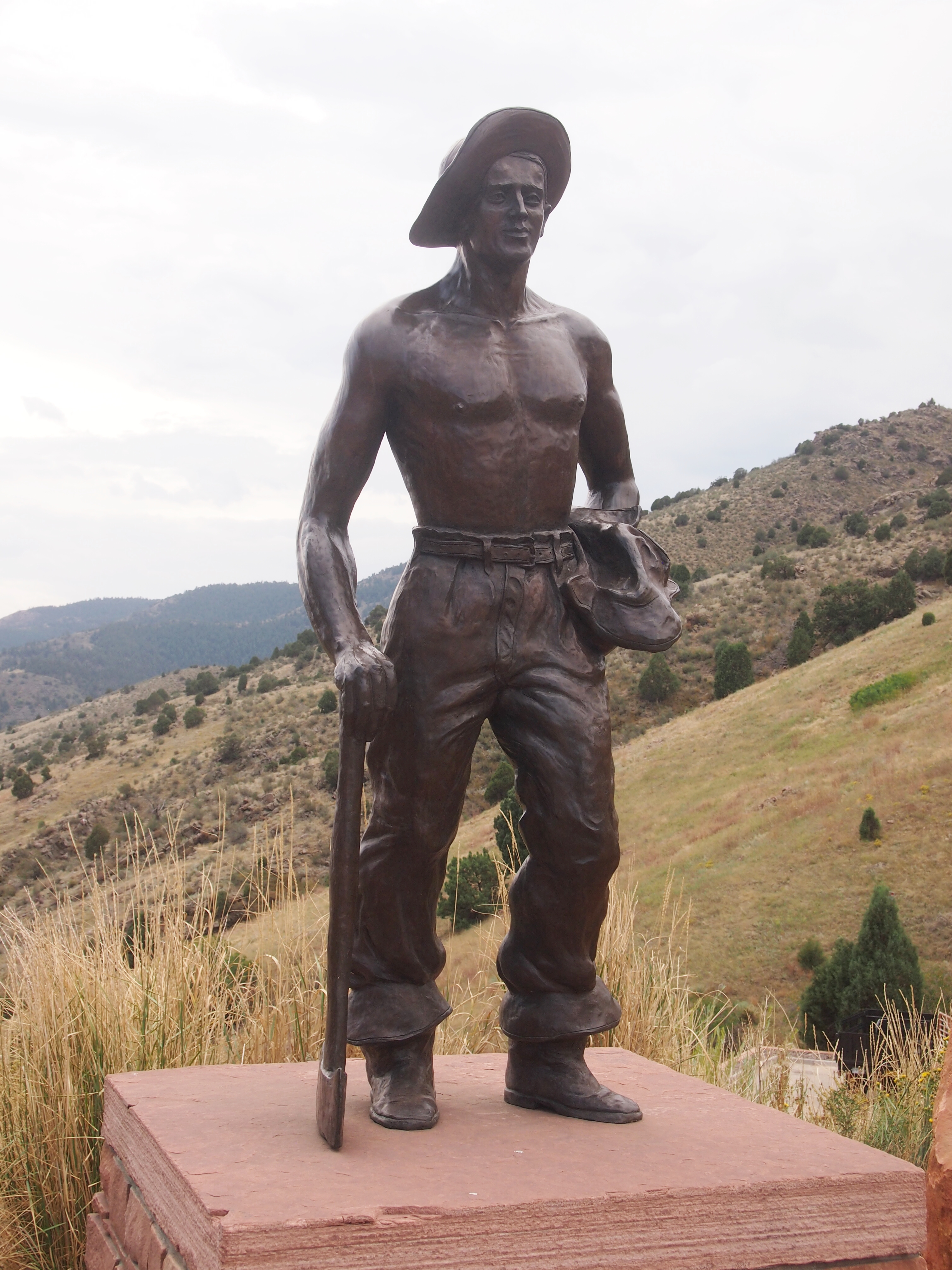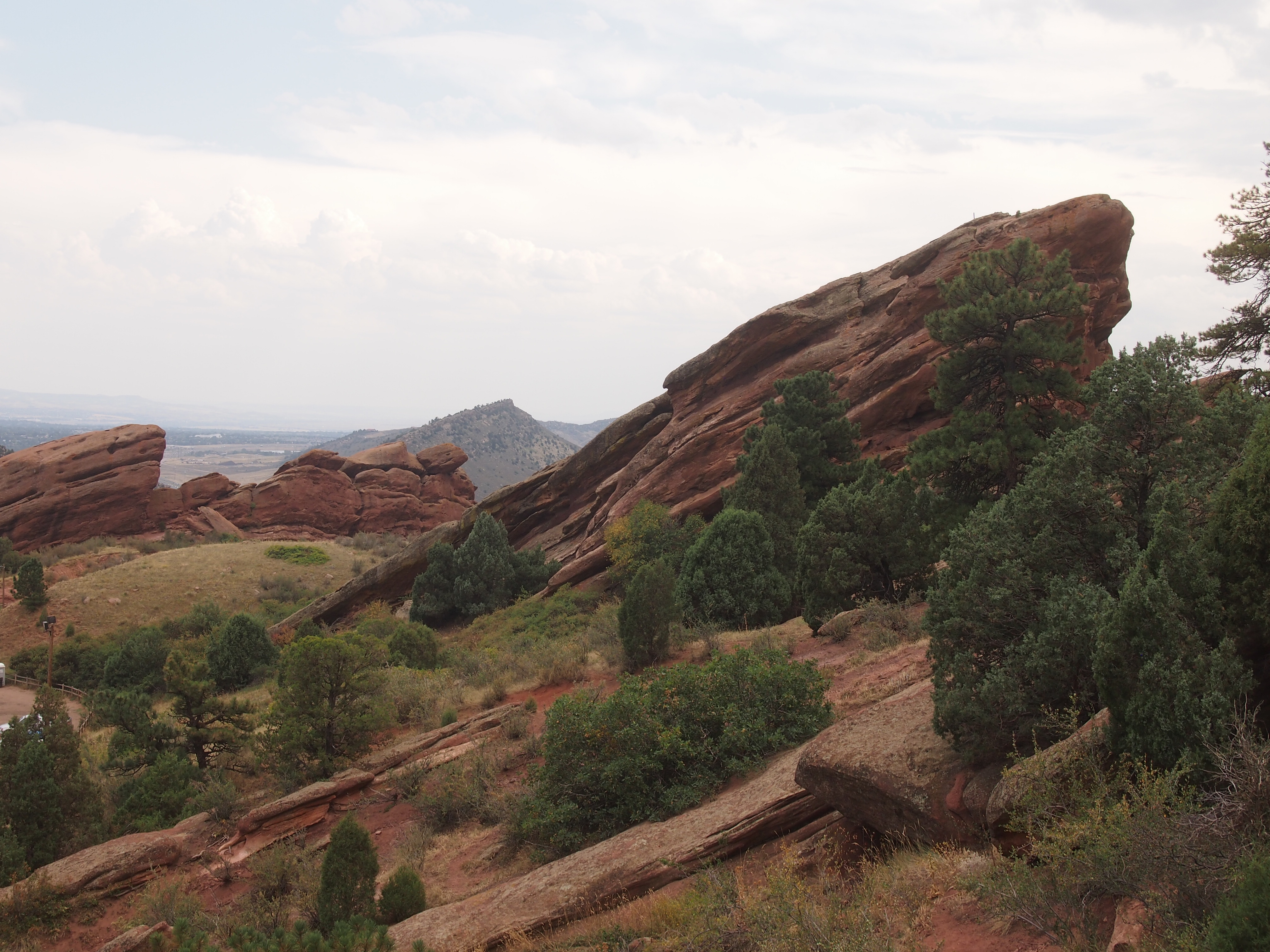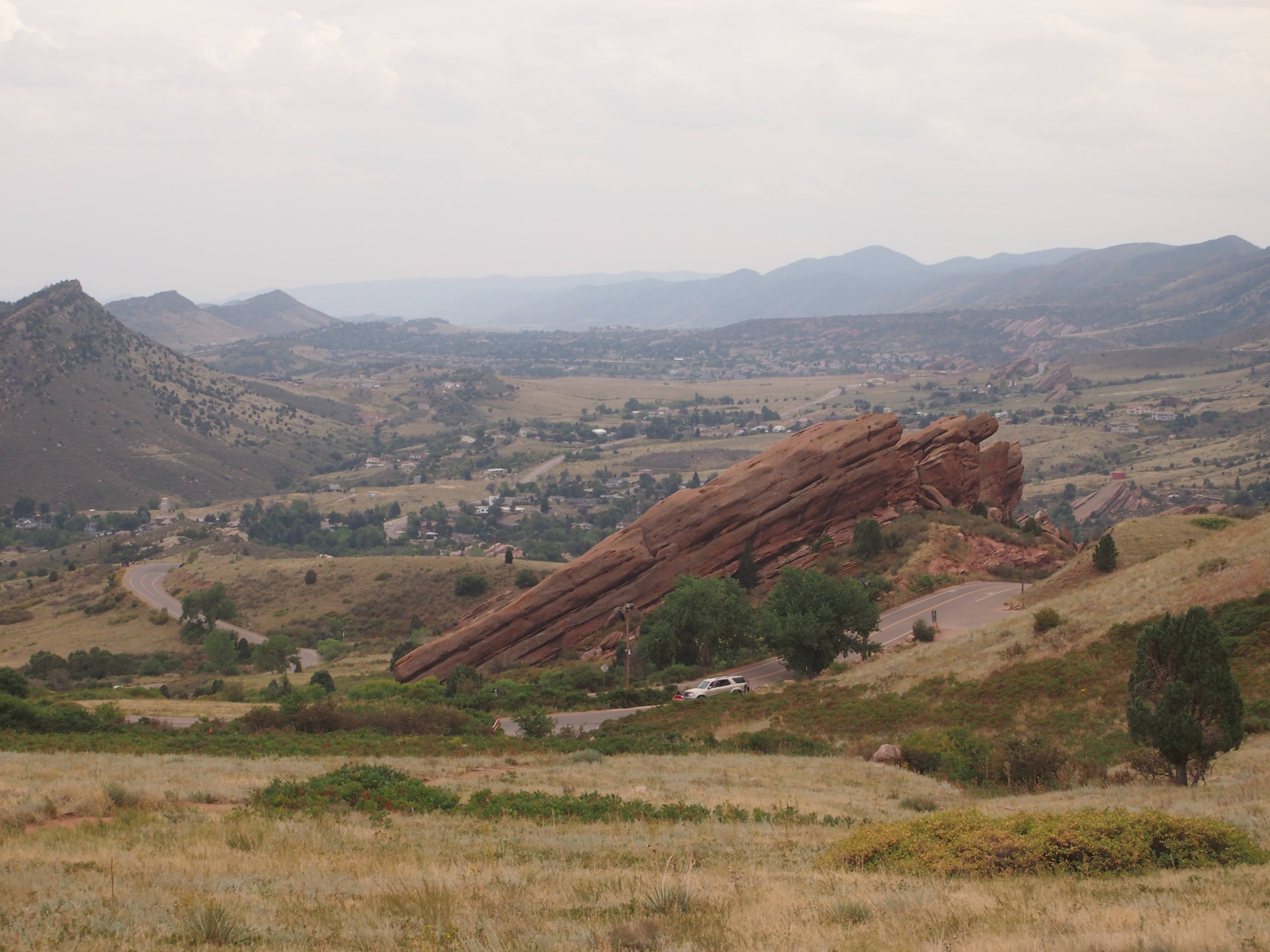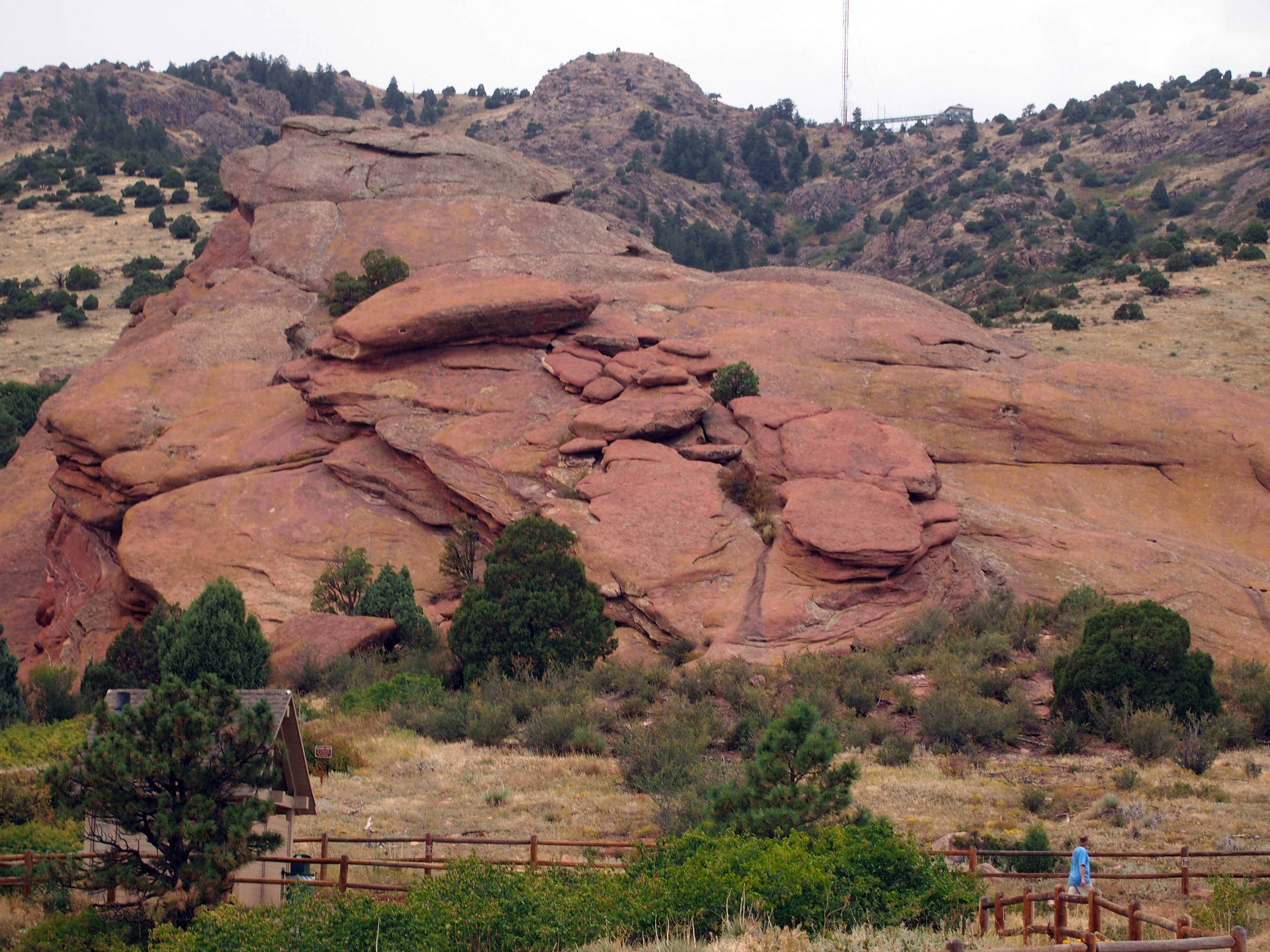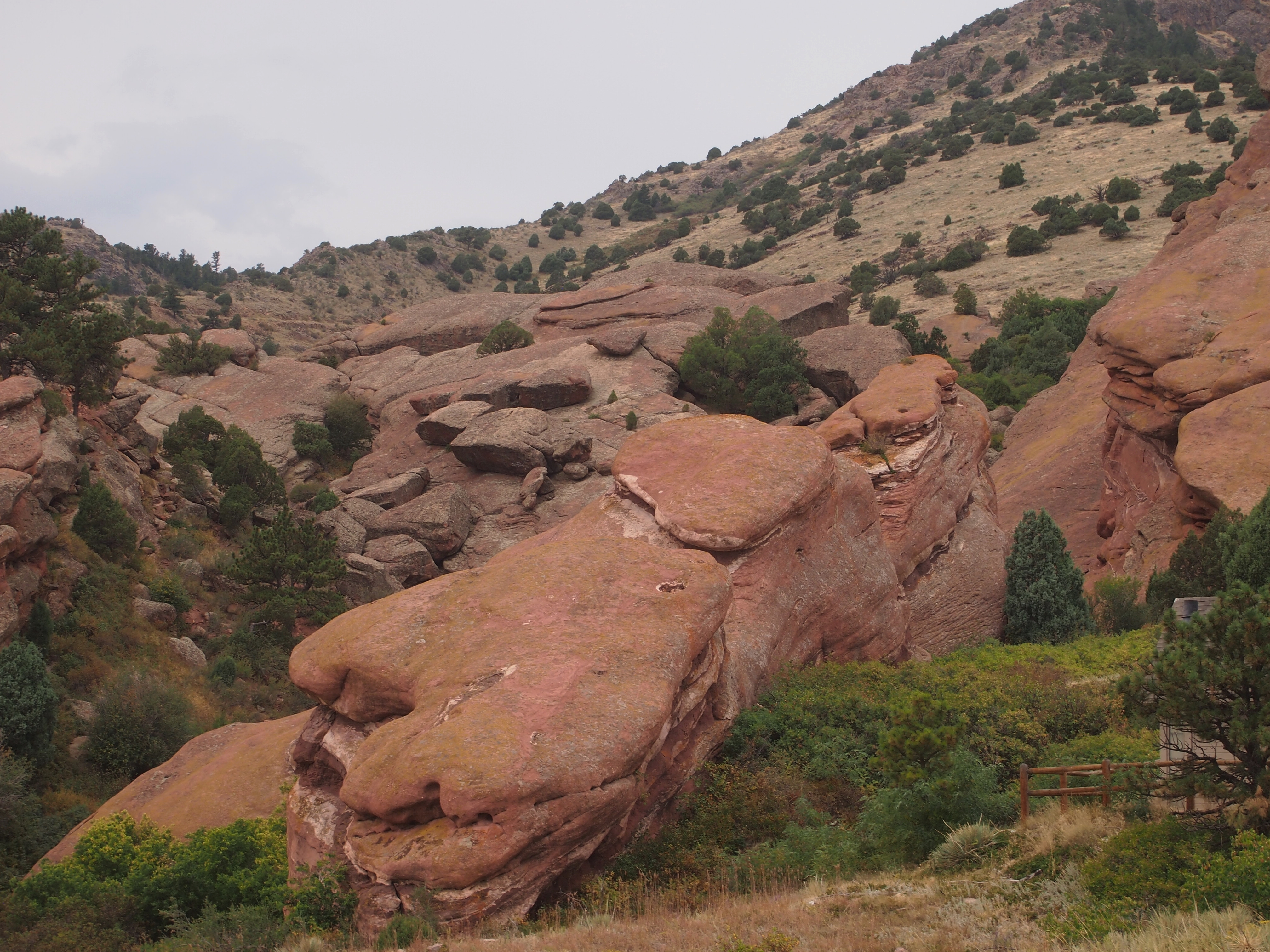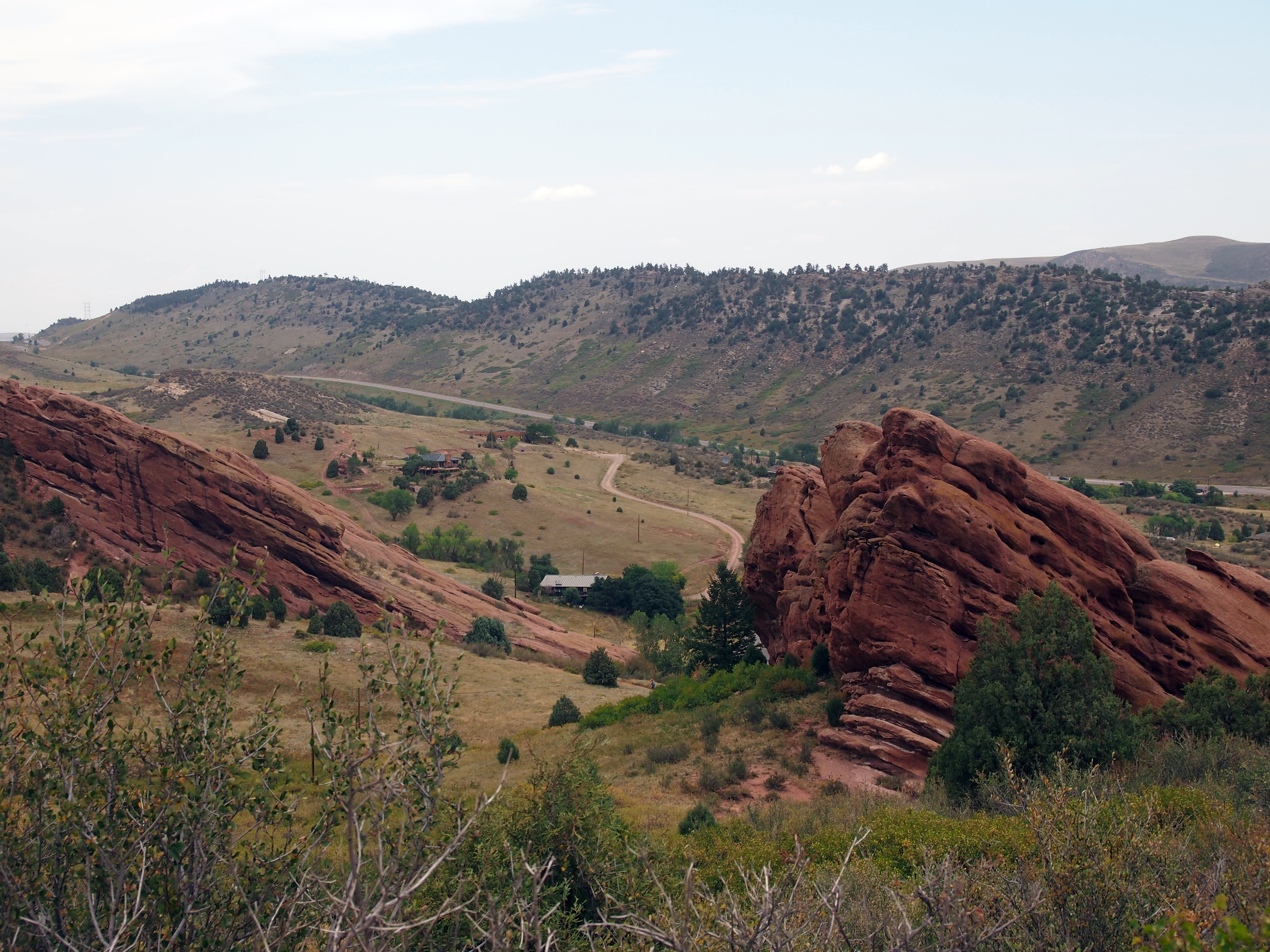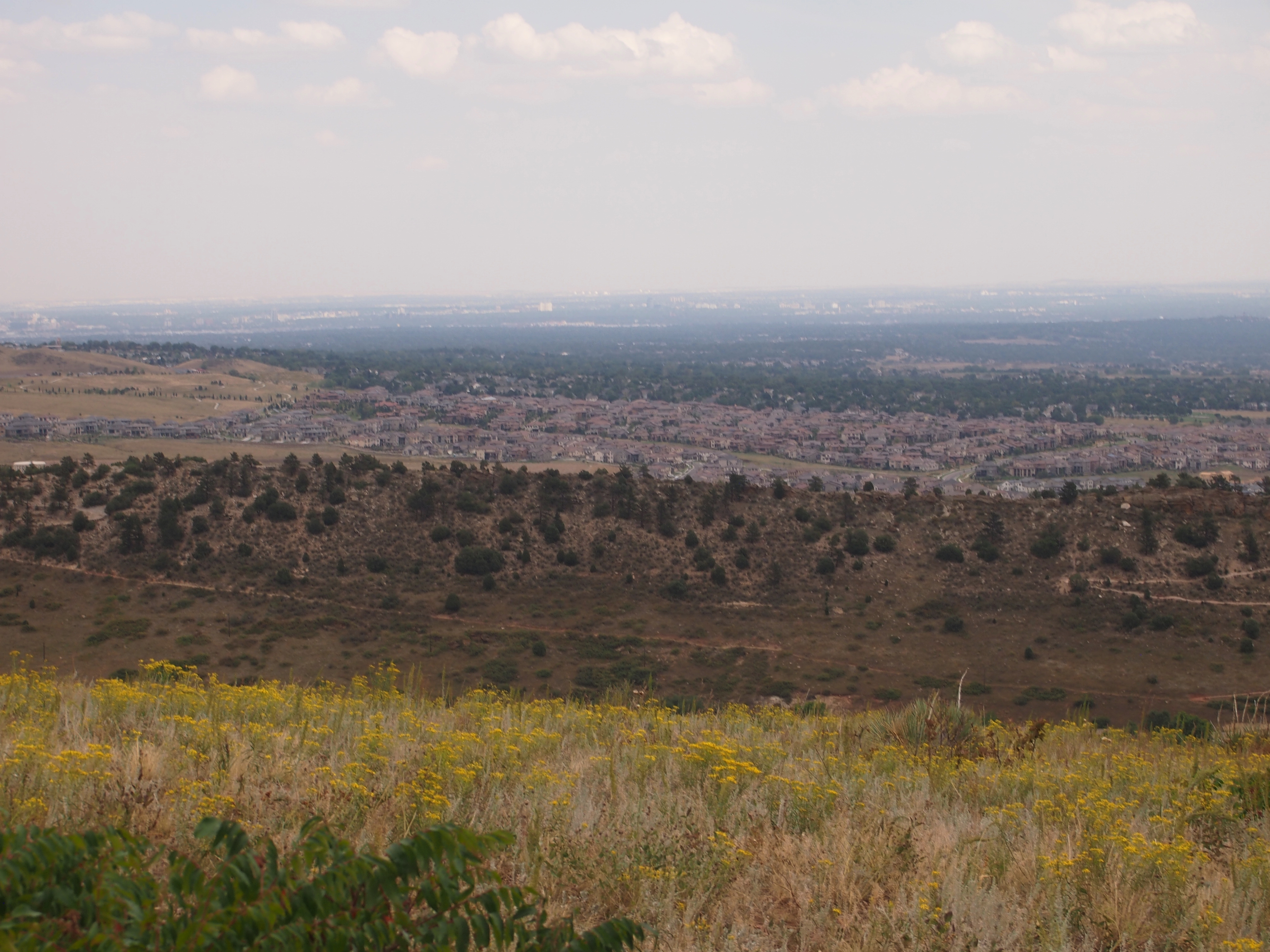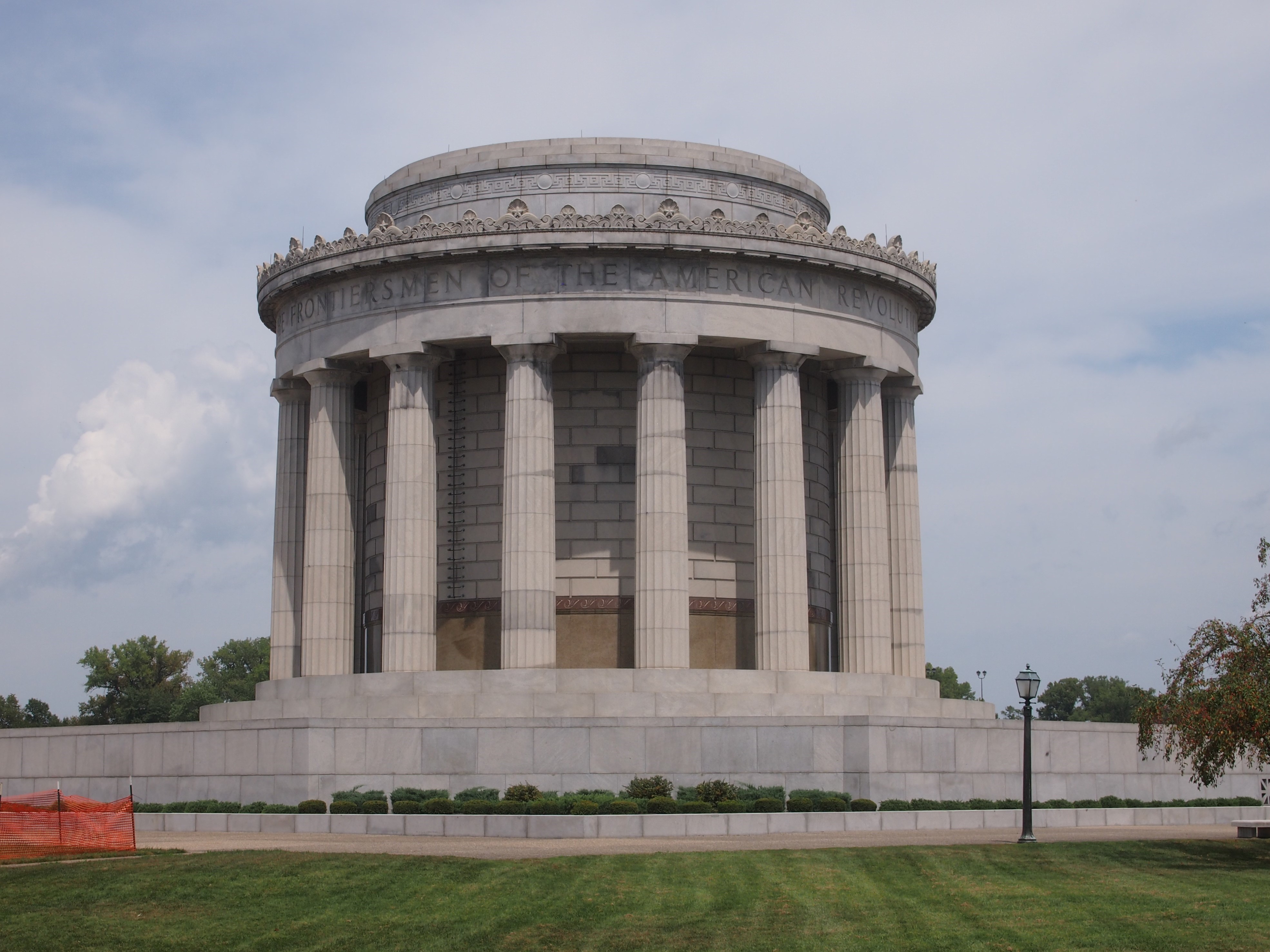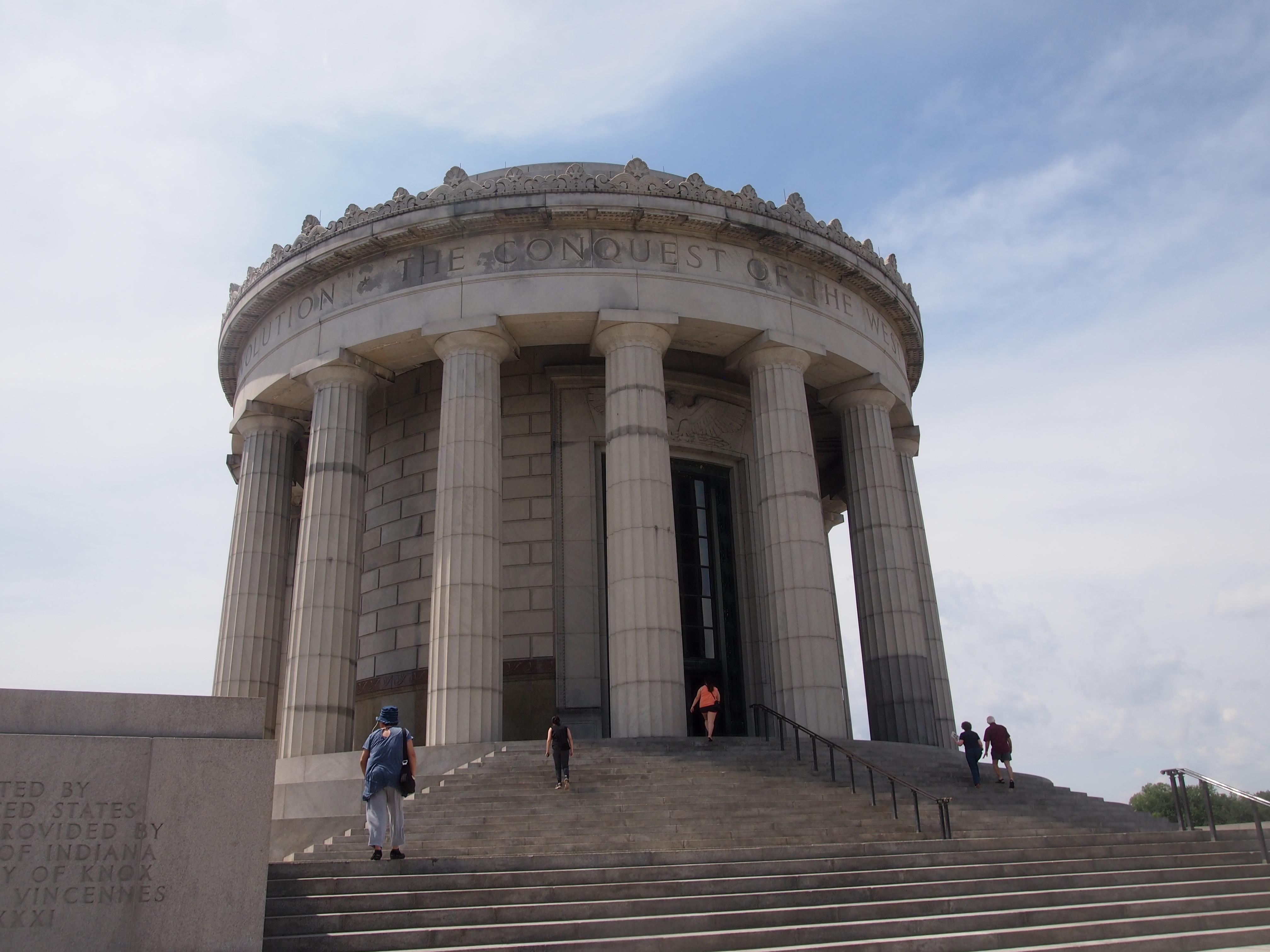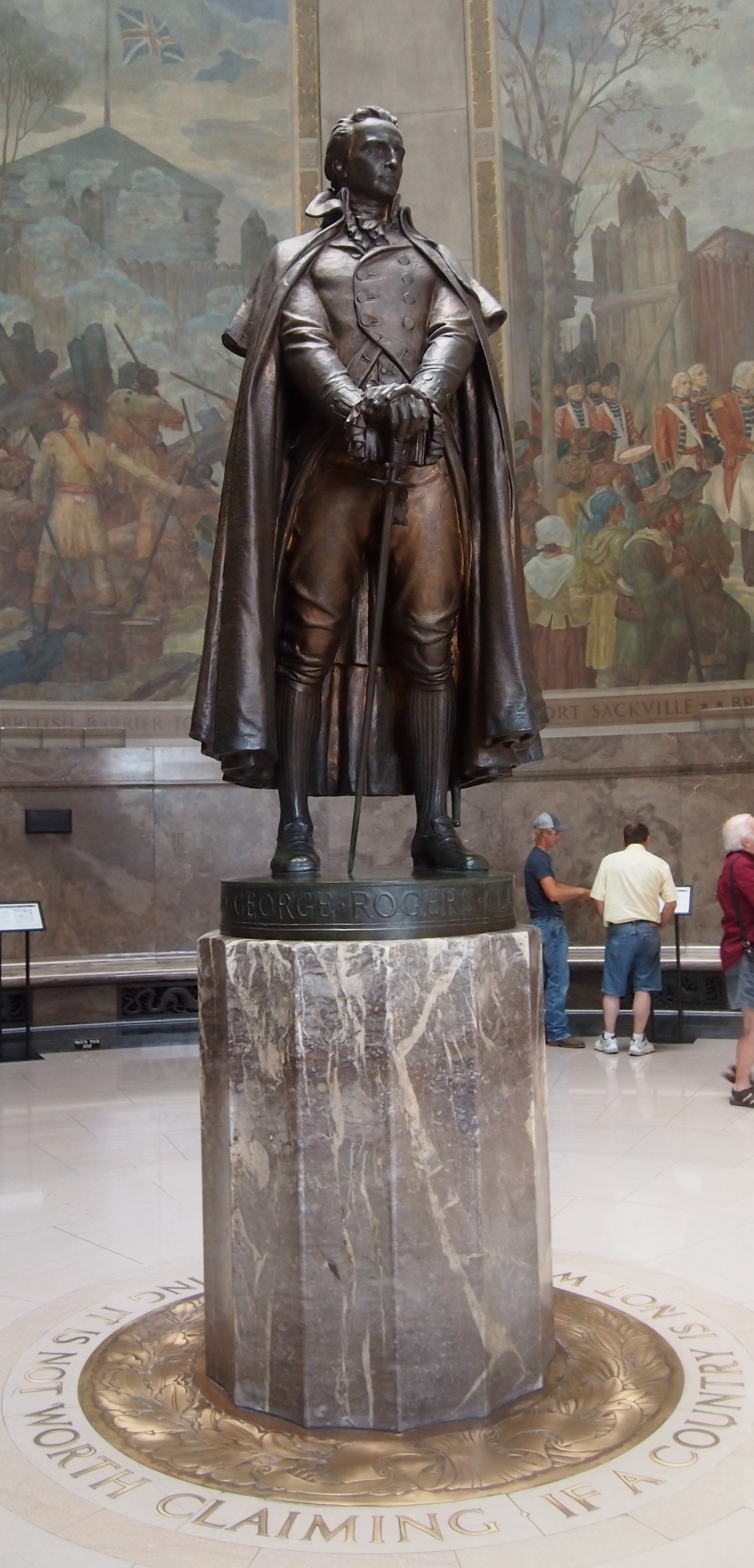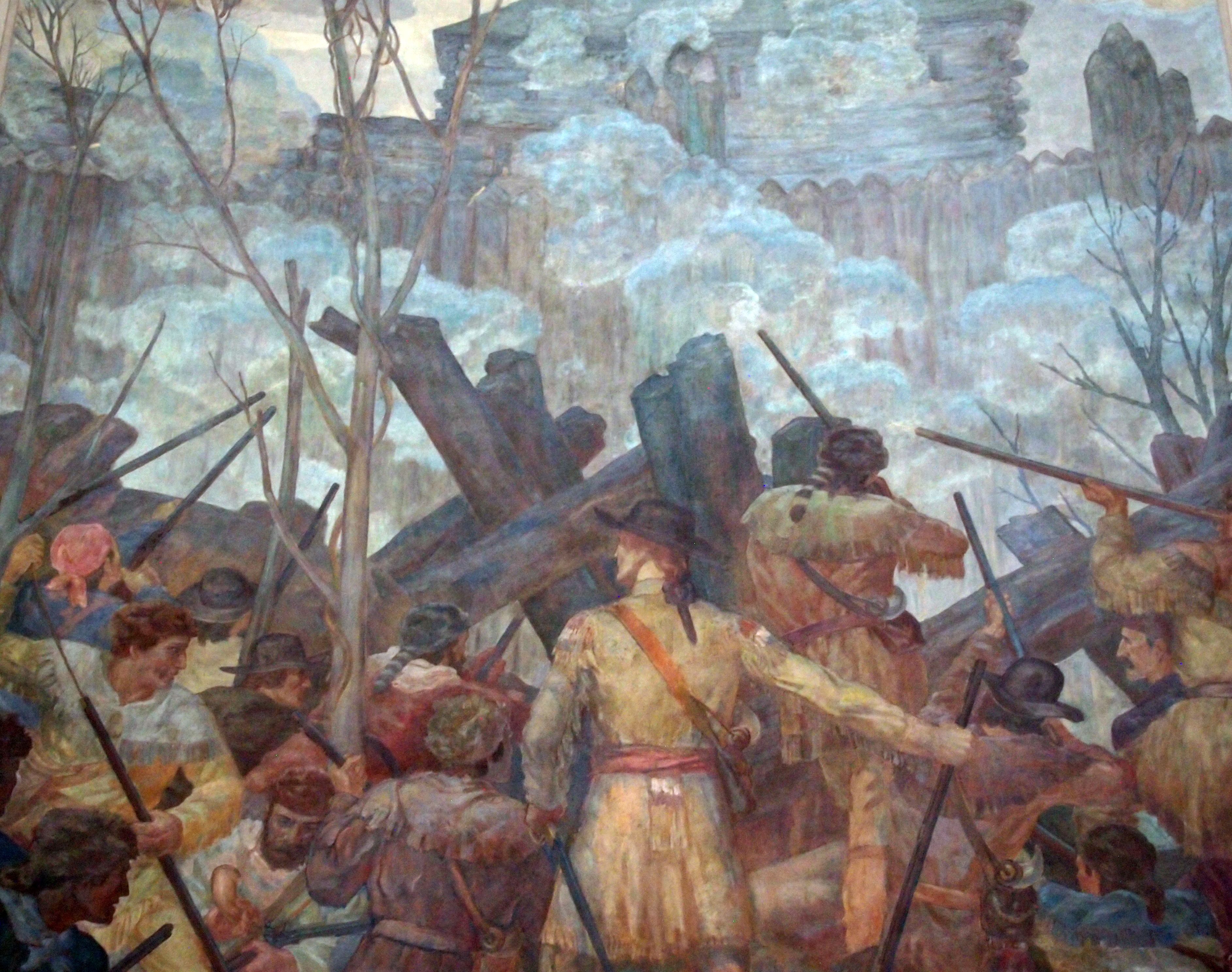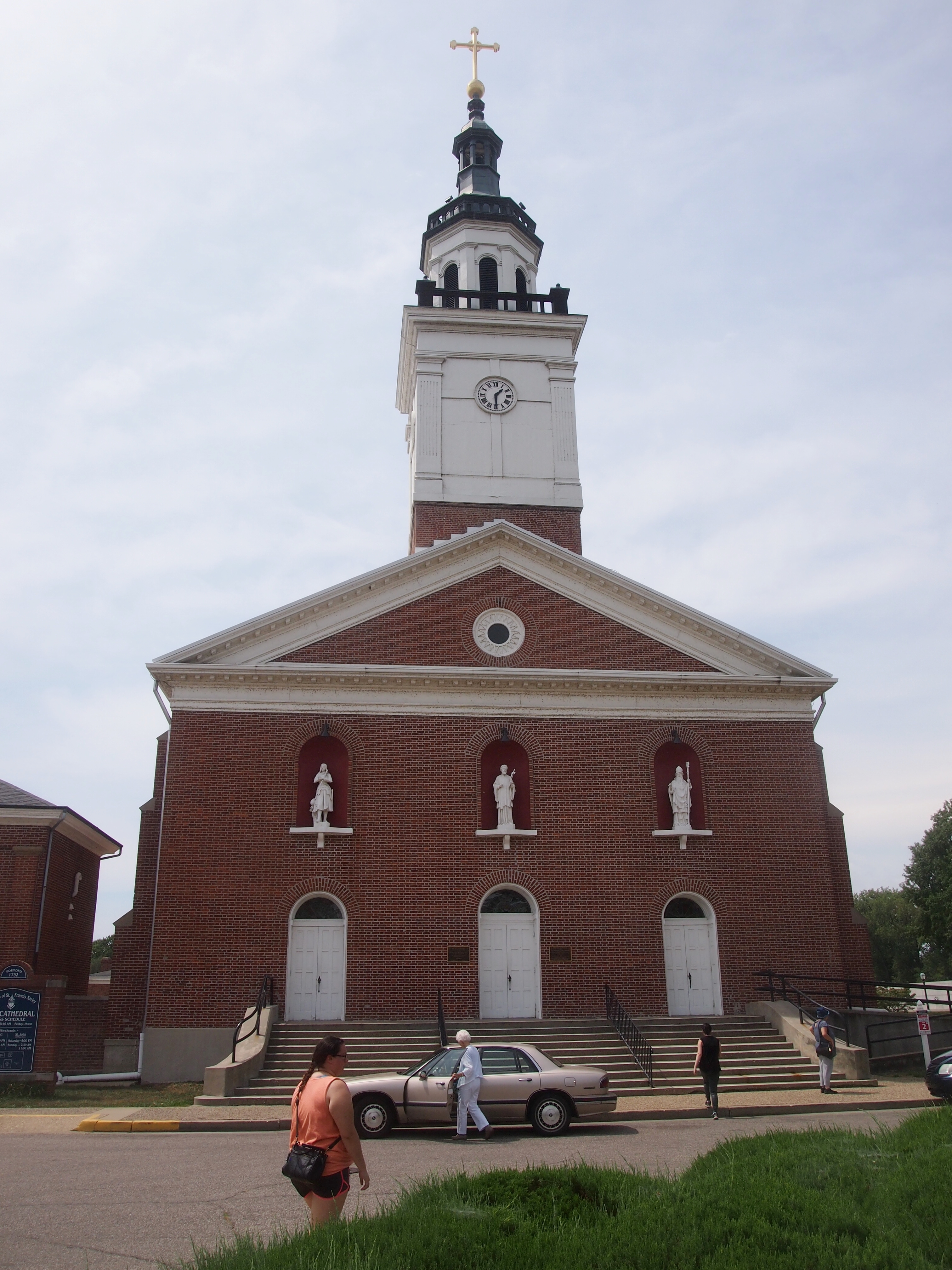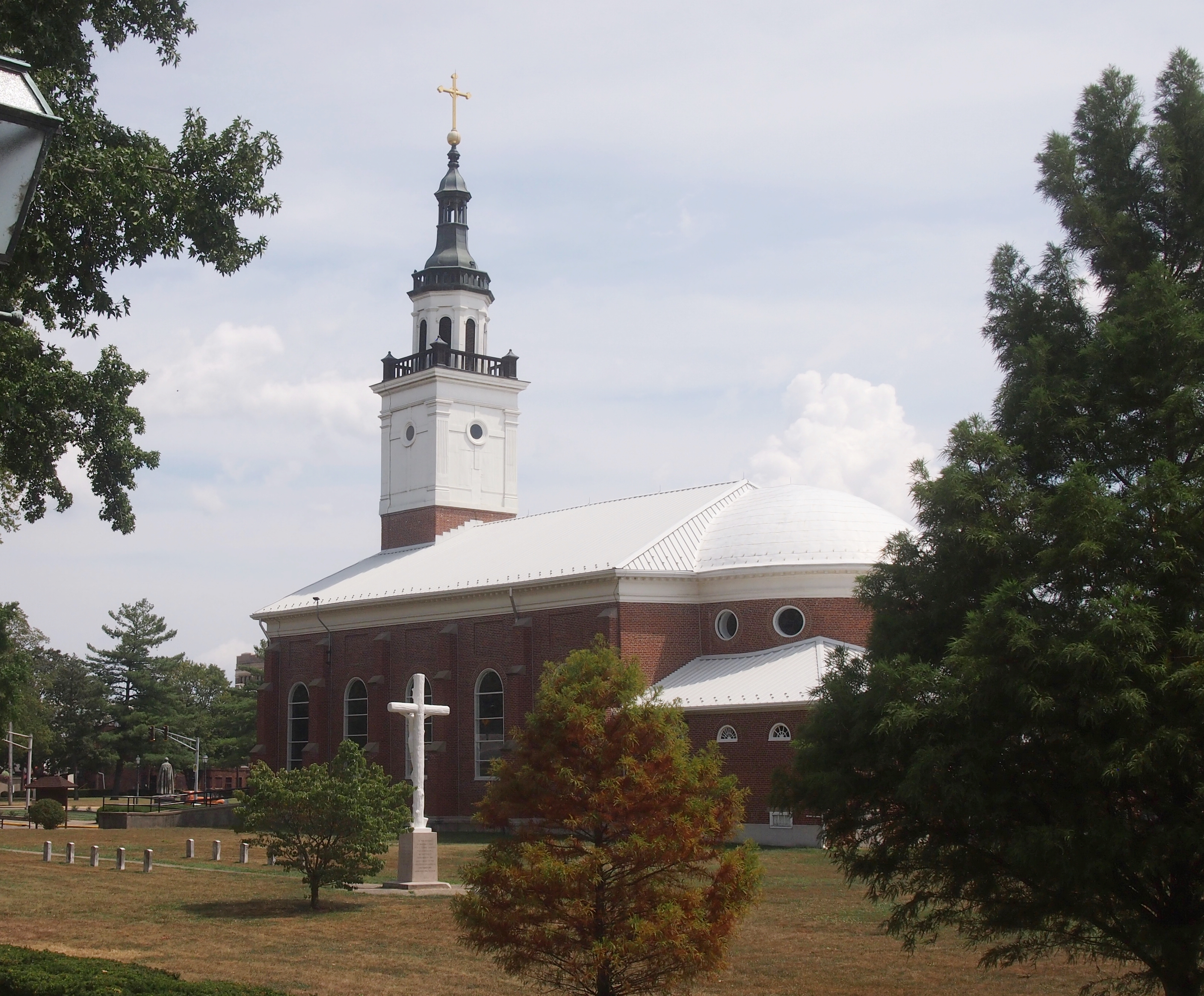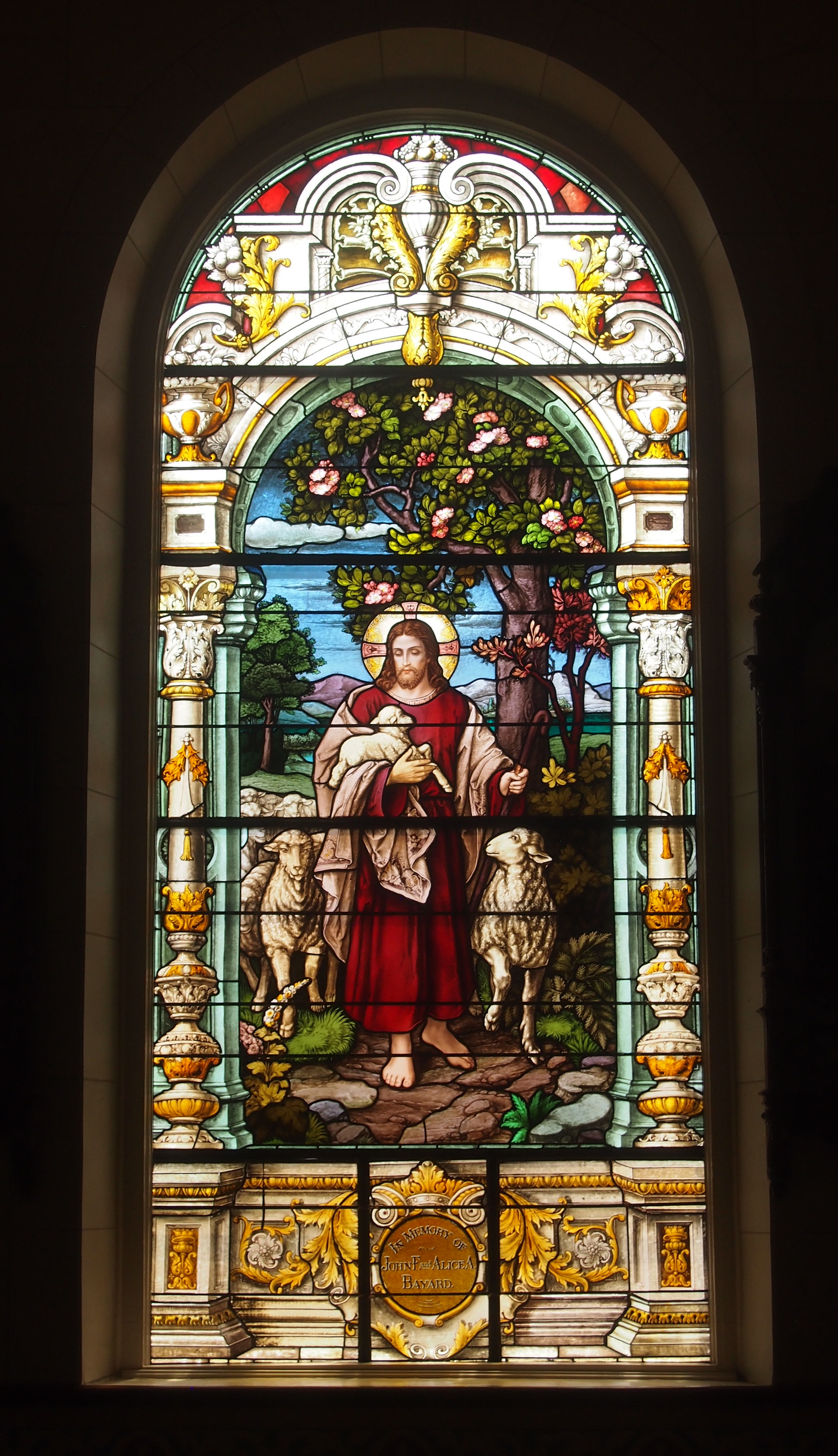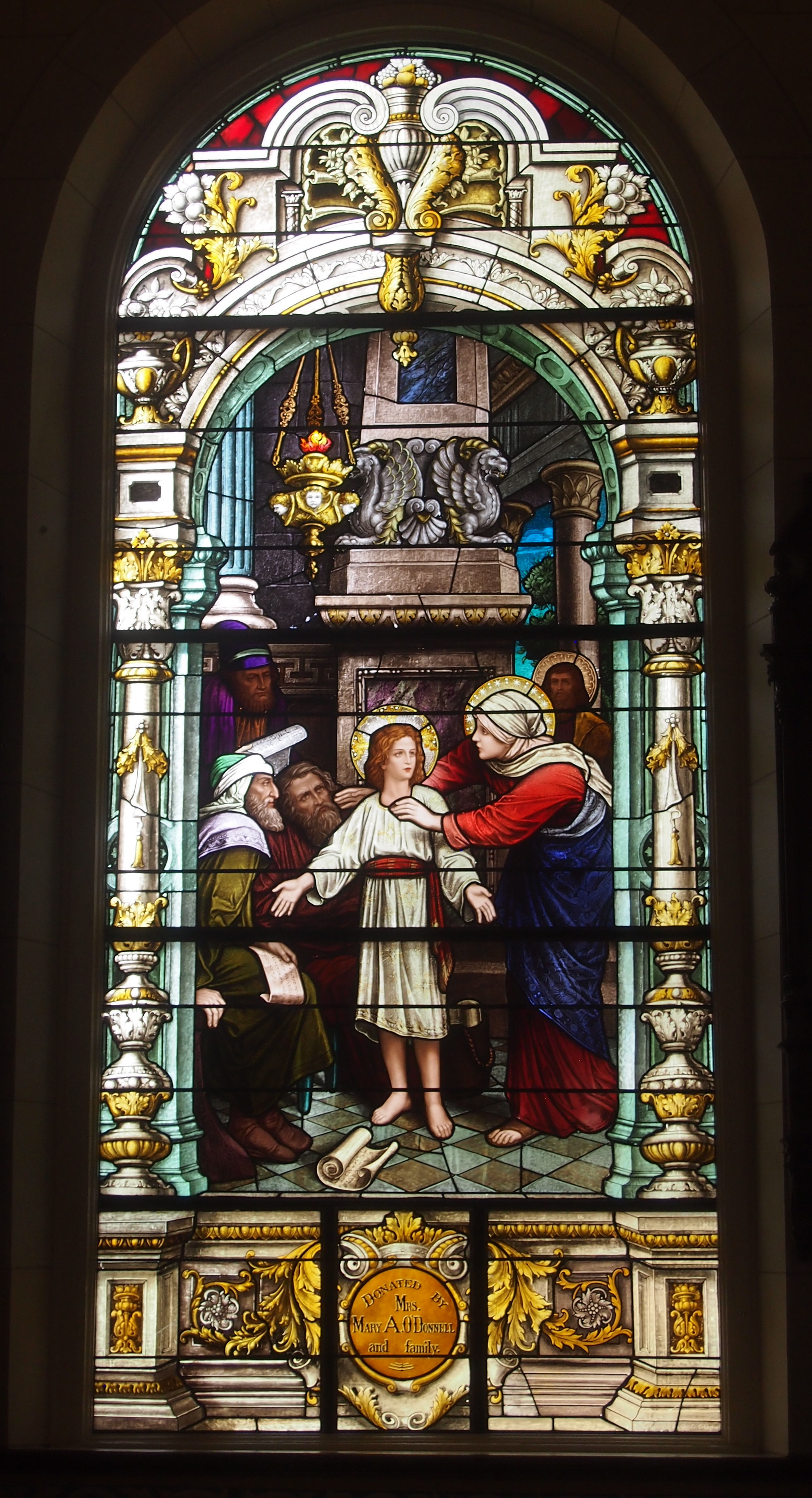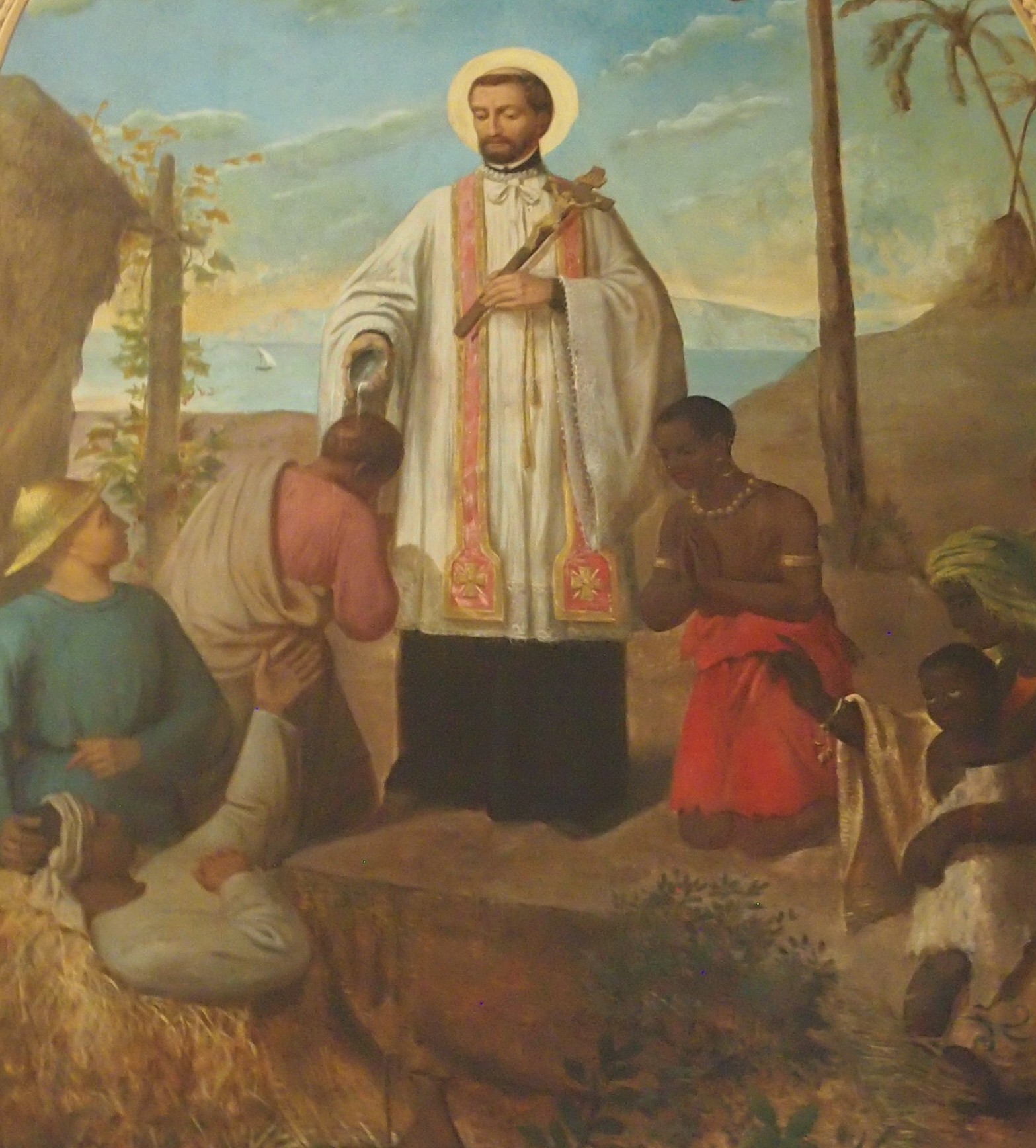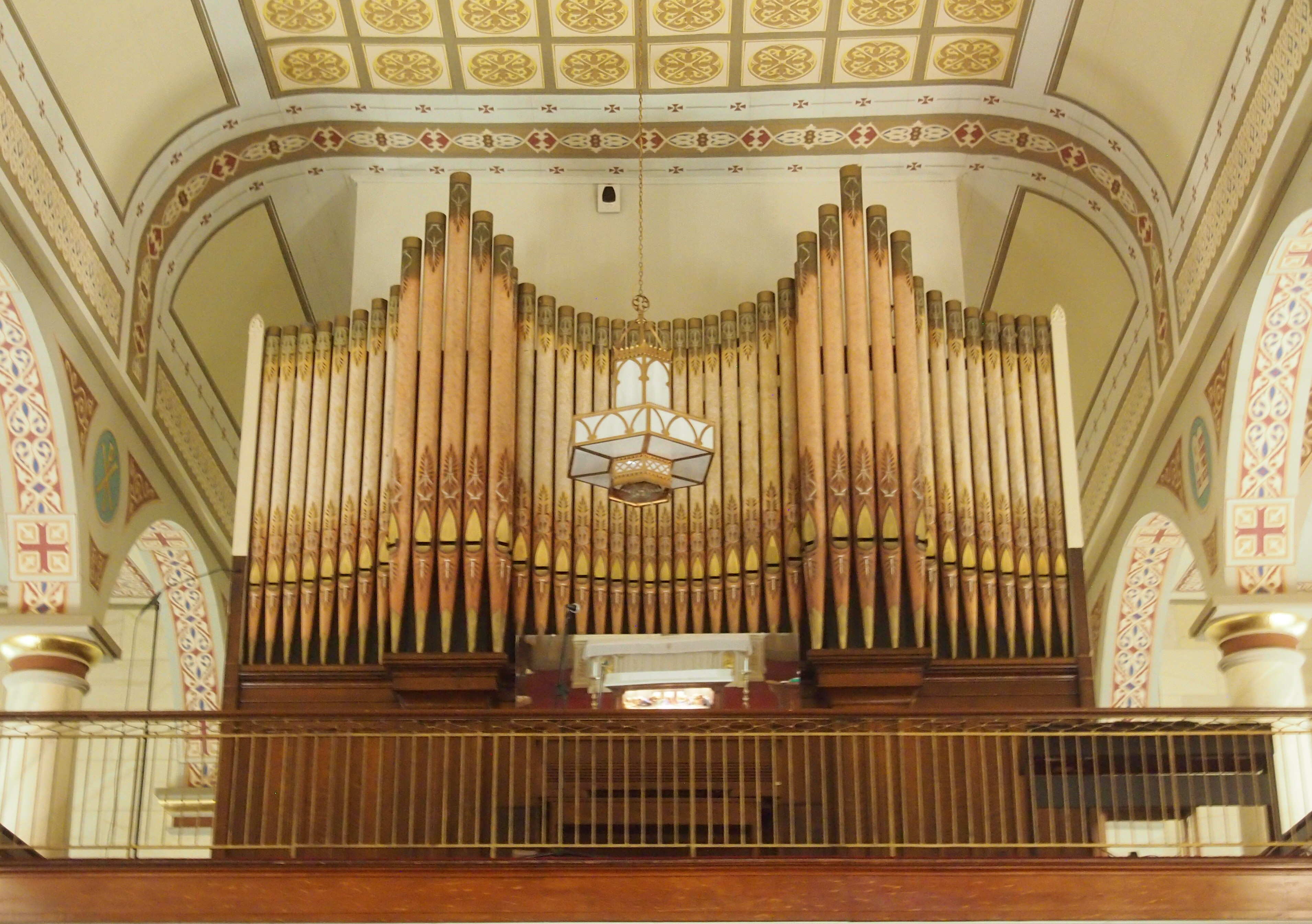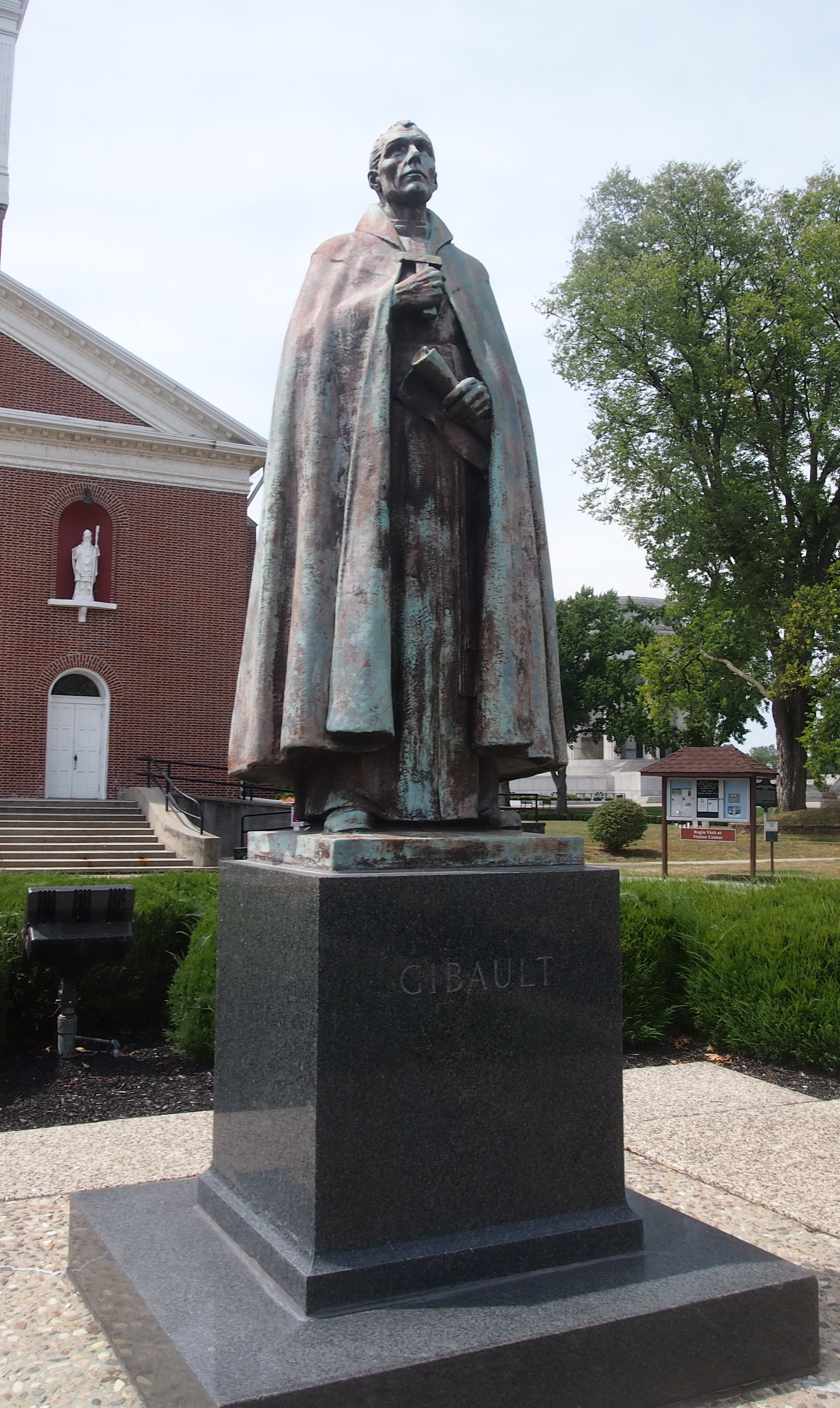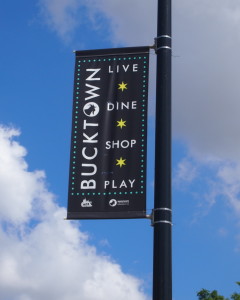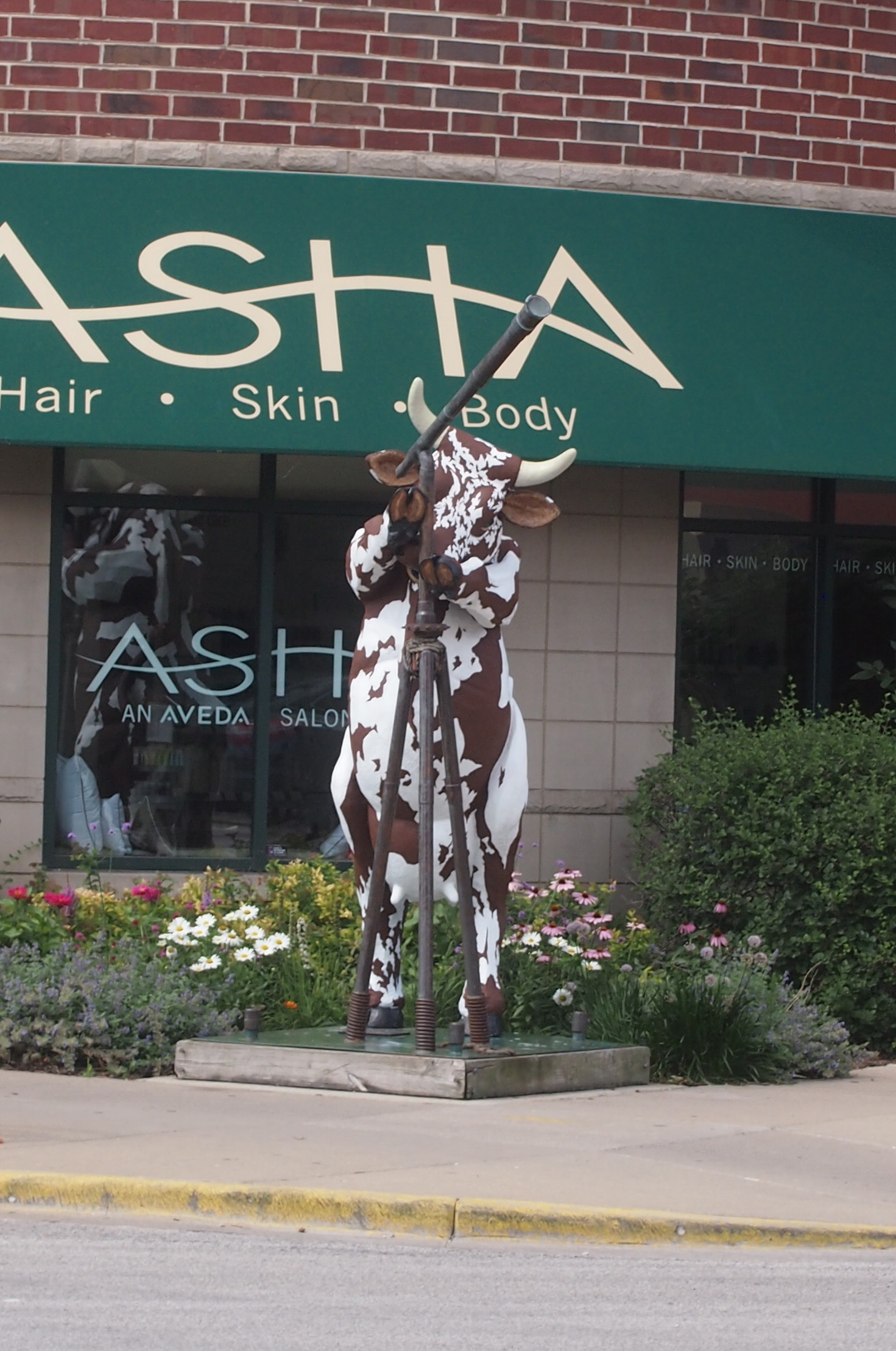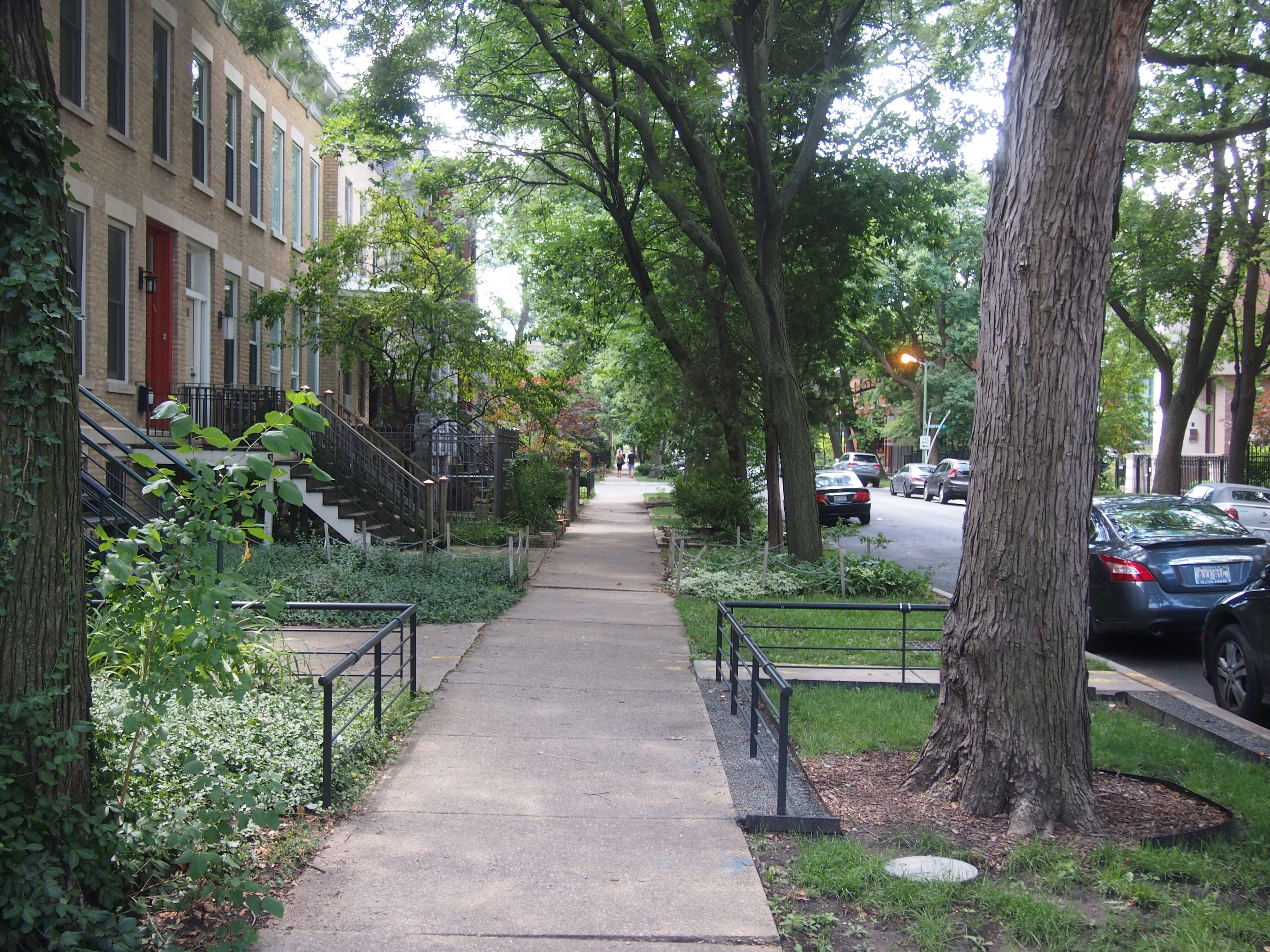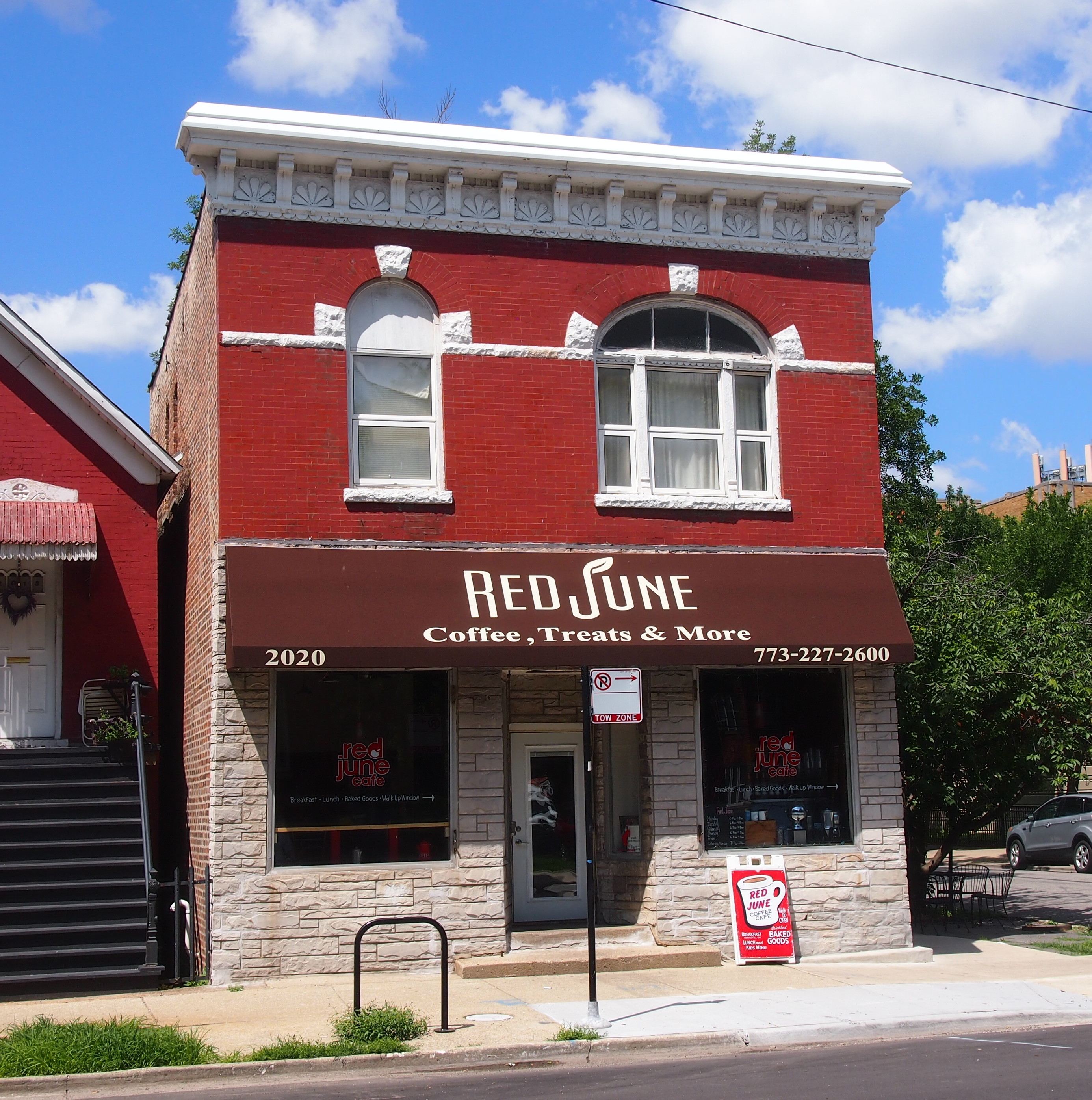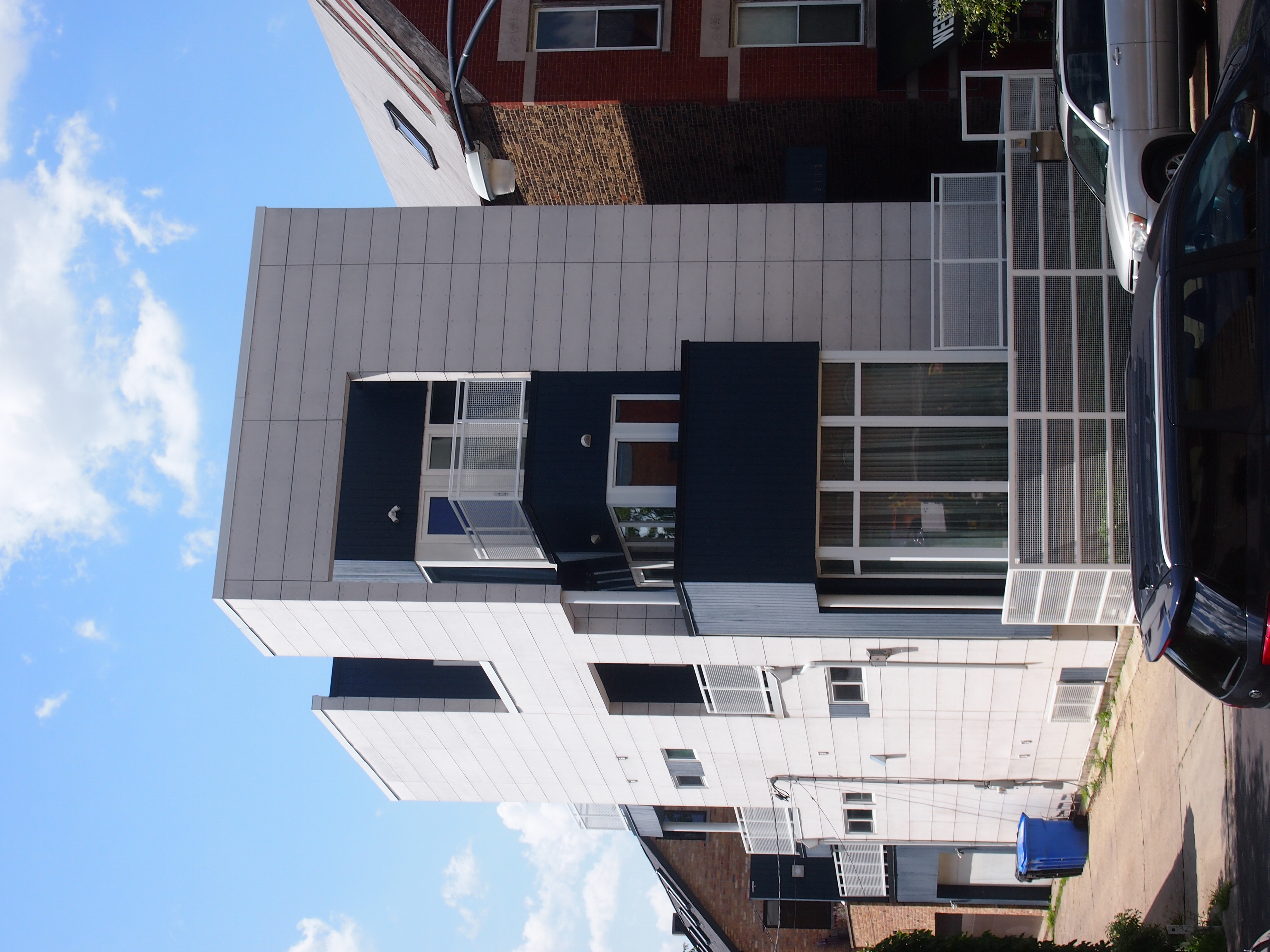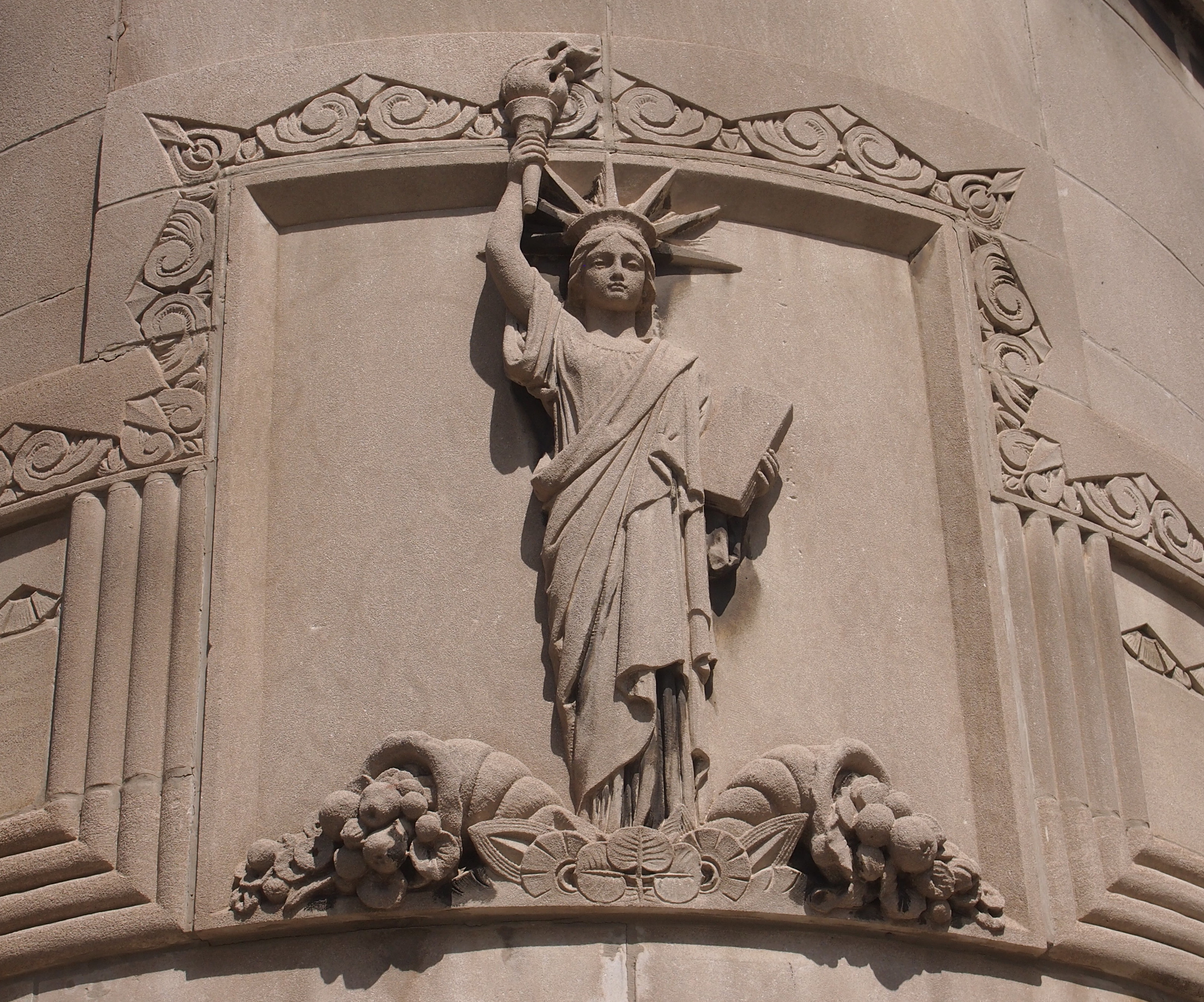Hot dry days here in northern Illinois around the equinox. Seems like September making up for the cool August, and the wet spring, but in any case it can’t last. It’s like walking on a shallow ledge far away from shore. Without warning the water’s going to get deep, just as you got used to ambling along only getting your feet wet. The cold will come just like that.
This is what Denver Union Station looks like, from across Wynkoop St. toward the grand entrance, in the early years of the 21st century. That is, earlier this month.
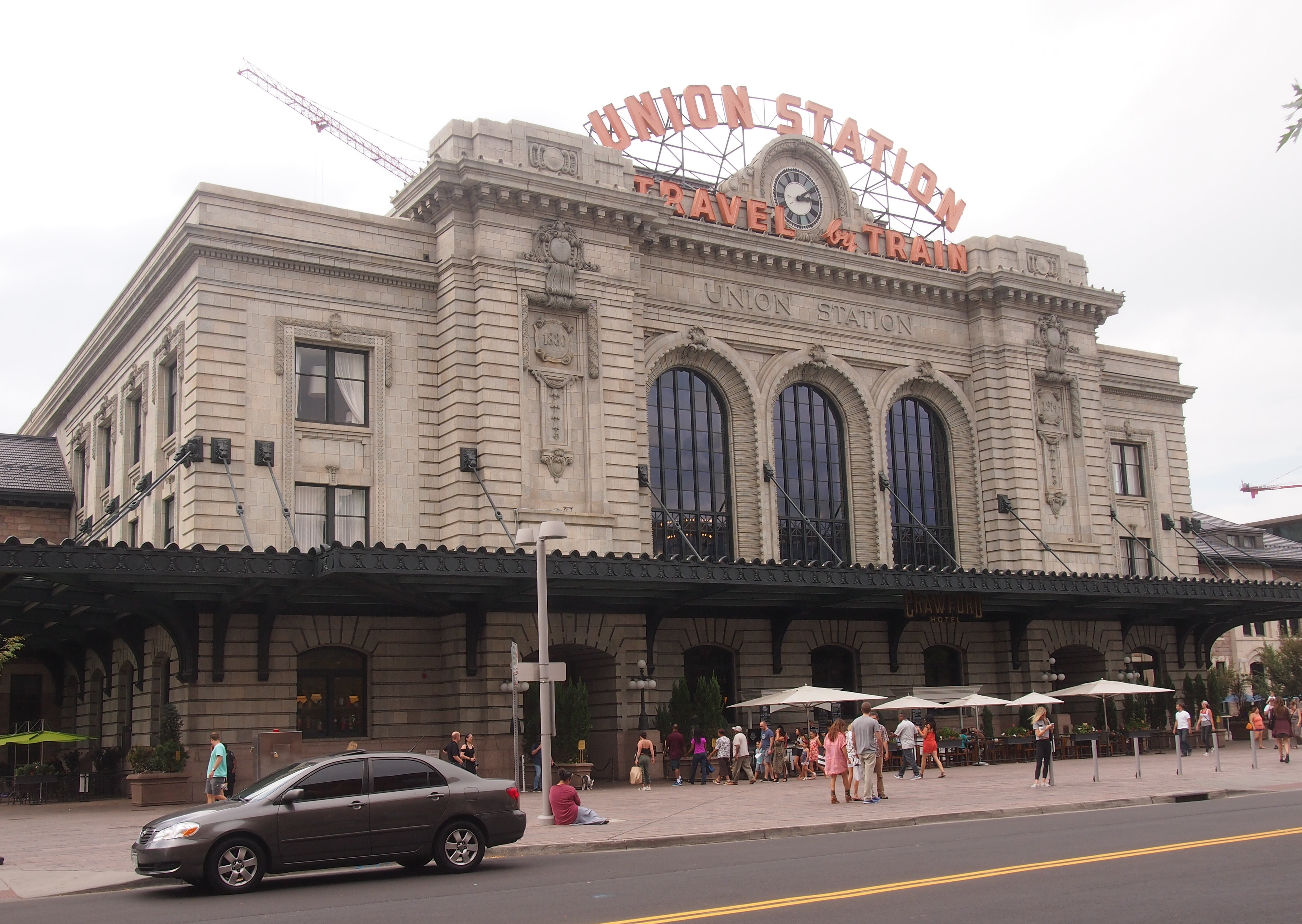 It’s easy to get sentimental about trains (this song does so too, but remarkably also addresses the evil done with trains at times). It’s especially easy to get sentimental in the presence of a refurbished structure from the golden age of American railroading.
It’s easy to get sentimental about trains (this song does so too, but remarkably also addresses the evil done with trains at times). It’s especially easy to get sentimental in the presence of a refurbished structure from the golden age of American railroading.
In the late 19th century, a number of railroads serving Denver collaborated to erect Union Station. A fire and some rebuilding put it in its 20th century form by 1914. The years passed and countless thousands of people passed through the station at the edge of the Rockies.
By the latter years of the century, the place was run down, as passenger train service became a shadow of its former self. In our time — the 2010s — the ad hoc Union Station Alliance revived the place. Kudos to all those Denver companies in the Alliance: Urban Neighborhoods Inc., Sage Hospitality, Larimer Associates, REGen, and McWhinney.
As befitting more recent times, the station is now more than a transit nexus, though it’s still that, with Amtrak serving the station, as well as light rail, commuter rail and buses. Modern Union Station also includes the 112-room Crawford Hotel and 22,000 square feet of ground-floor shops and restaurants.
The 12,000-square-foot Great Hall serves as the hotel lobby, public space, and train waiting room. And as a place for me to rest during my walkabout in downtown Denver.
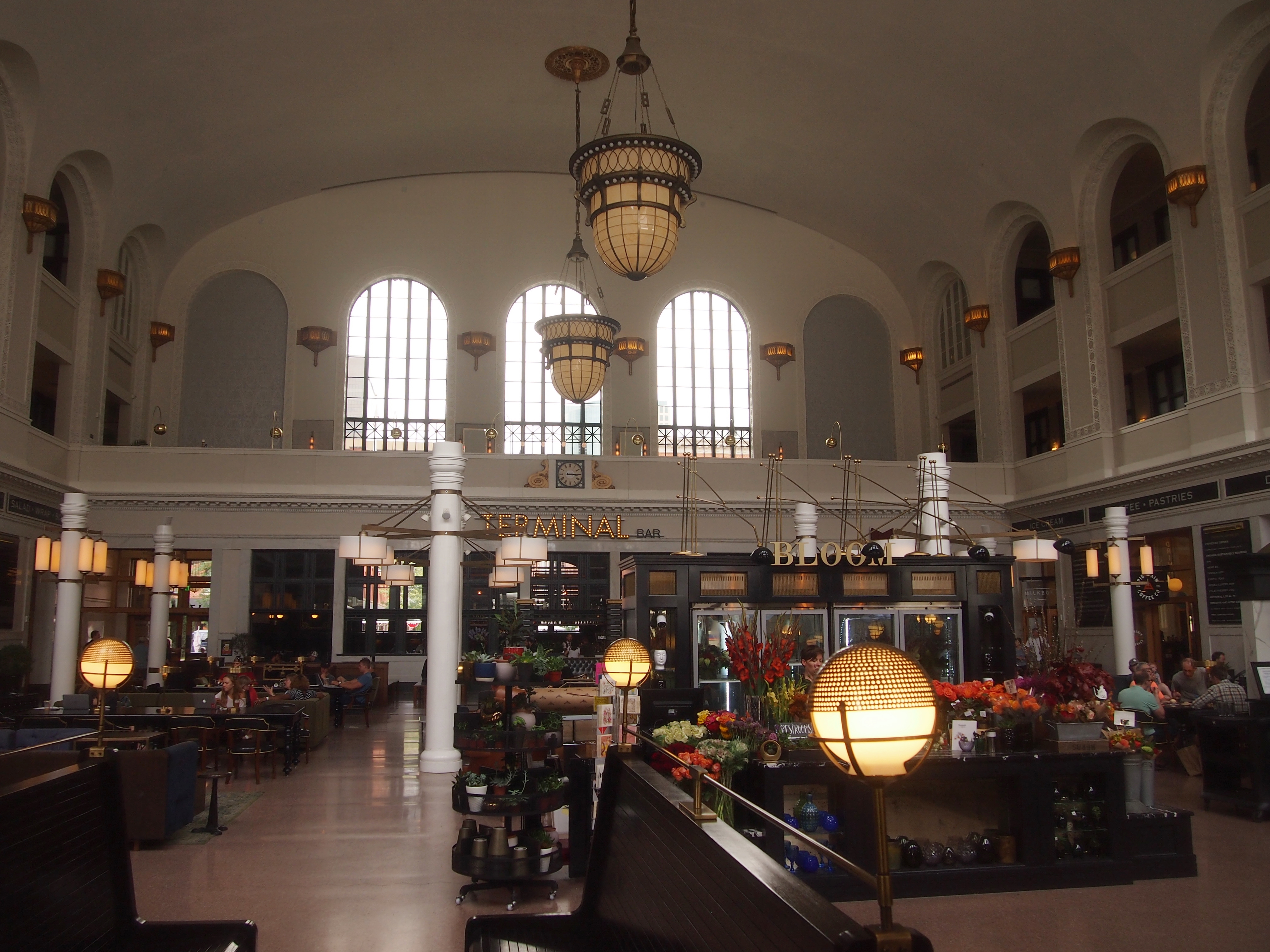 But I didn’t rest too long. I wanted to see the other side.
But I didn’t rest too long. I wanted to see the other side.
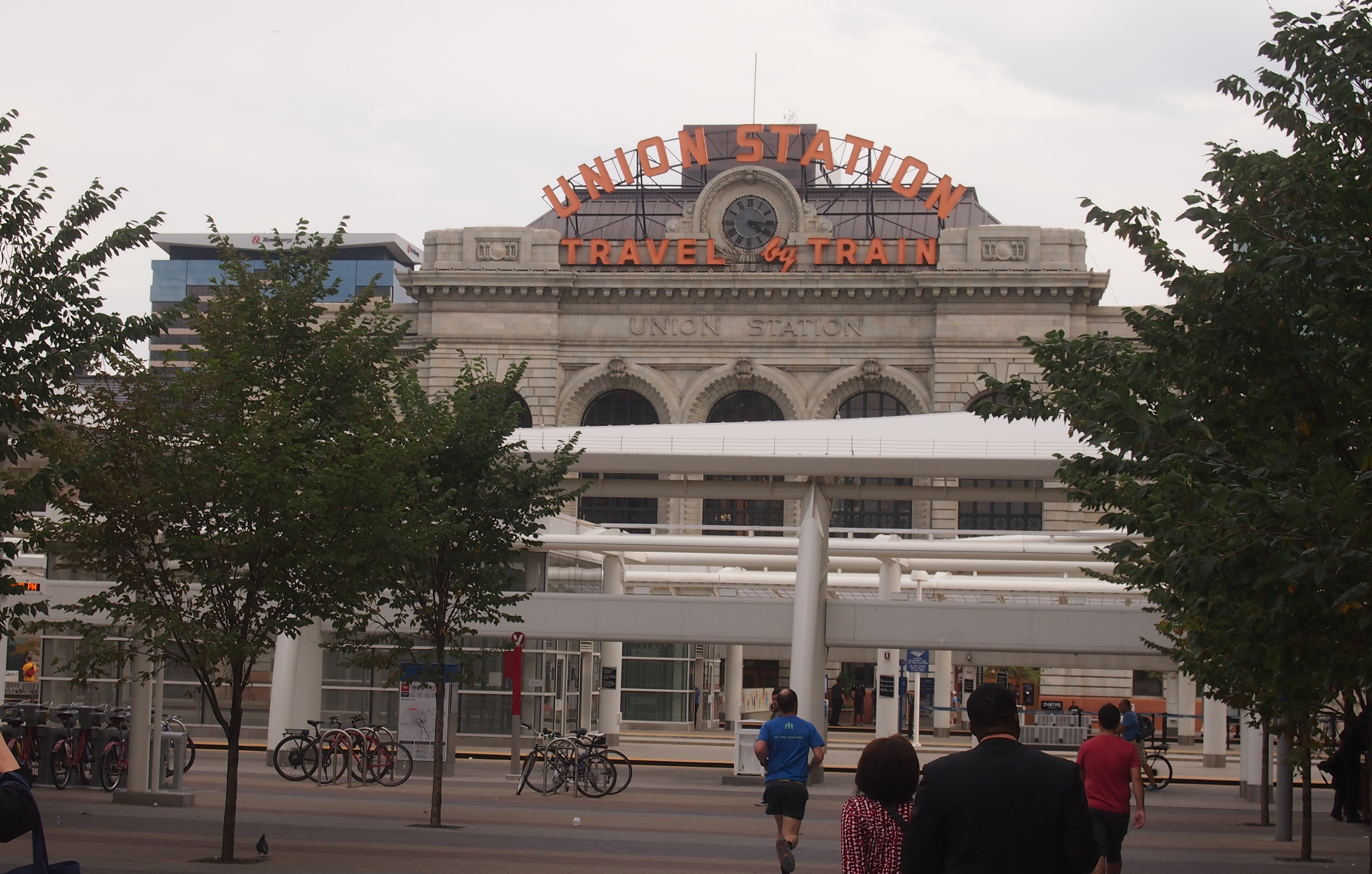
The shed in front (or behind) the main structure is where three RTD light rail lines converge. Directly underground is the bus station. A good idea: less aesthetic buses are underground, better-looking (and cooler) light rail runs at ground level, easy to see. Note also that there are places to lock up bicycles. Multimodal for sure.
From Union Station I wandered through parts of Lower Downtown — known to the real estate industry as LoDo — passing other redevelopment projects.
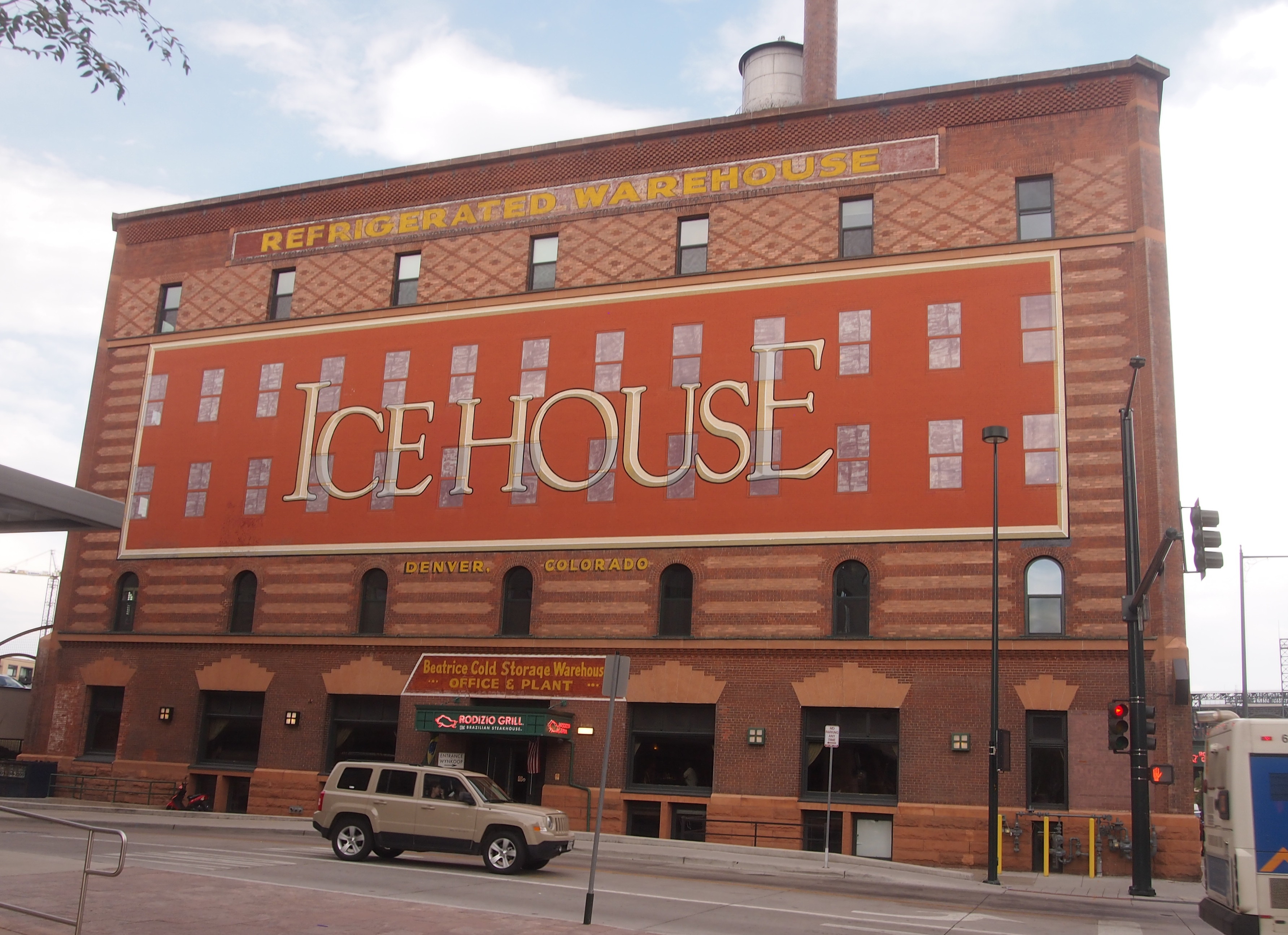
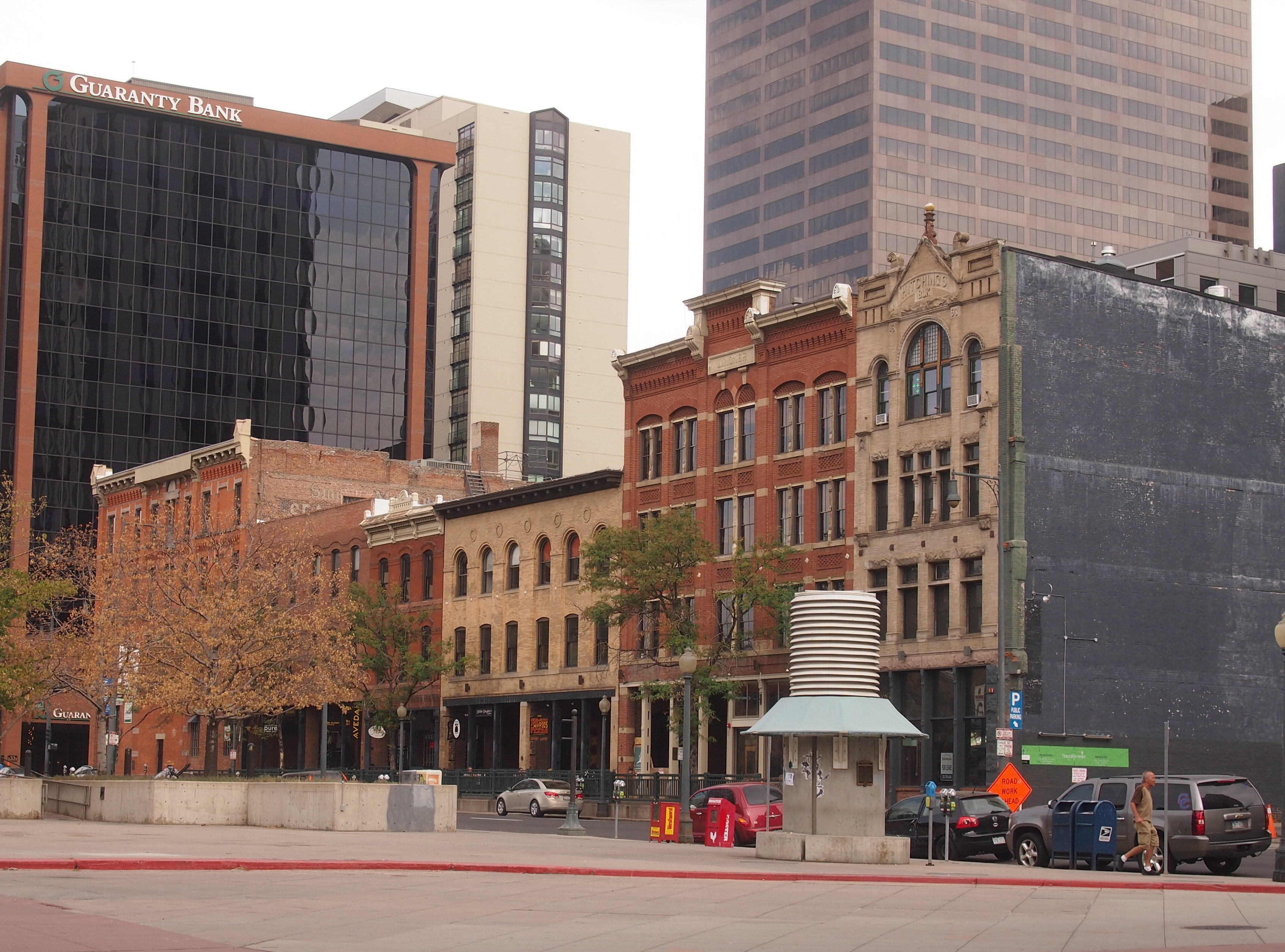 But I didn’t go as far as Coors Field.
But I didn’t go as far as Coors Field.
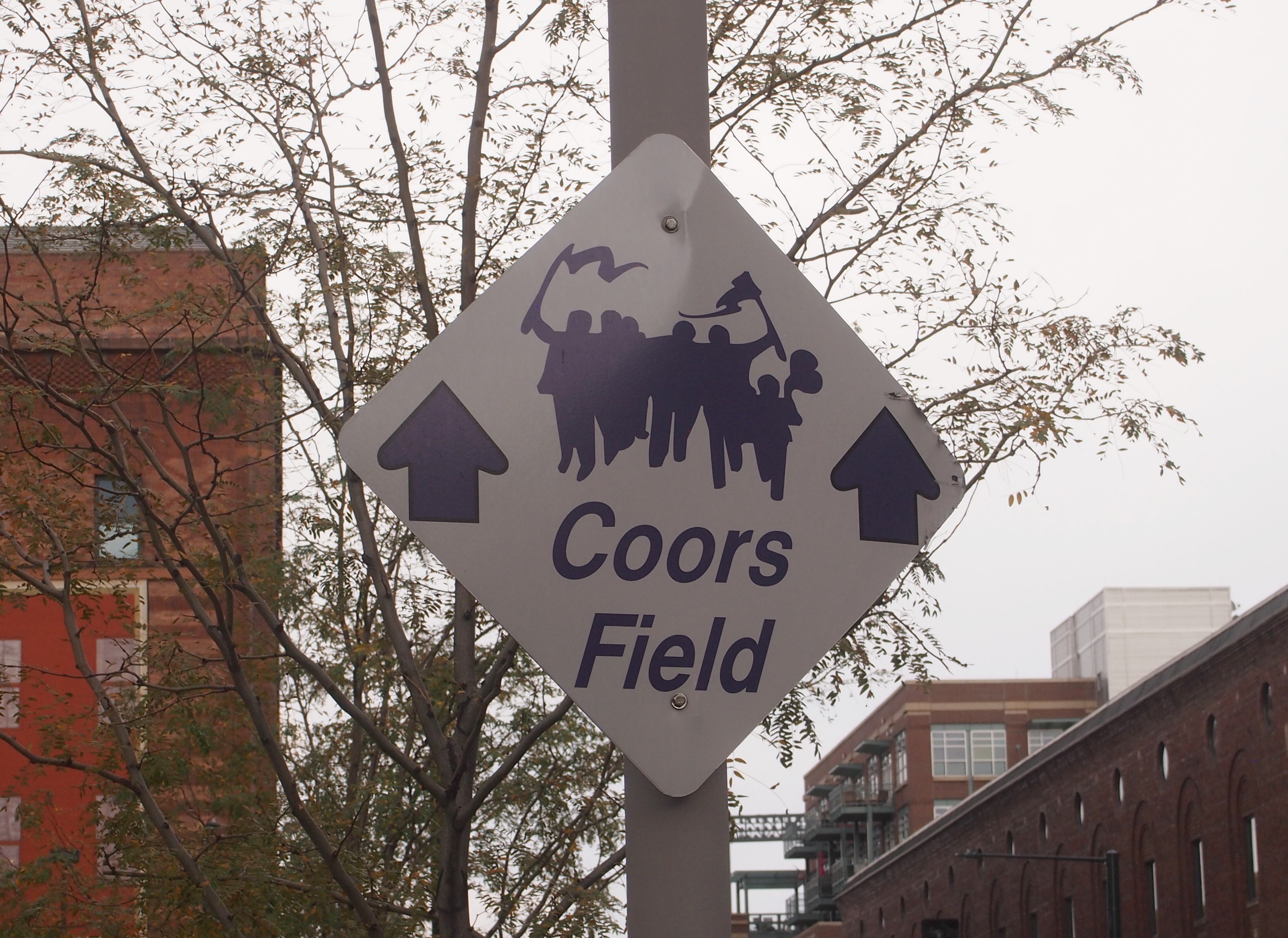 Before long I came to Larimer Square. The heart of the square, the 1400 block of Larimer St., was temporarily blocked off; a gastronomic event was slated for later in the evening, under lights and Colorado flags.
Before long I came to Larimer Square. The heart of the square, the 1400 block of Larimer St., was temporarily blocked off; a gastronomic event was slated for later in the evening, under lights and Colorado flags.

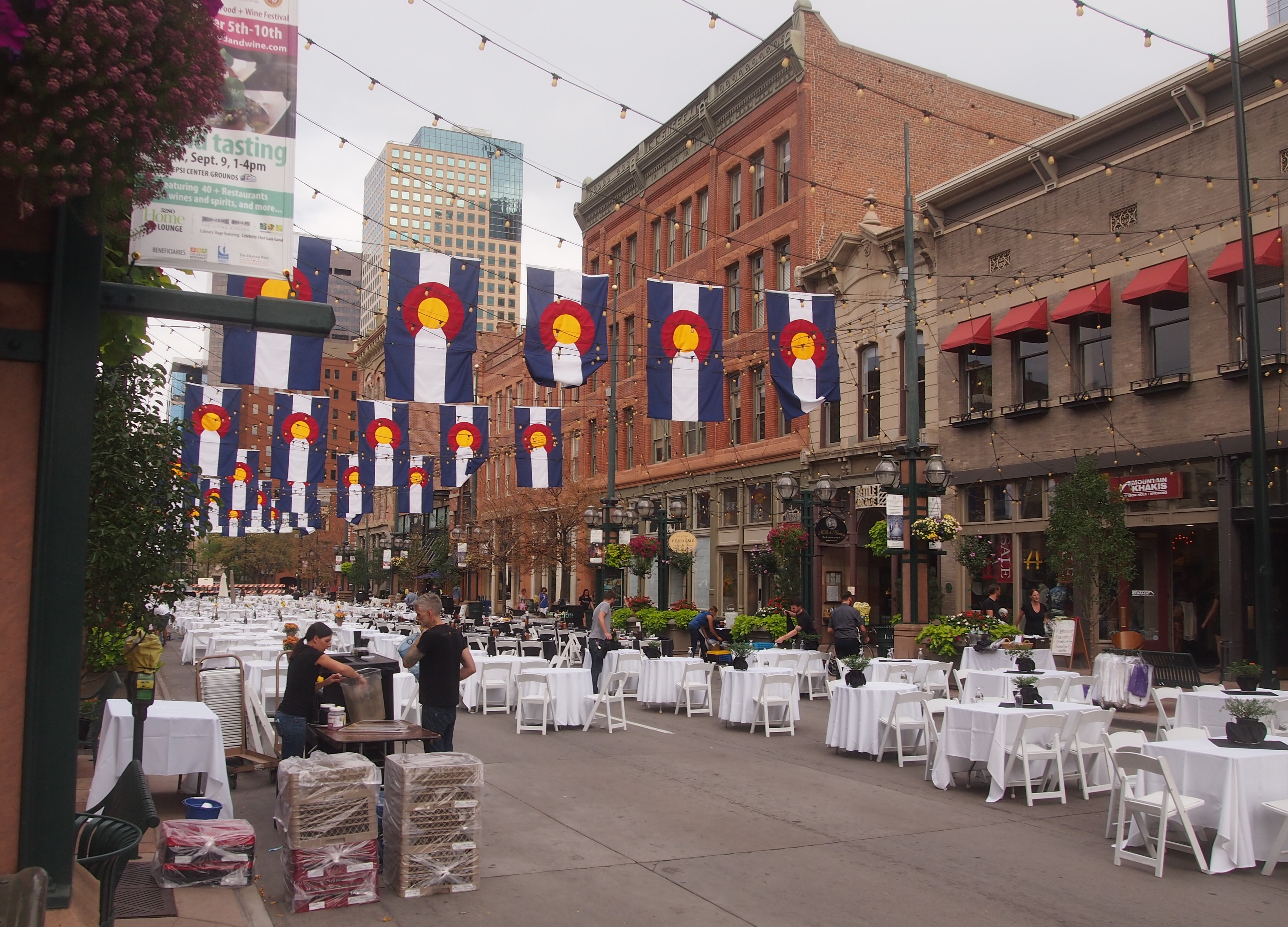 This stretch of Larimer St. is historic as it gets in Denver: the oldest commercial block in the city, laid out by land speculator and Denver City founder William Larimer Jr. in the late 1850s. He was also instrumental in establishing the Colorado Territory (until 1861, Denver City and environs were in the western part of the Kansas Territory).
This stretch of Larimer St. is historic as it gets in Denver: the oldest commercial block in the city, laid out by land speculator and Denver City founder William Larimer Jr. in the late 1850s. He was also instrumental in establishing the Colorado Territory (until 1861, Denver City and environs were in the western part of the Kansas Territory).
For much of the 20th century, the neighborhood was a skid row, and by the mid-60s, that rapacious destroyer of interesting historic neighborhoods, Urban Renewal, threatened to raze the area. Fortunately the efforts of citizens, especially Dana Crawford, saved the block — and a lot more of old Denver. Crowford’s still at work.
In The Past and Future City: How Historic Preservation is Reviving America’s Communities (2016), Stephanie Meeks and Kevin C. Murphy write:
“True to the time, the original proposal to turn Larimer Square and its environs around, as conceived by the Denver Urban Renewal Authority, was a massive 117-acre project called Skyline that threatened to raze thirty blocks of the historic downtown. Dana Crawford had another vision for Larimer Square.
” ‘Downtown Denver was pretty much intact from its Victorian boom days and it reminded me a lot of Boston,’ said Crawford. So, even as Jane Jacobs was going toe-to-toe with Robert Moses for the future of Lower Manhattan, Crawford… with her friends and neighbors, began buying older buildings in the blighted area, often for little more than the price of the land they sat on.”
Much more effort followed, but that was the beginning of modern Larimer Square — a superb example of adaptive reuse of historic buildings, ongoing for five decades now, and currently owned by Larimer Associates, who carries on the revitalization.
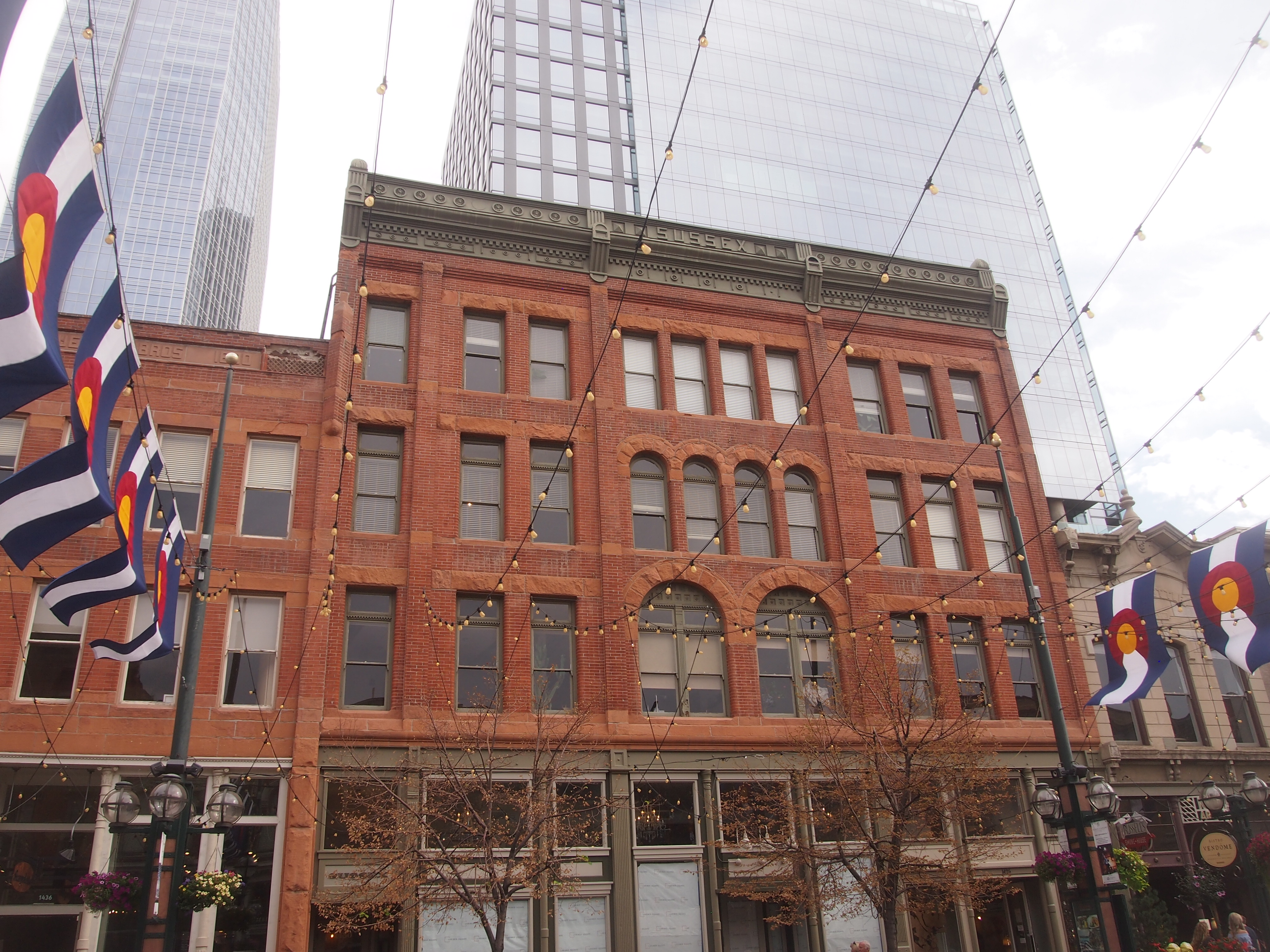
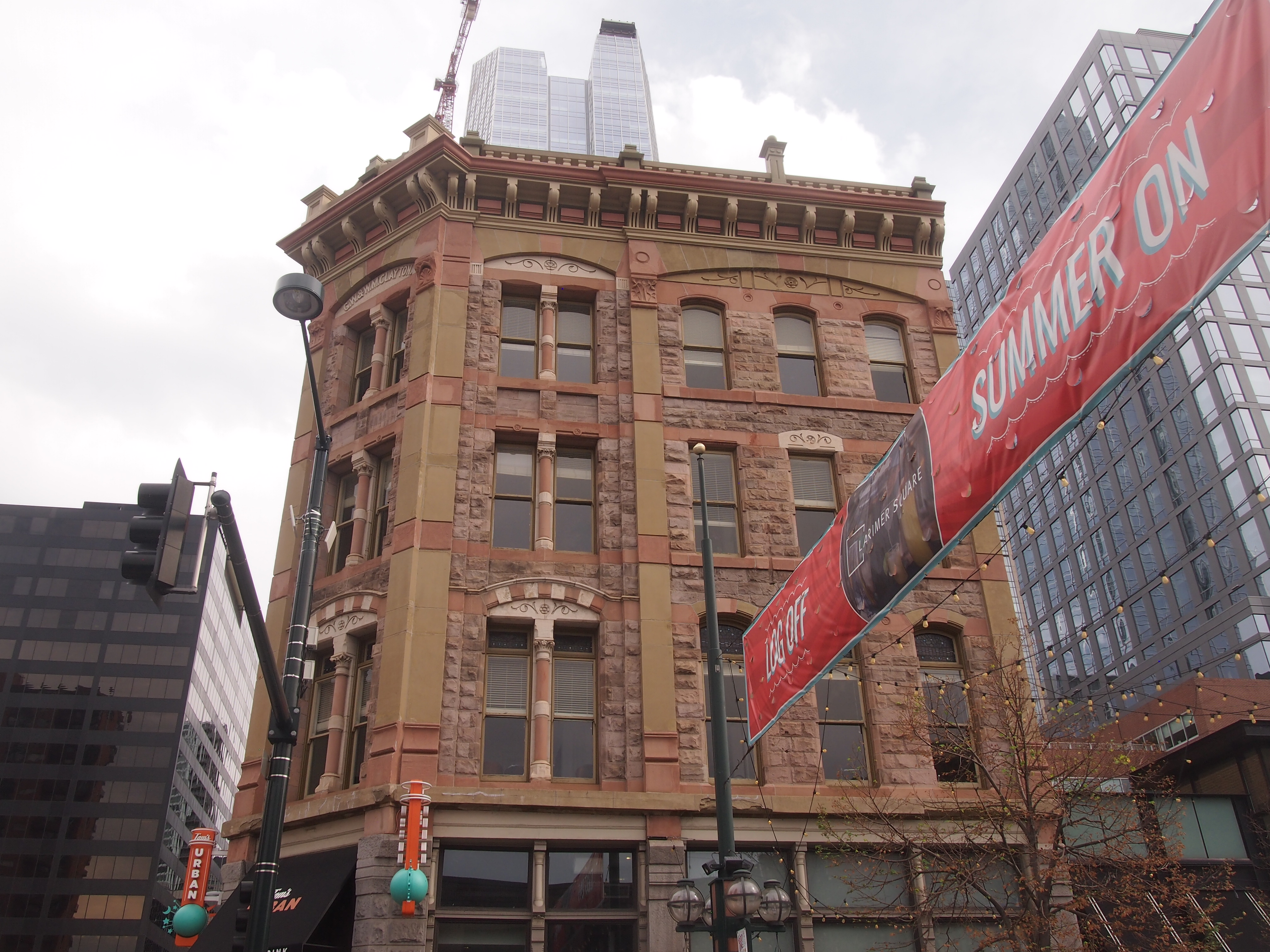
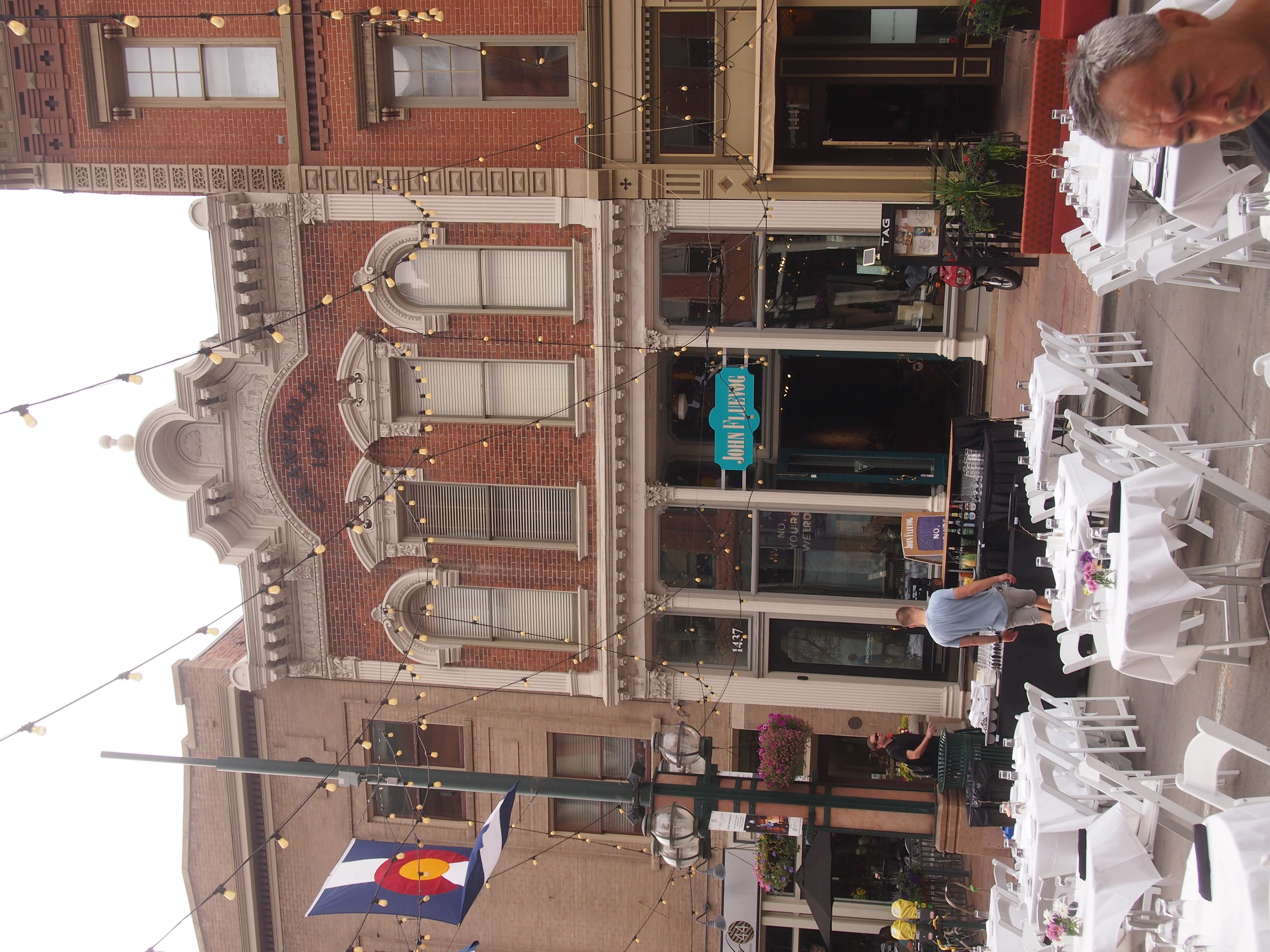 I enjoyed just walking around, looking at the buildings. The fact that the street was about to be given over to an event added to the sensation.
I enjoyed just walking around, looking at the buildings. The fact that the street was about to be given over to an event added to the sensation.
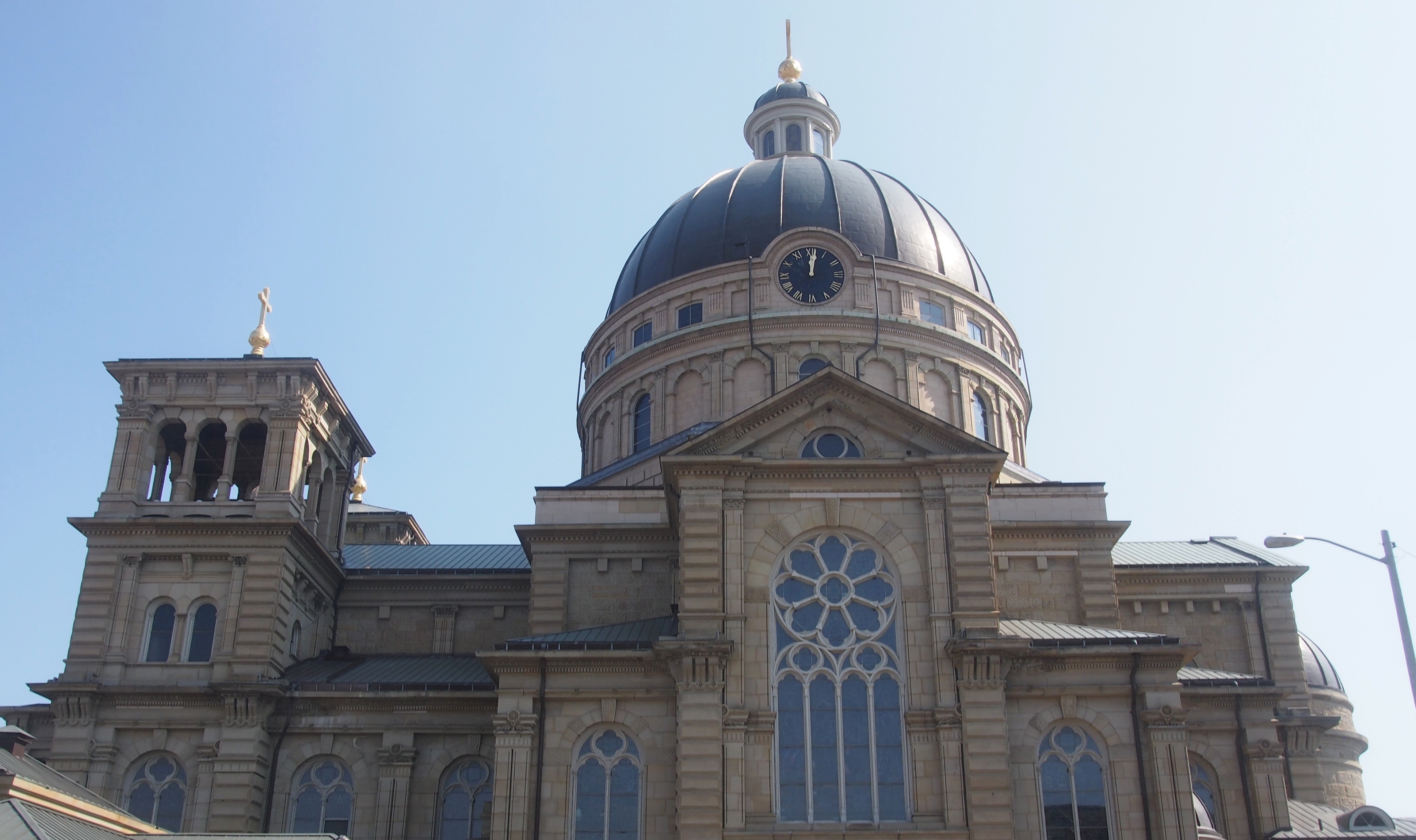
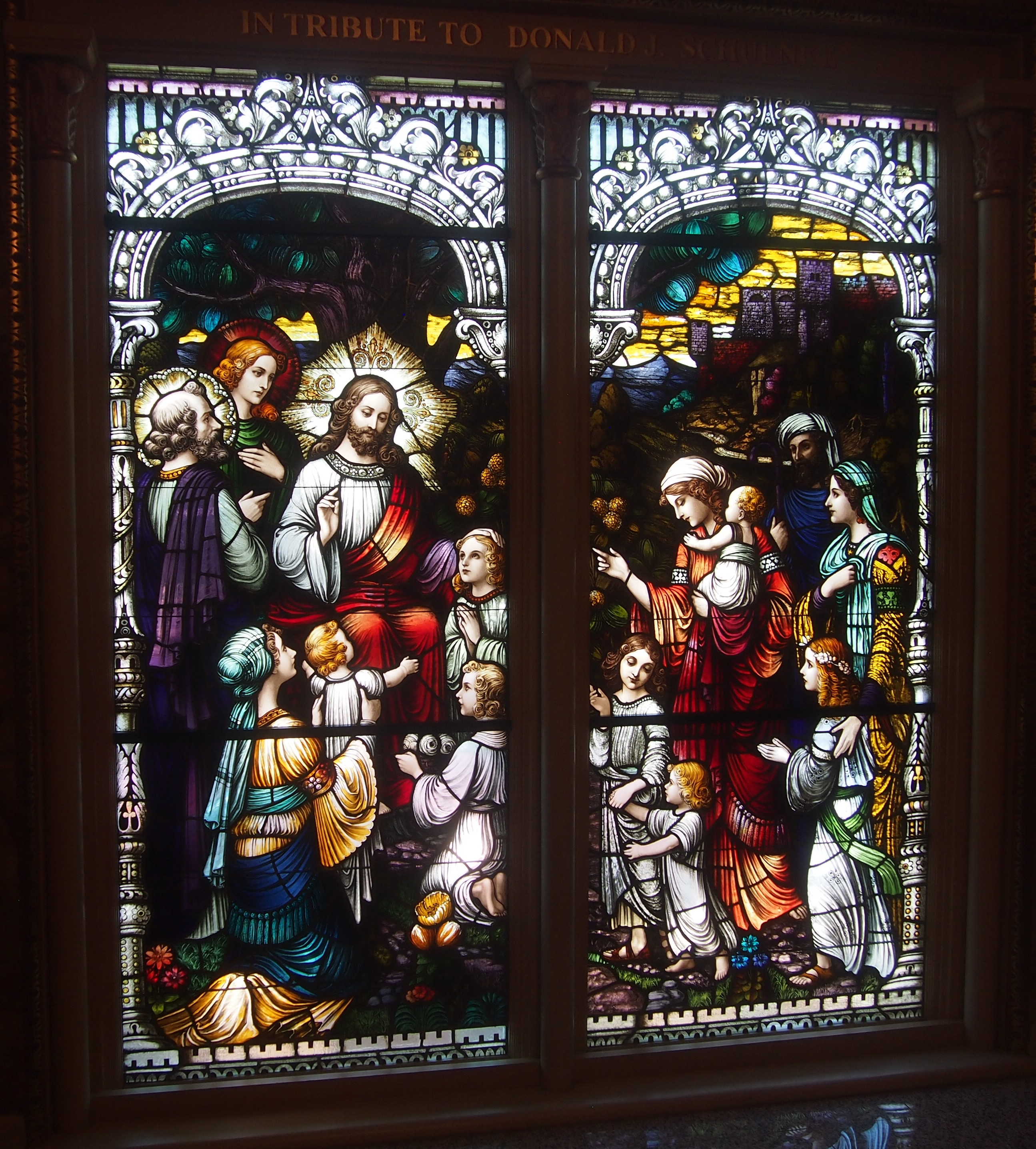 Downstairs is the relic room. A big stash of them in many reliquaries. The room looks open, but I put my camera between iron bars to capture the image.
Downstairs is the relic room. A big stash of them in many reliquaries. The room looks open, but I put my camera between iron bars to capture the image.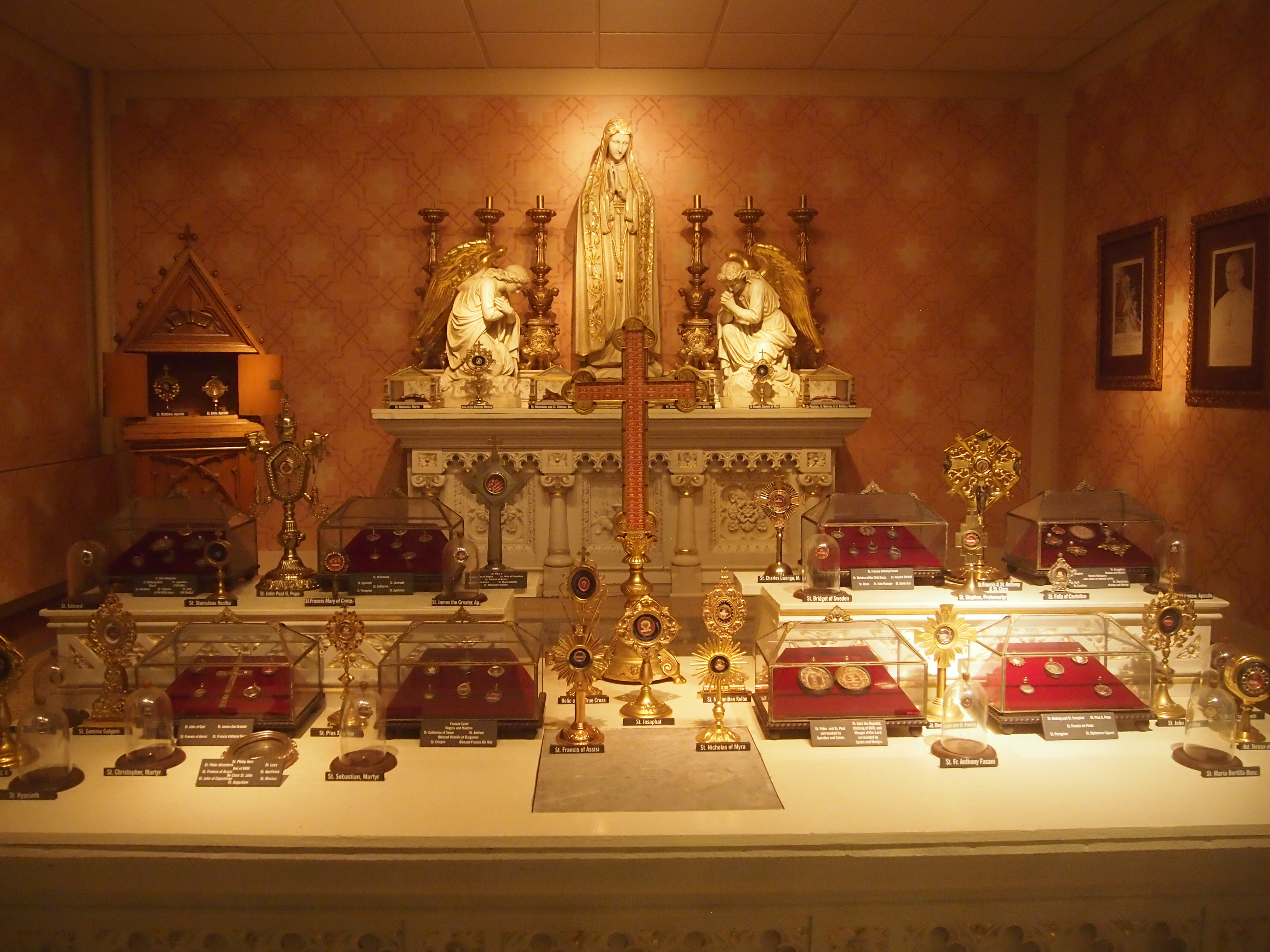 There’s one from St. Josaphat, which seems appropriate, as well as St. Francis of Assisi, St. Nicholas of Myra, St. Sebastian, St. Maximilian Kolbe, St. Stanislaus Kostka, St. Bridget of Sweden, St. Pius X, and St. John Paul II, among others.
There’s one from St. Josaphat, which seems appropriate, as well as St. Francis of Assisi, St. Nicholas of Myra, St. Sebastian, St. Maximilian Kolbe, St. Stanislaus Kostka, St. Bridget of Sweden, St. Pius X, and St. John Paul II, among others.